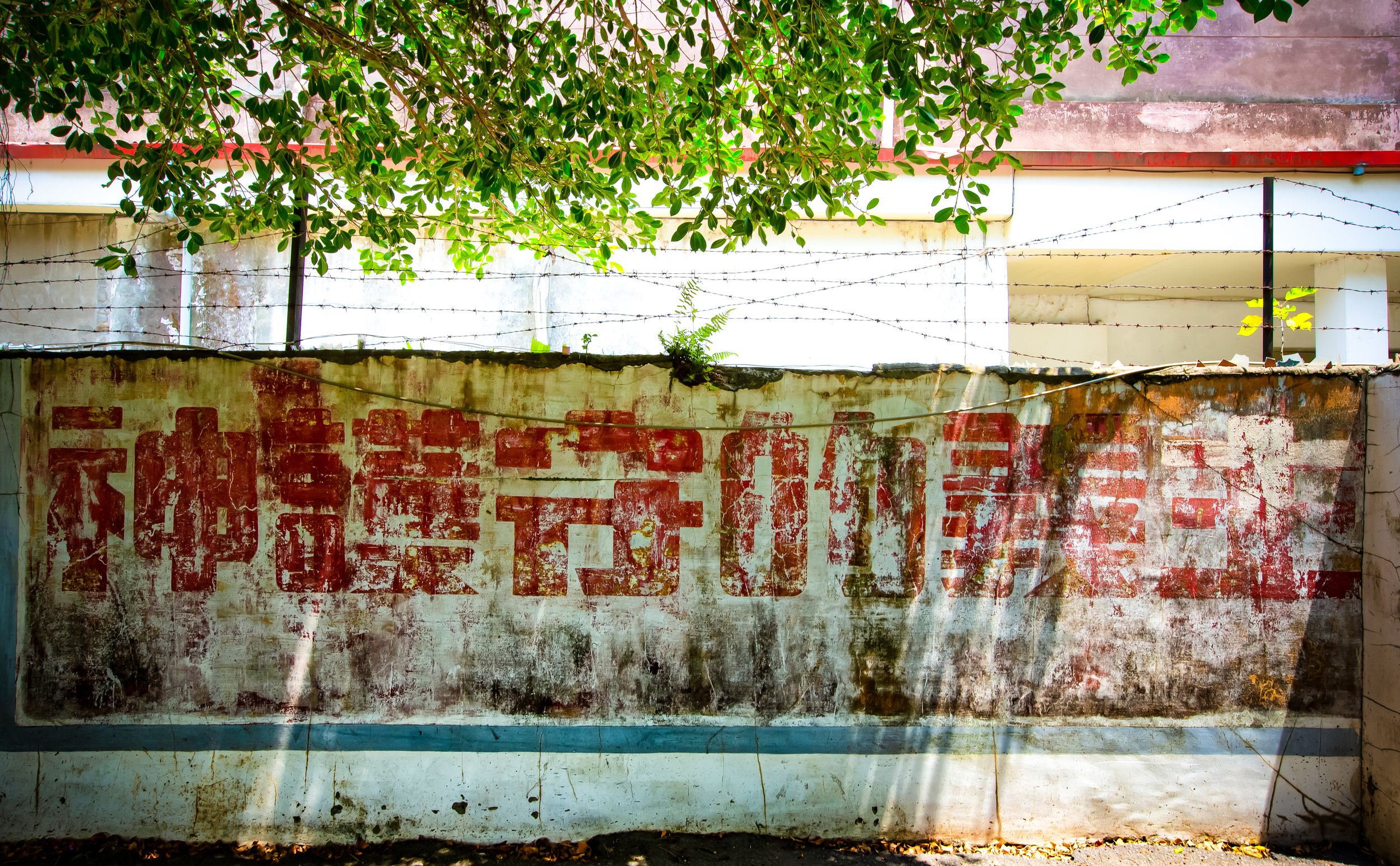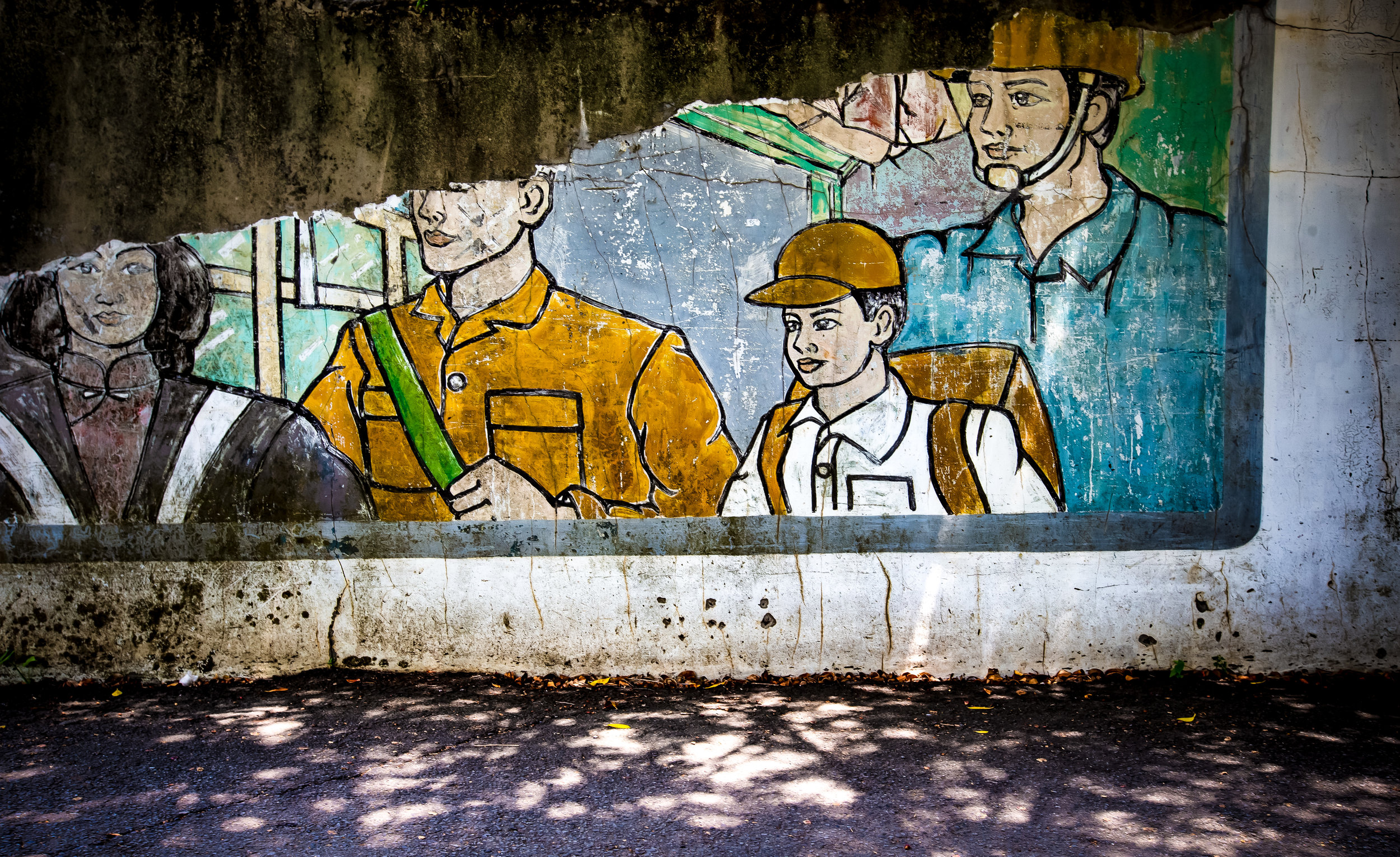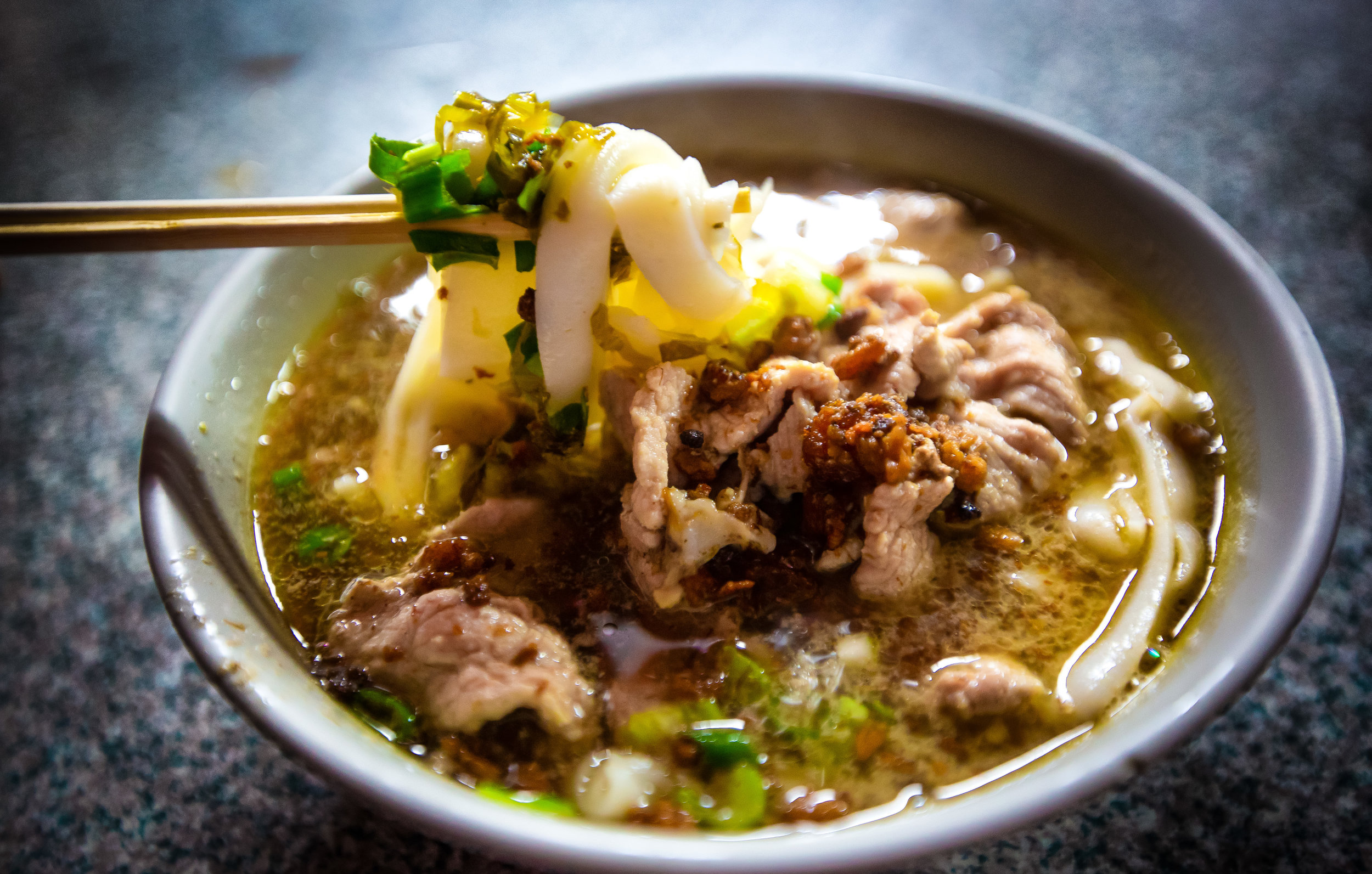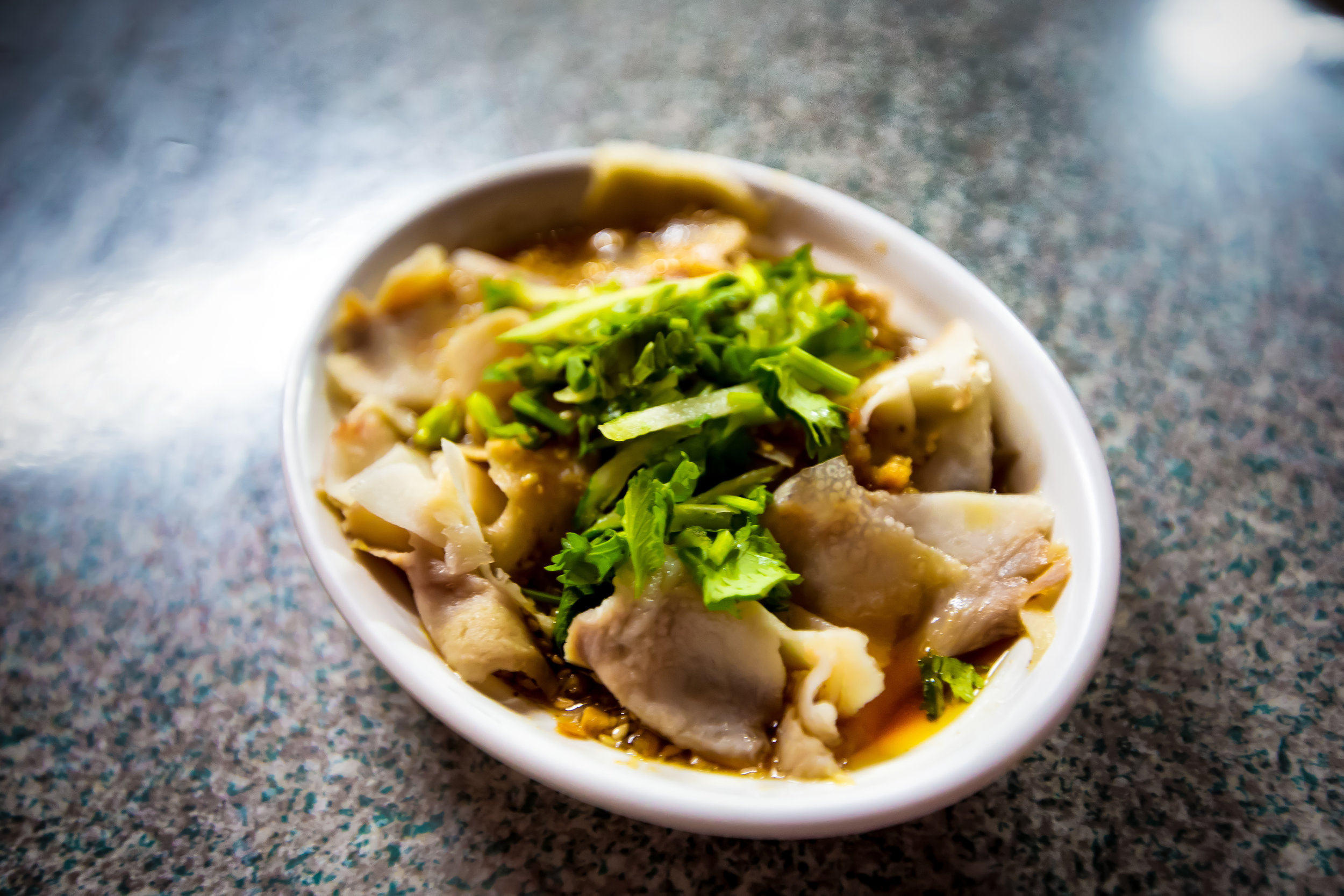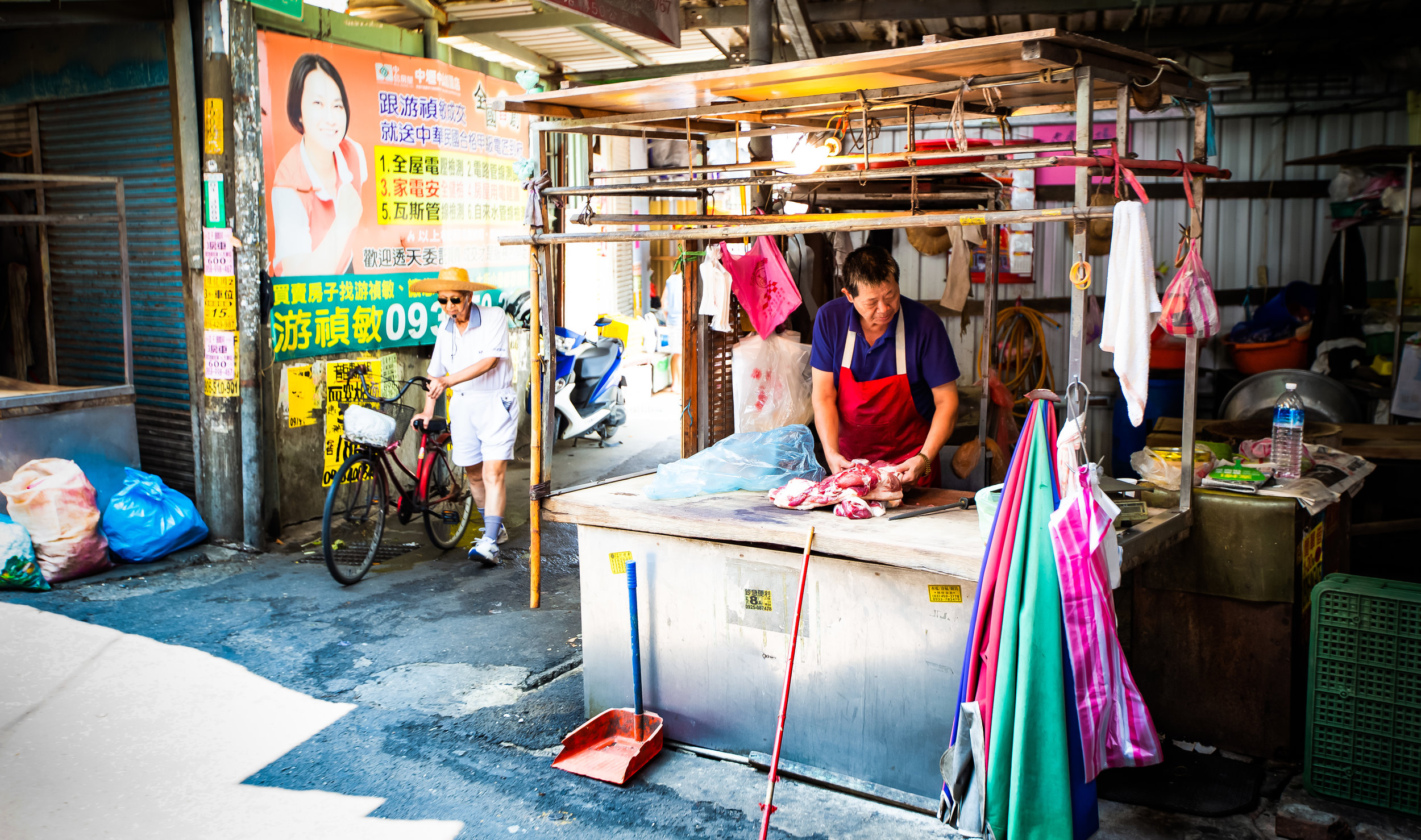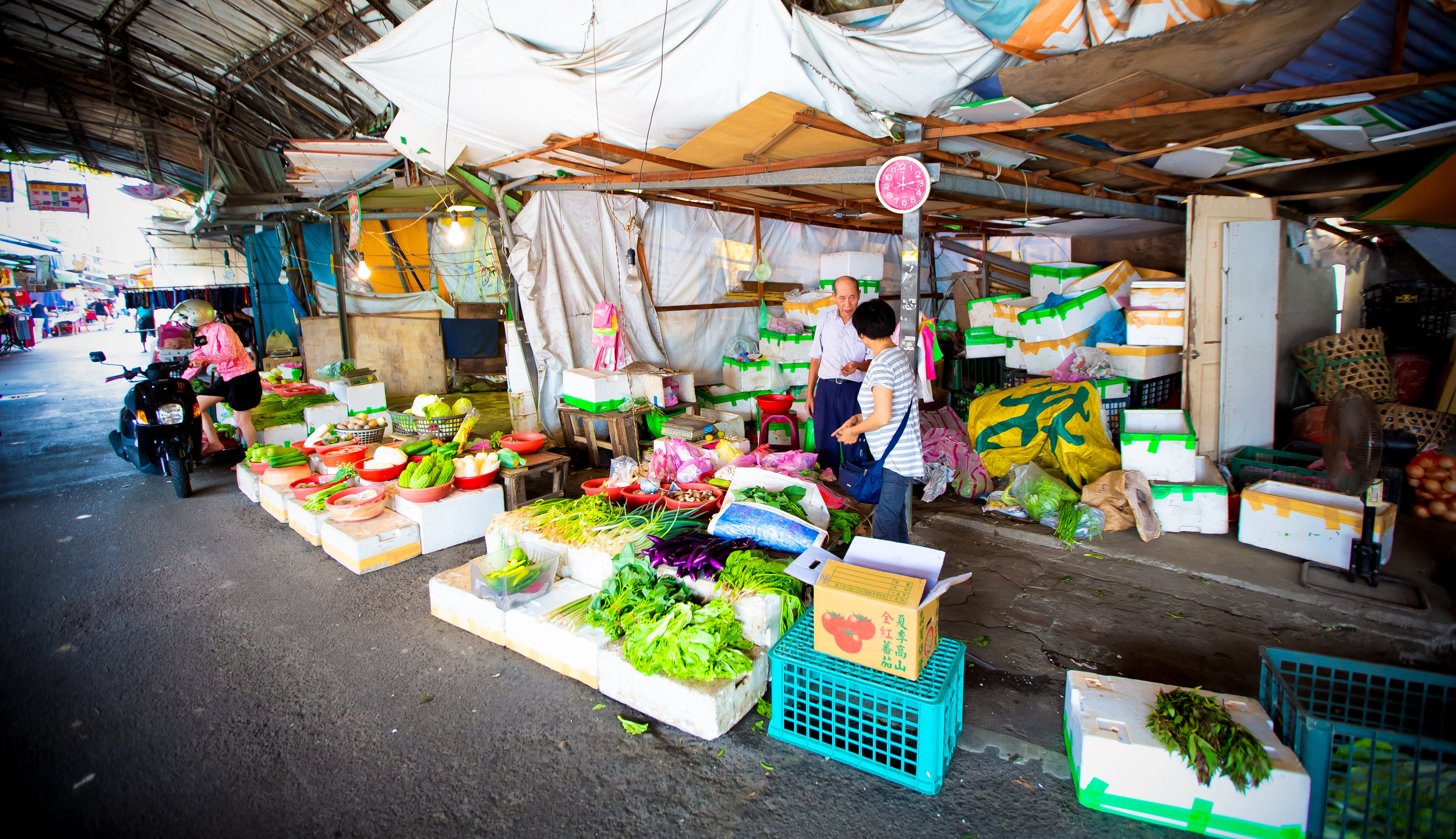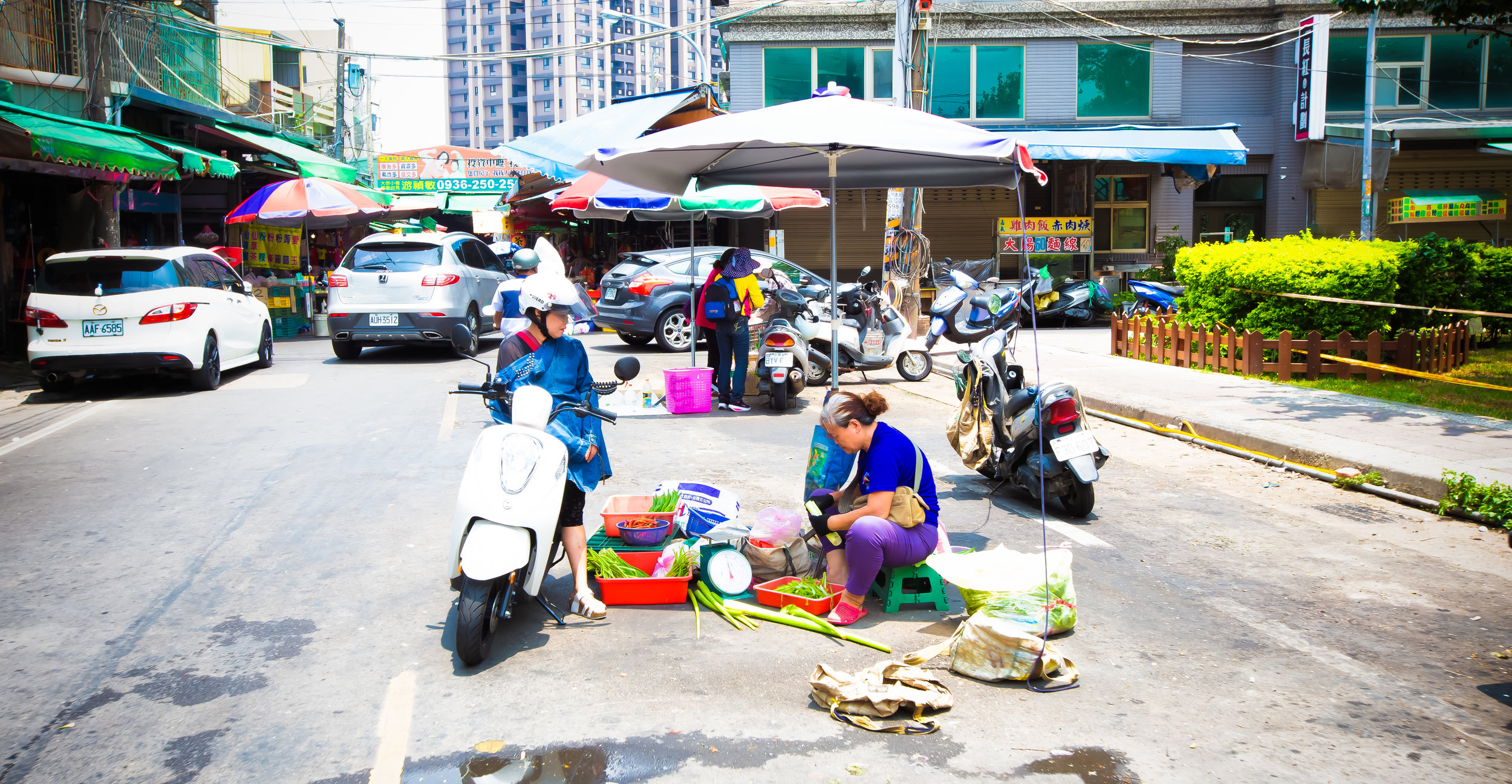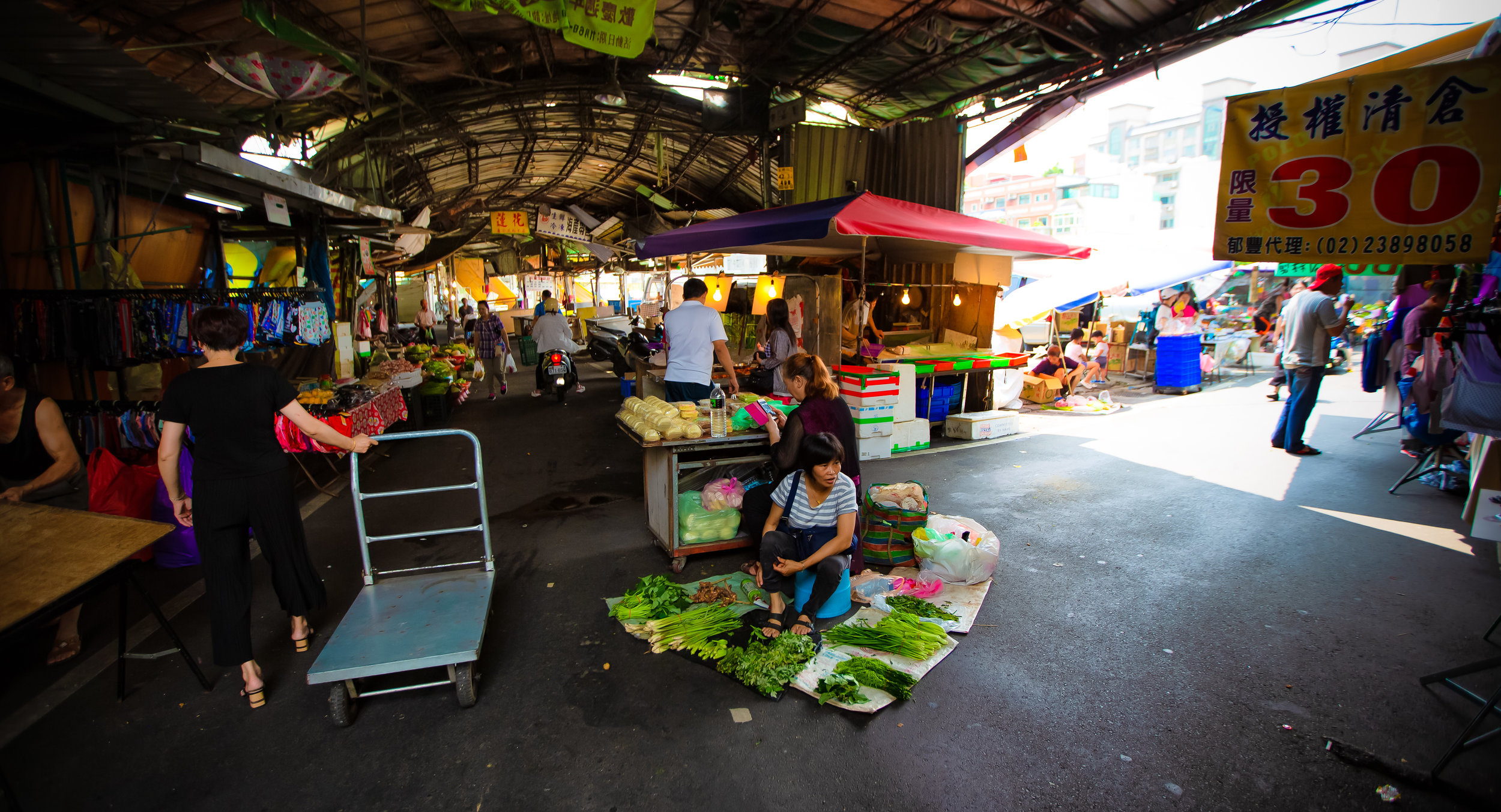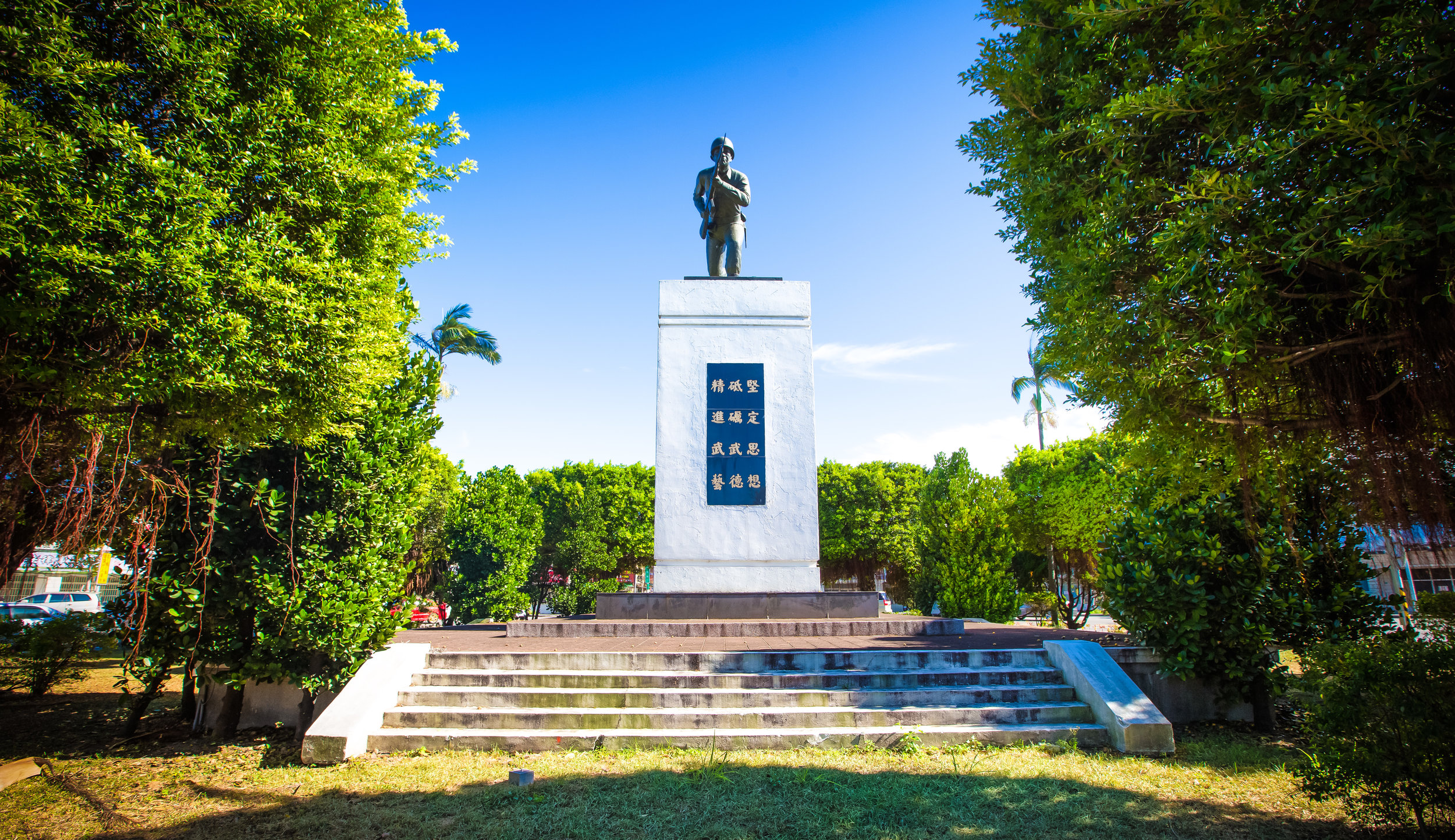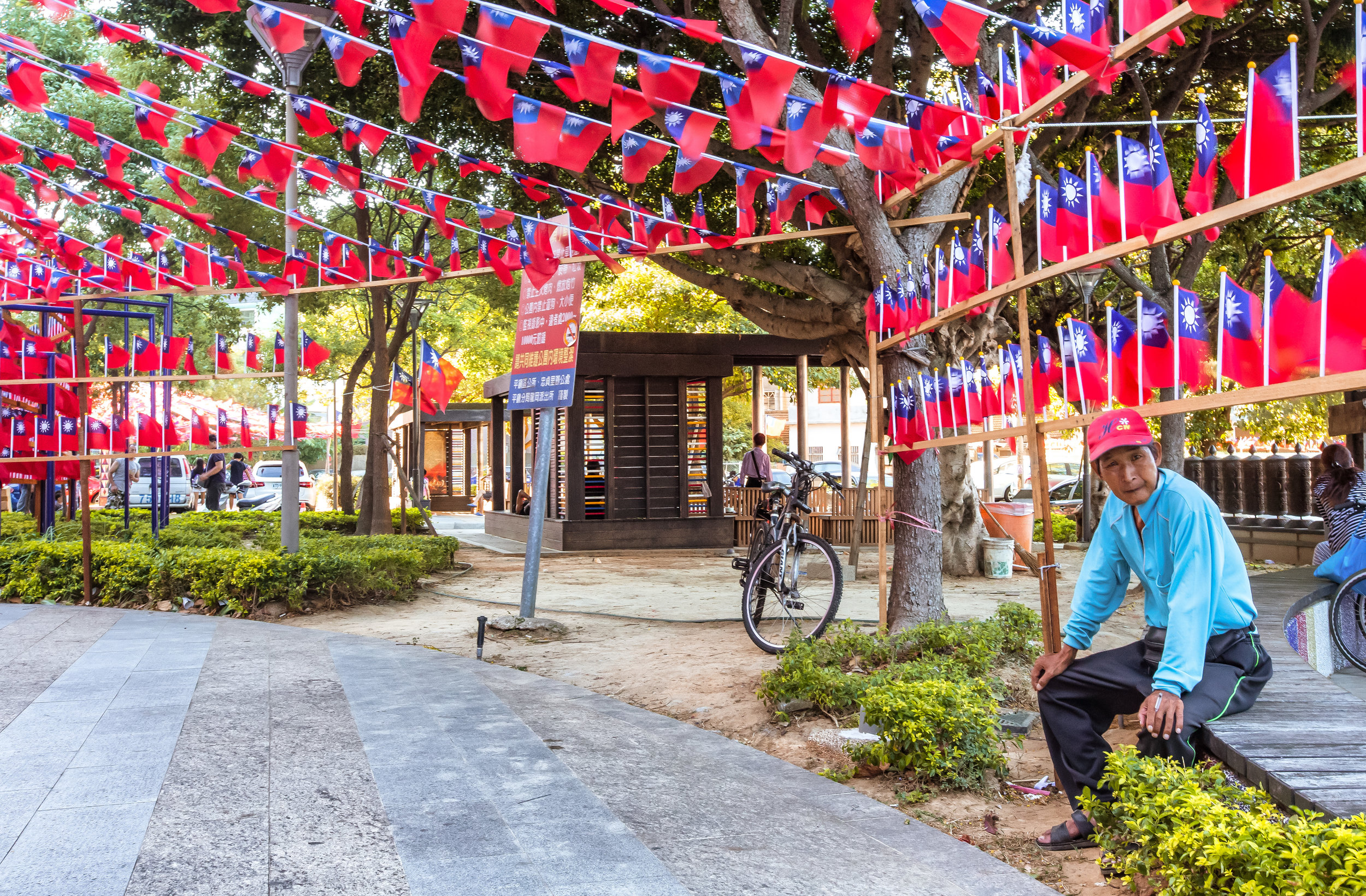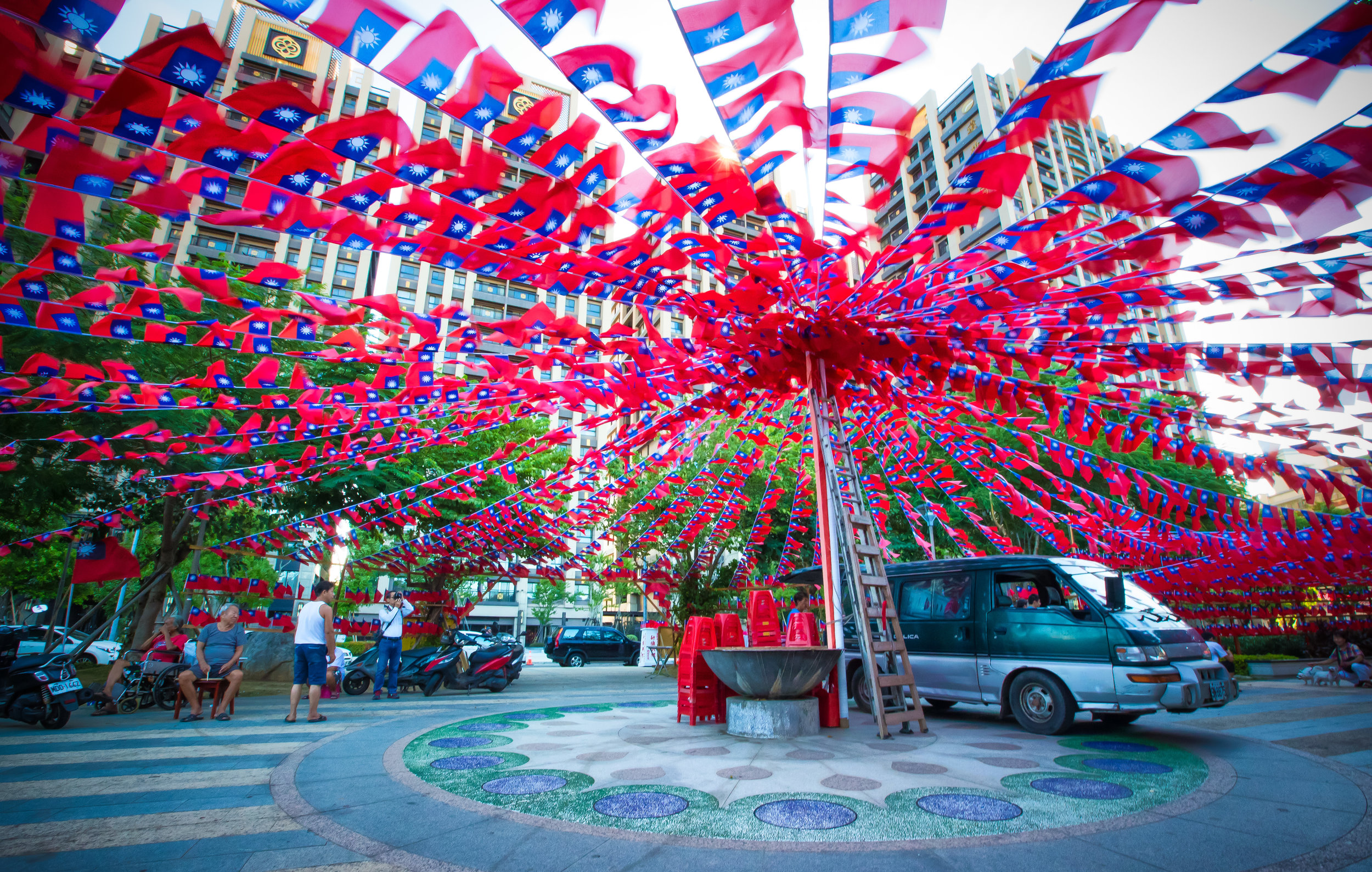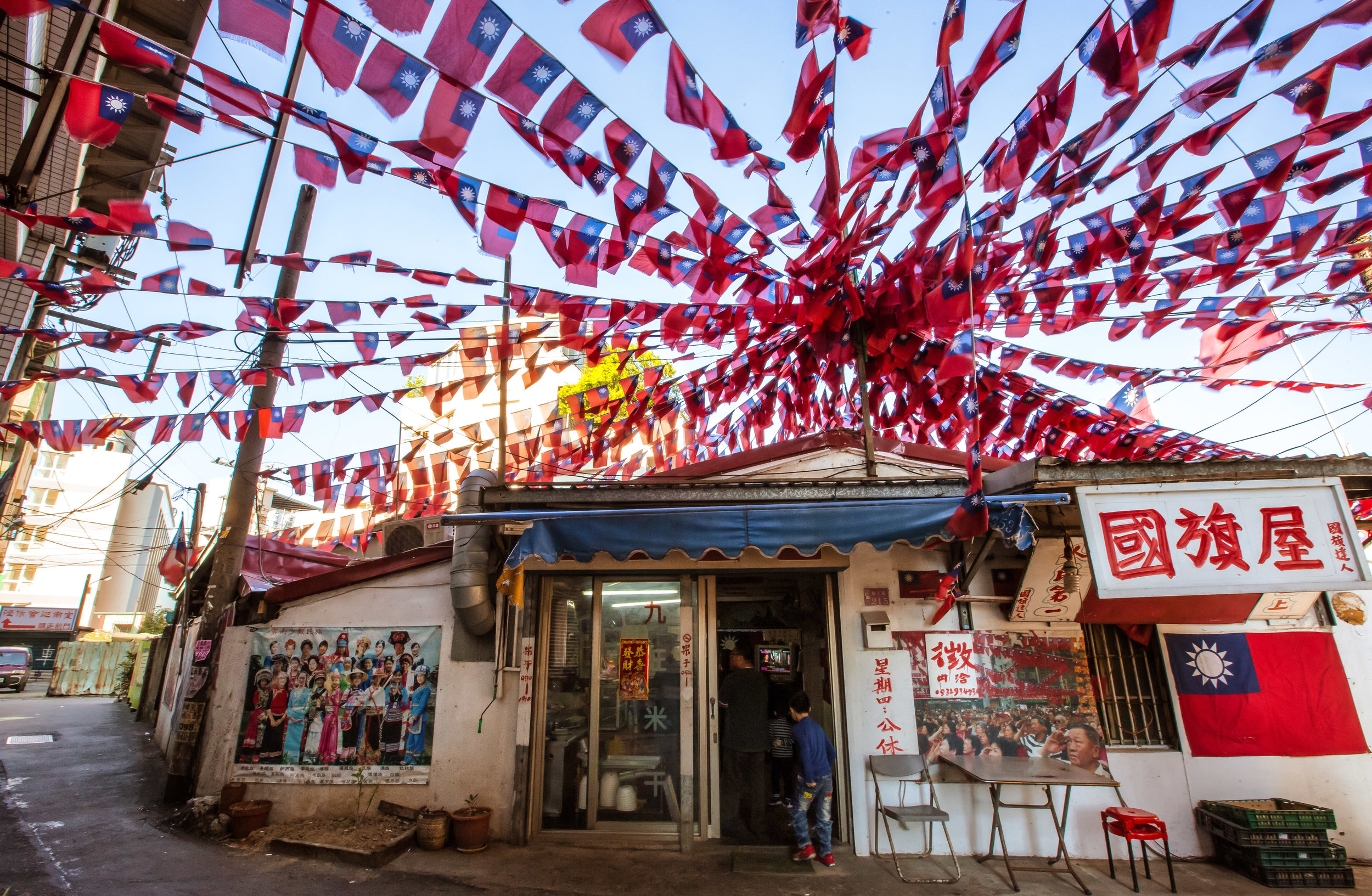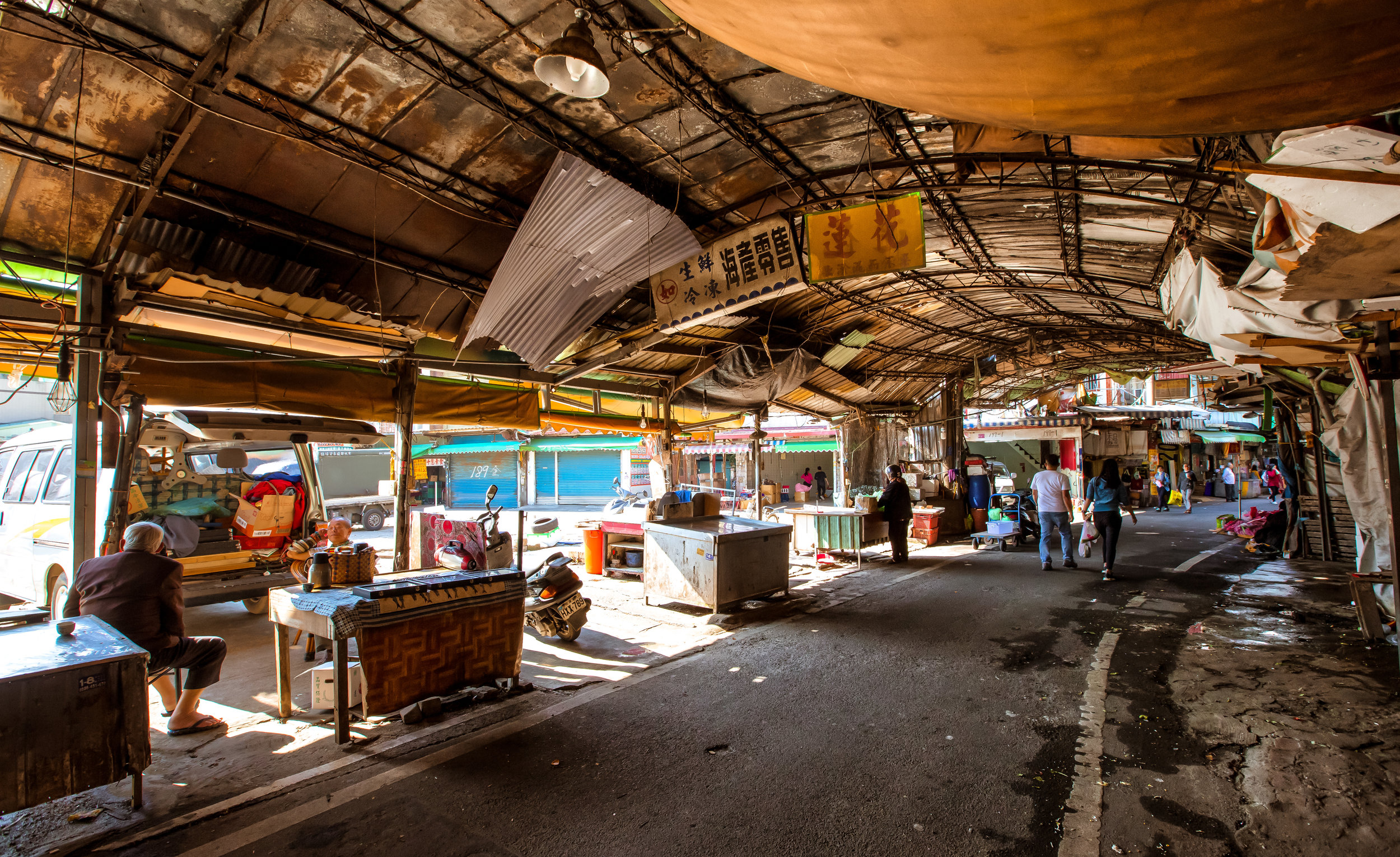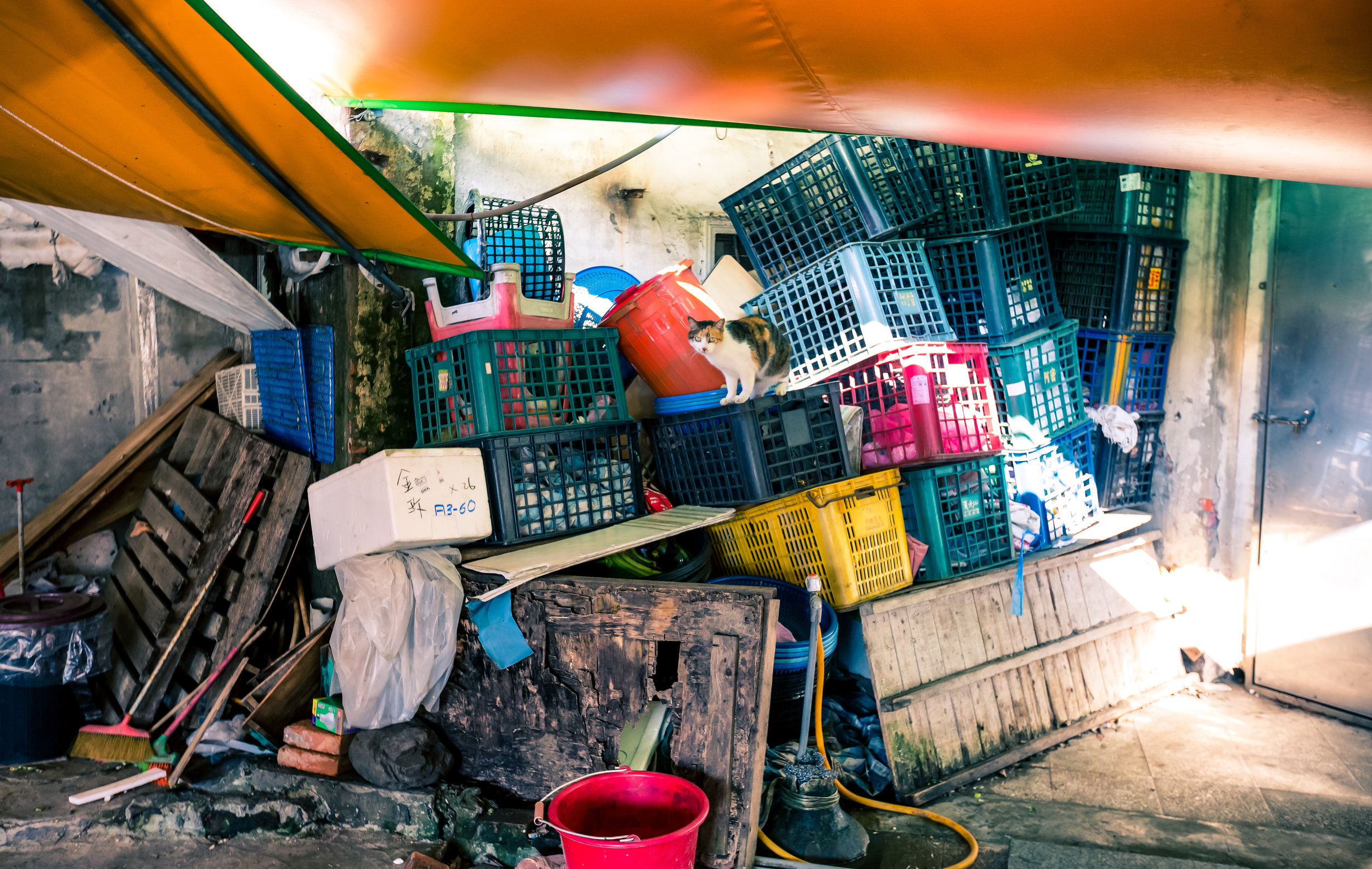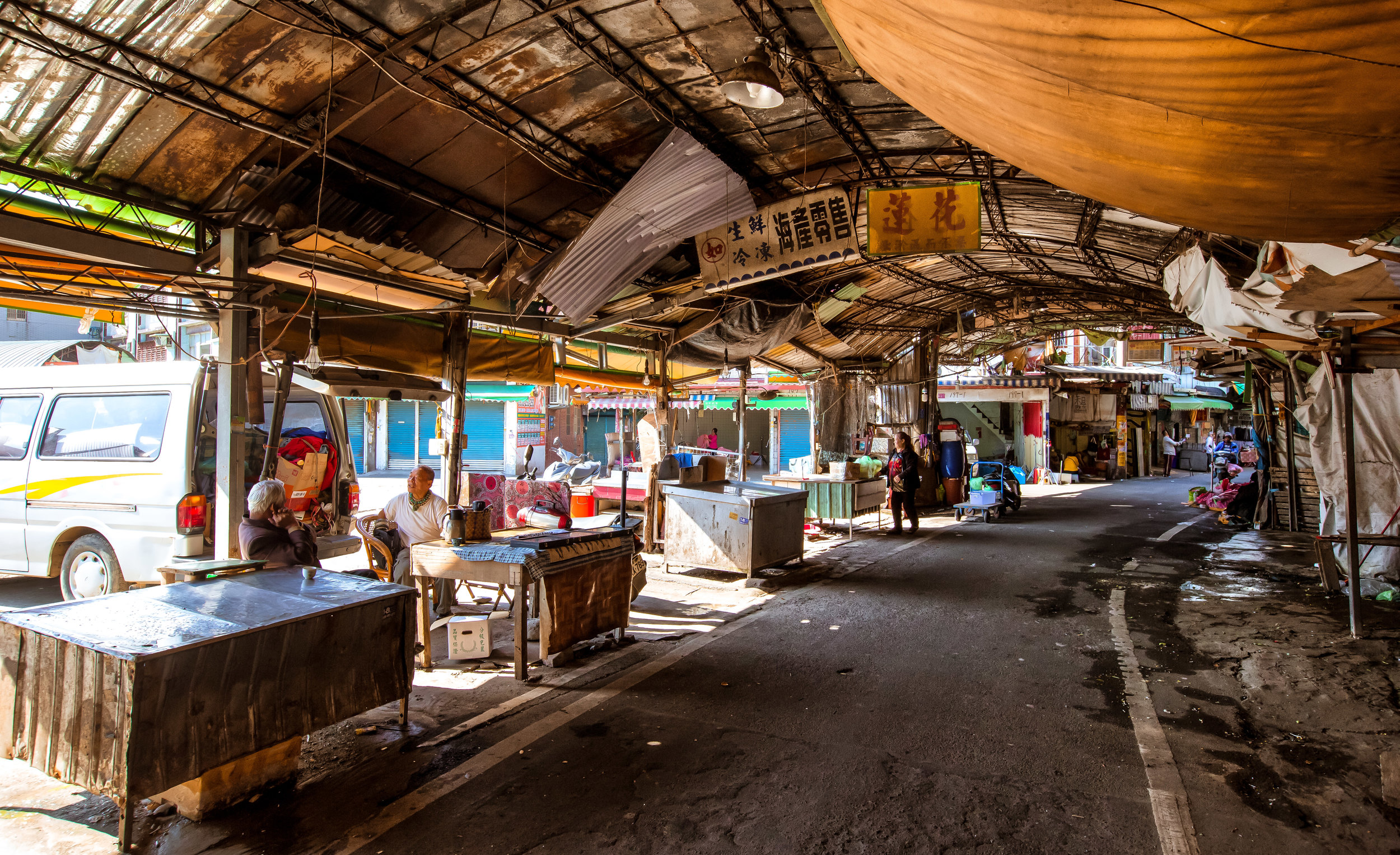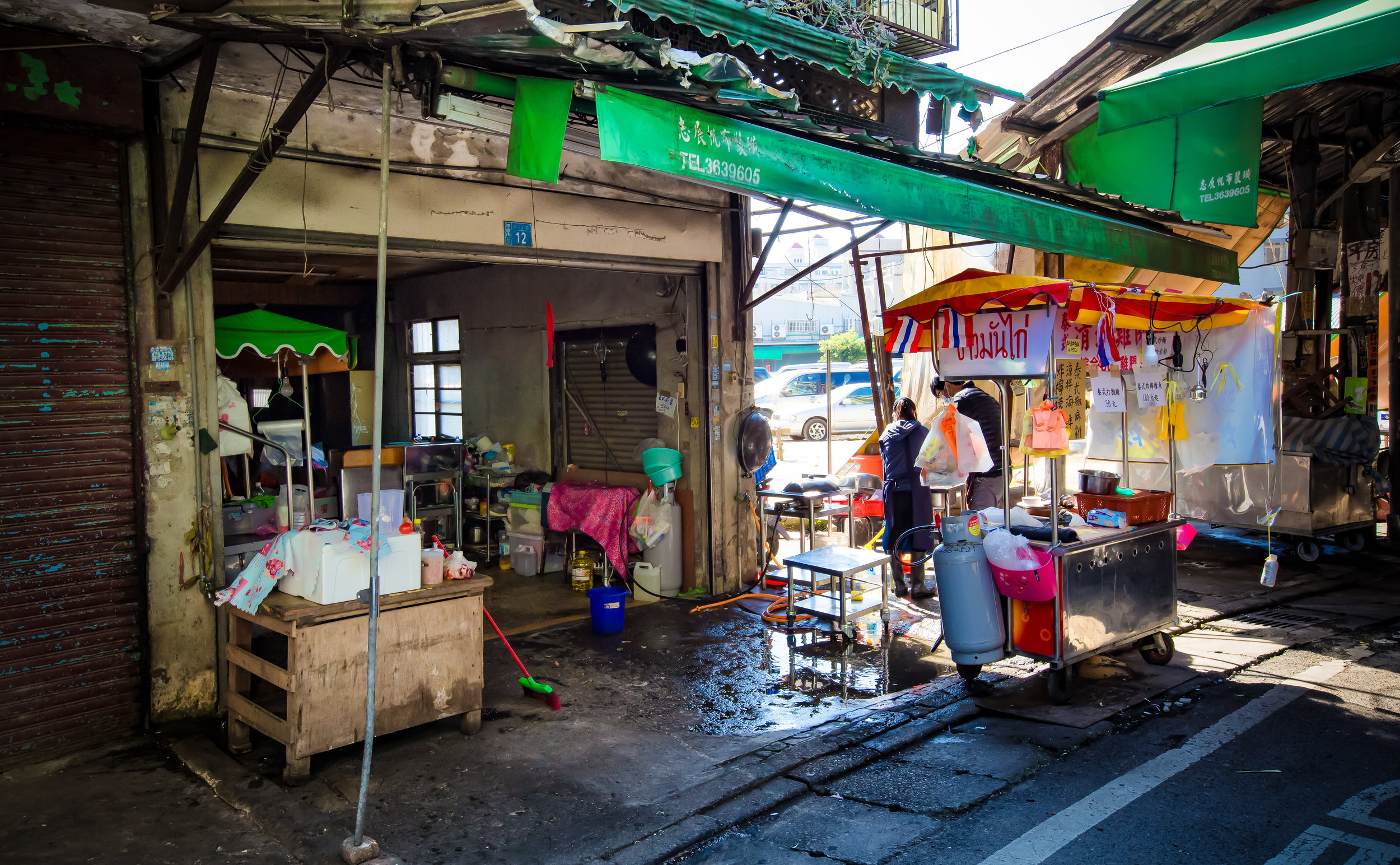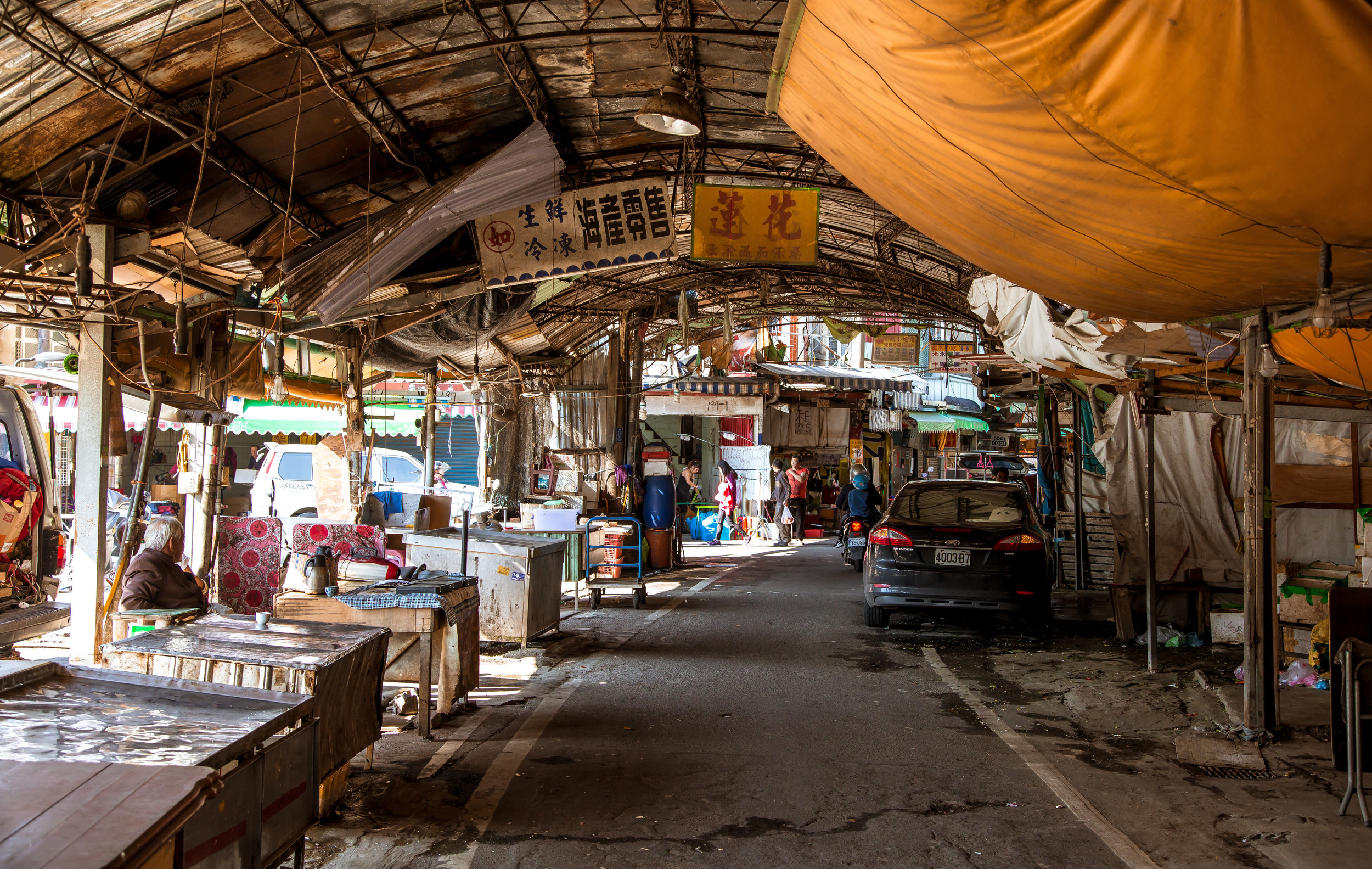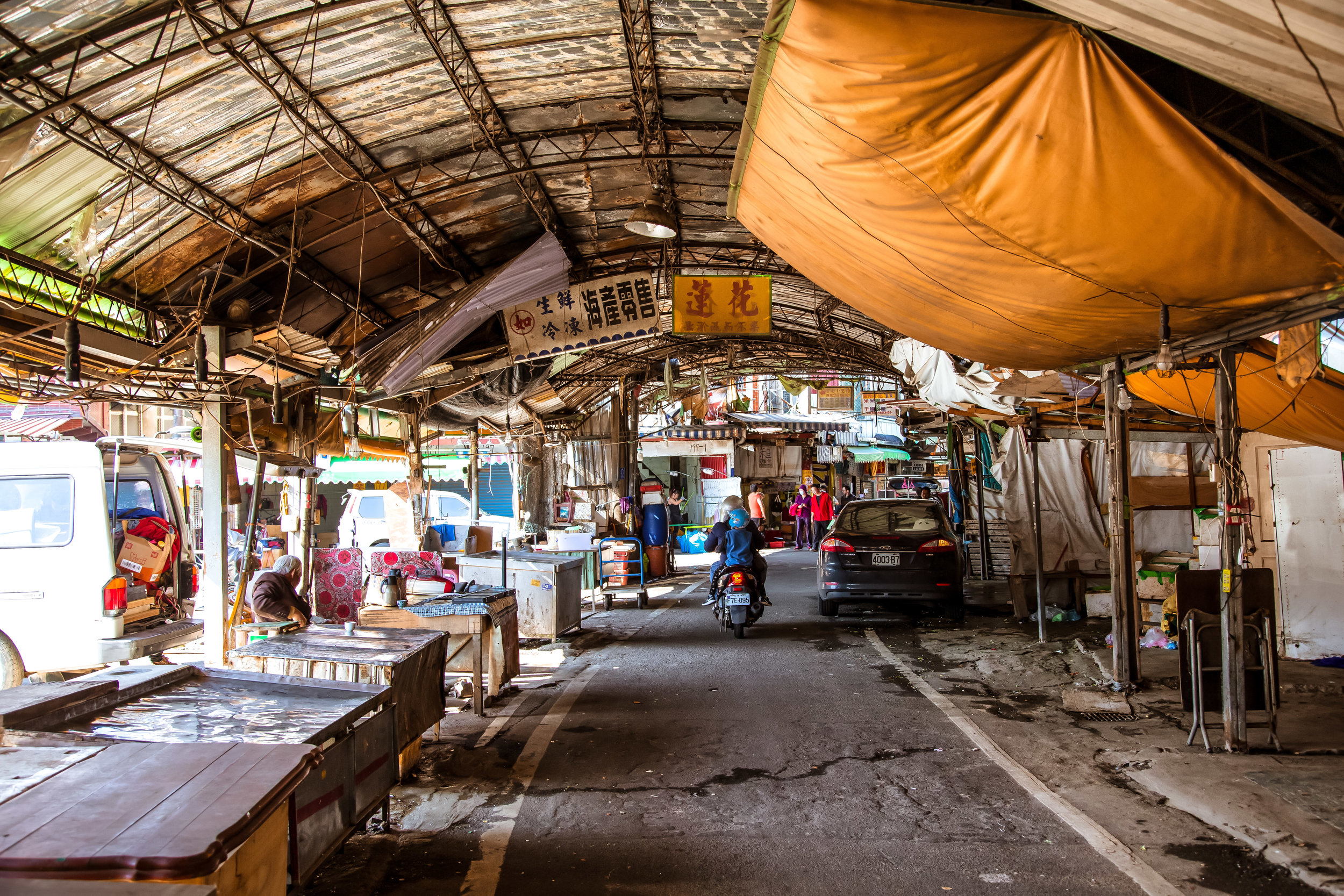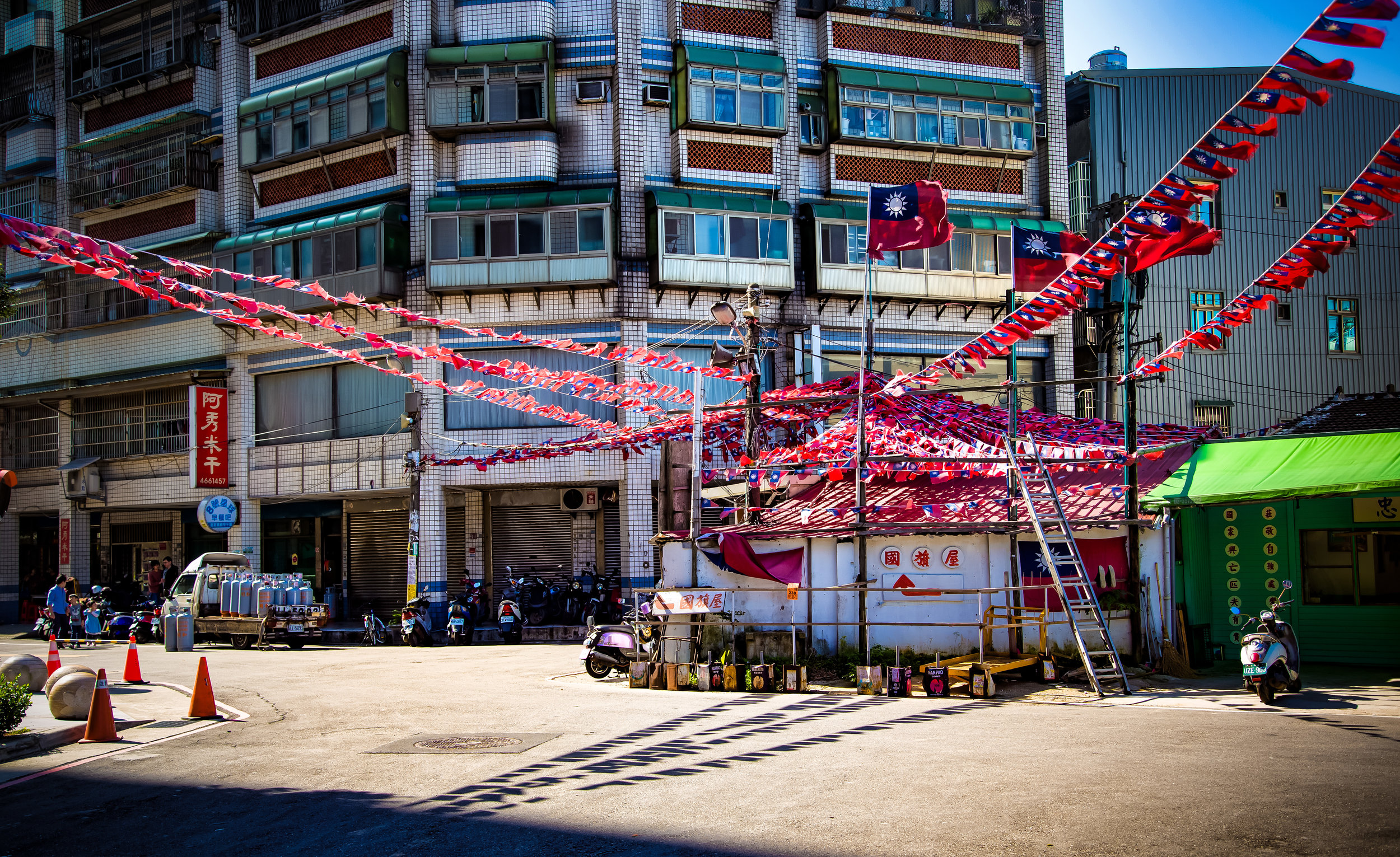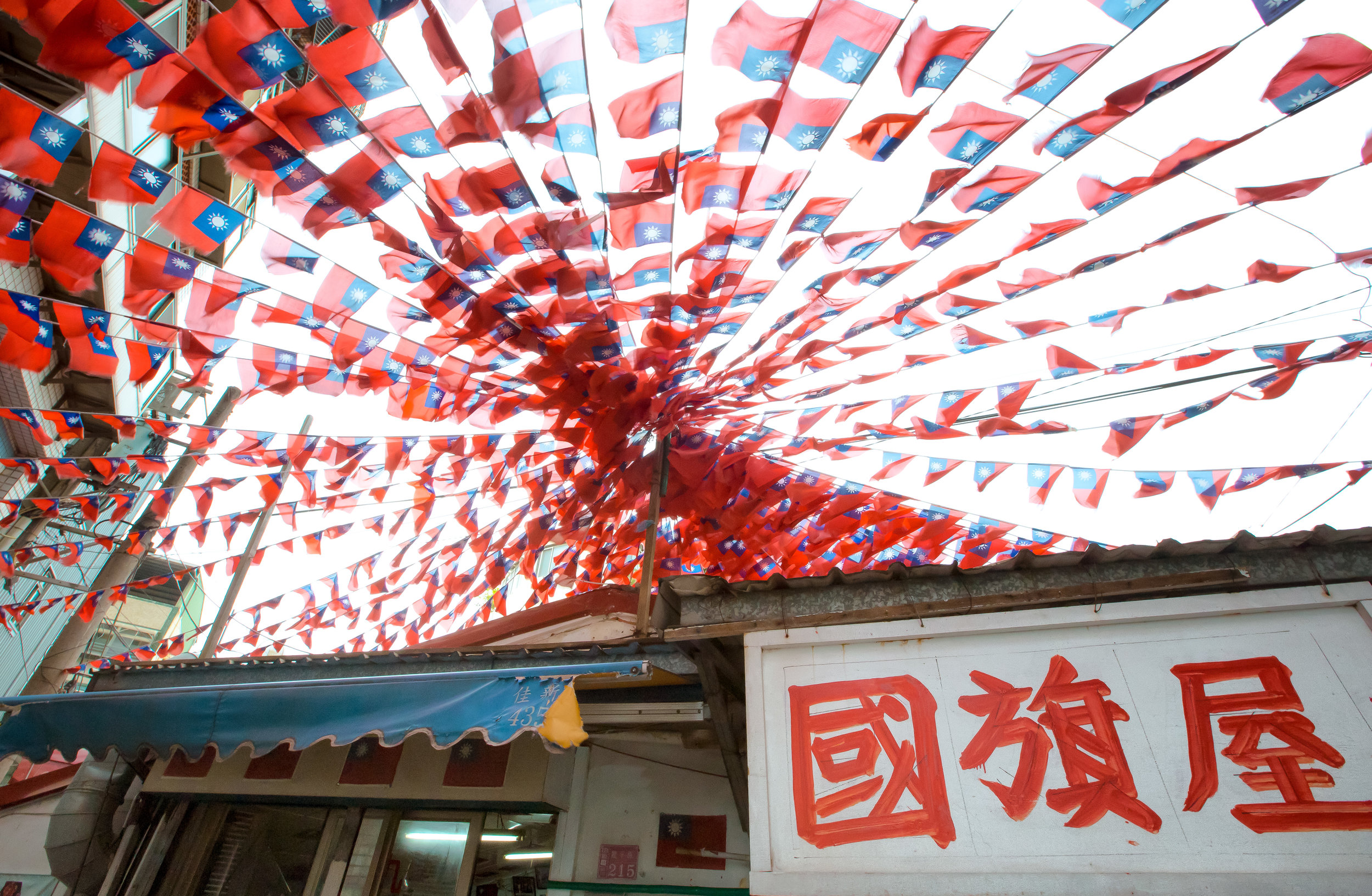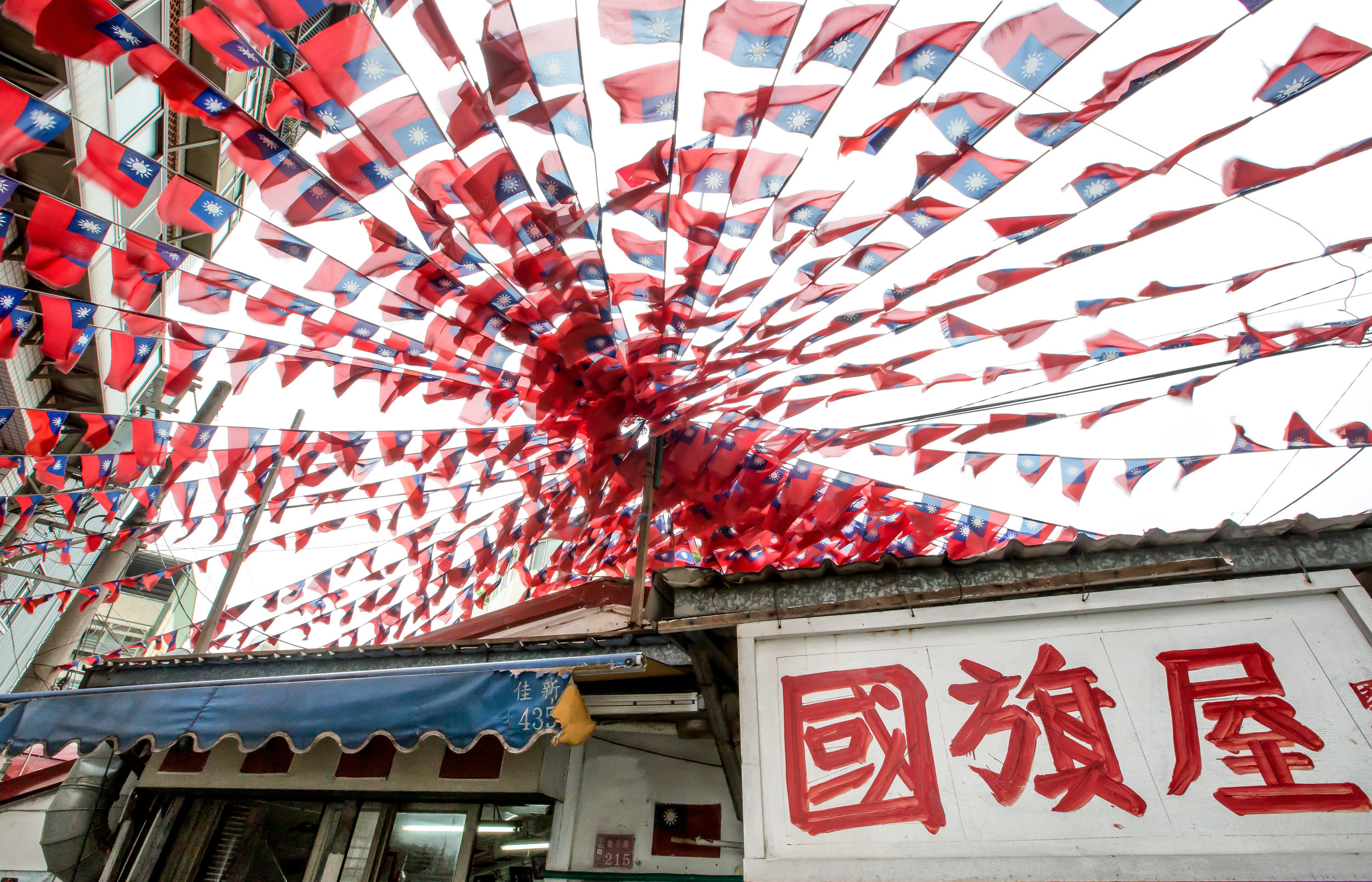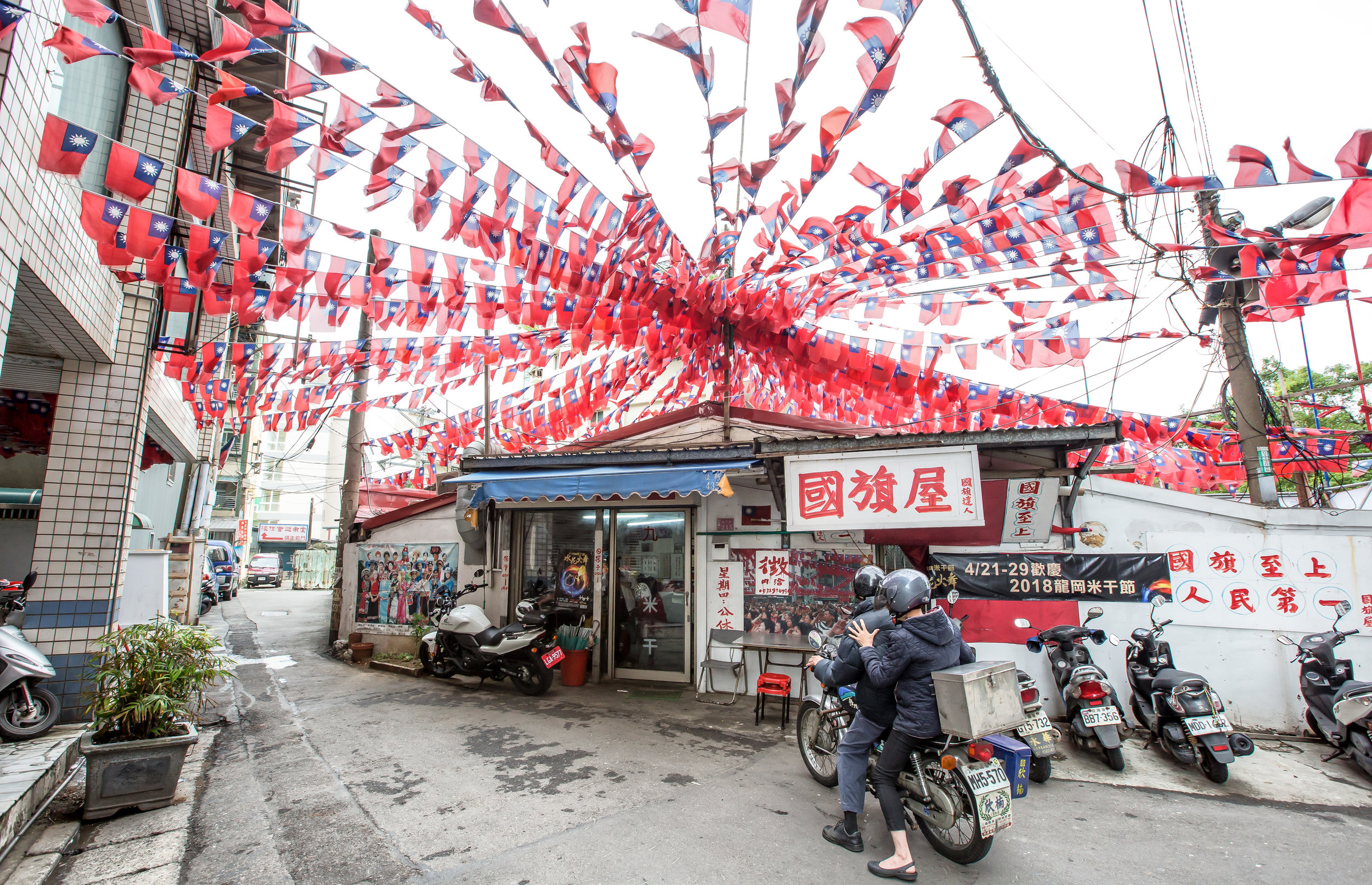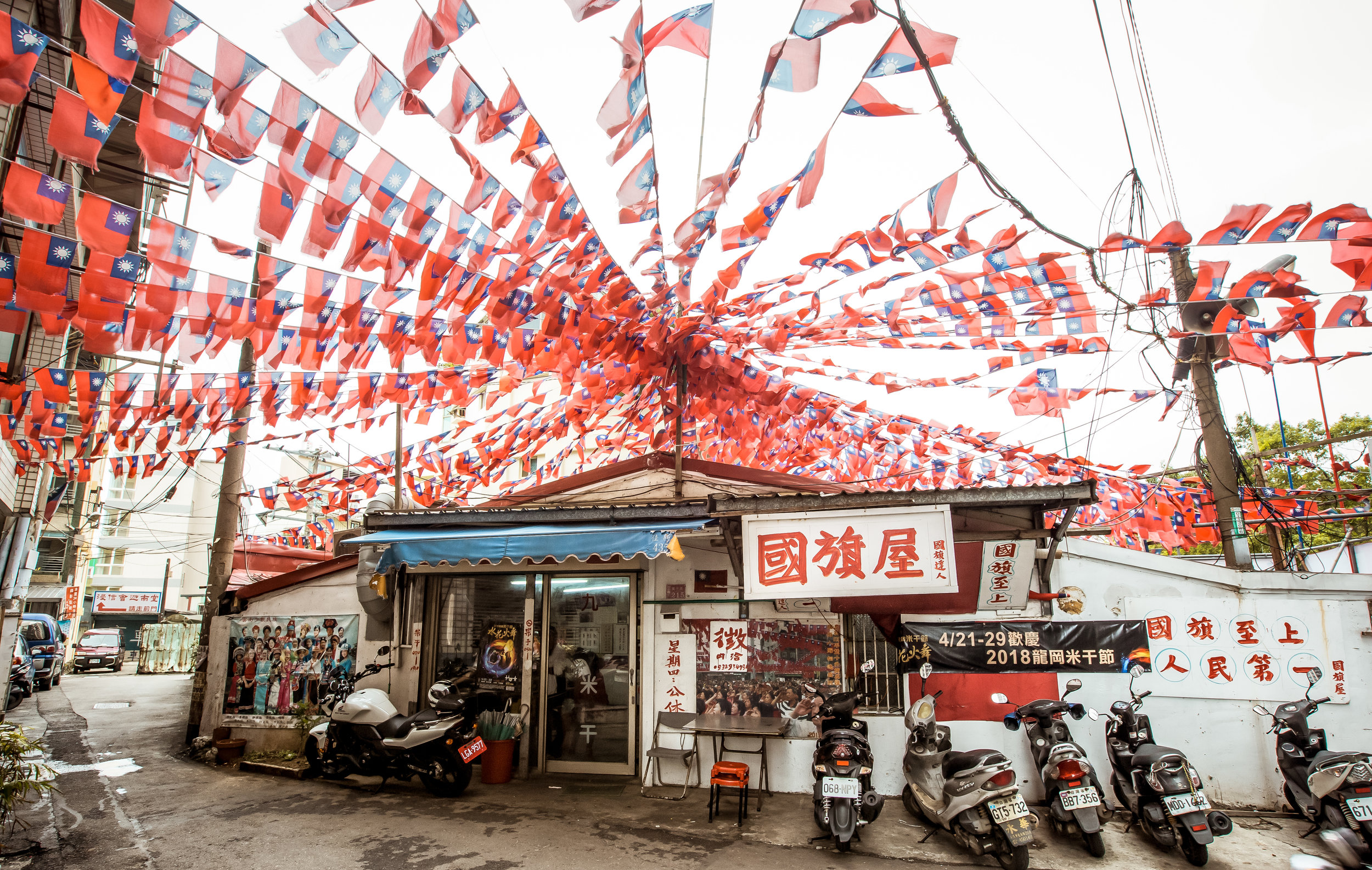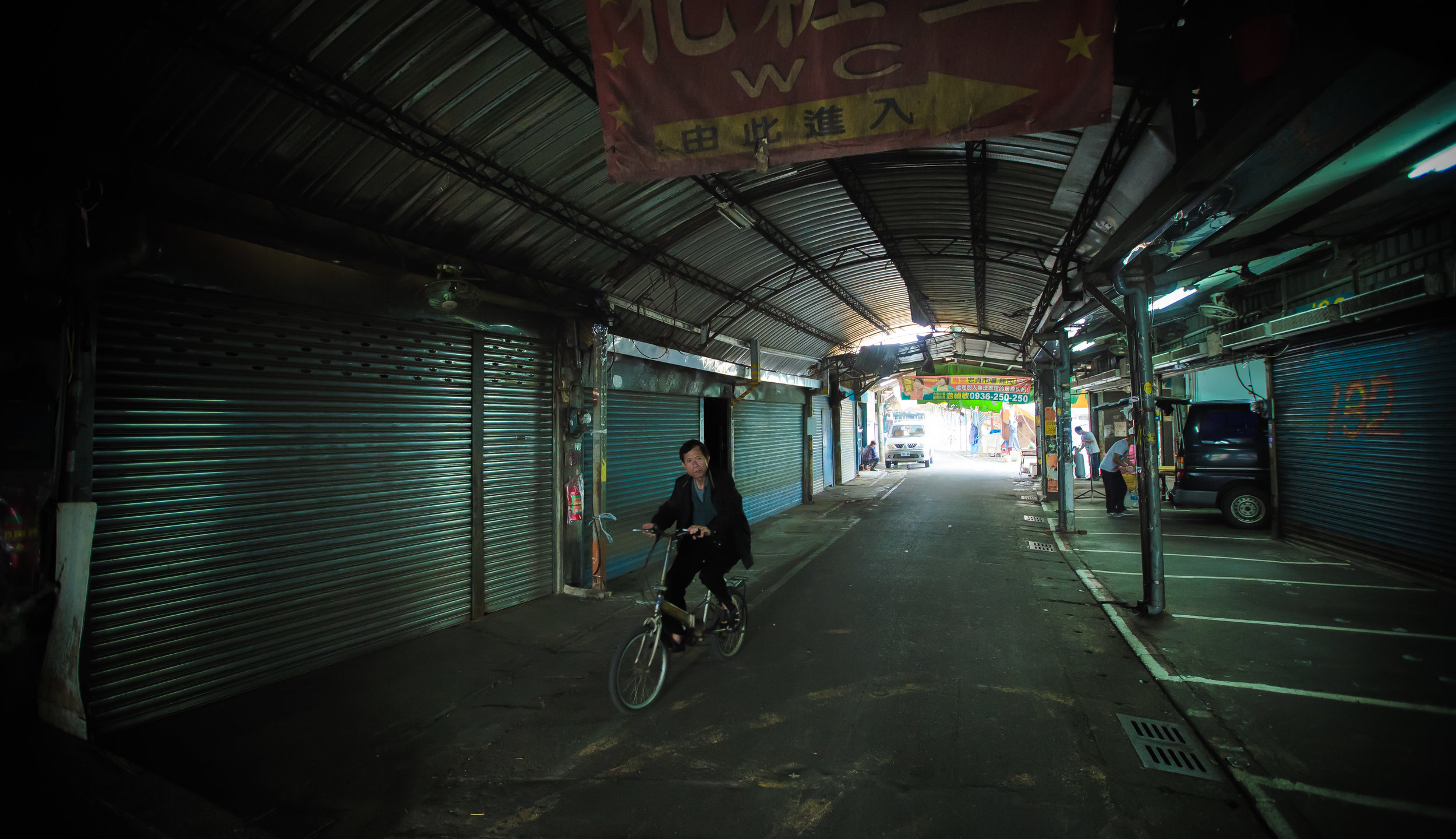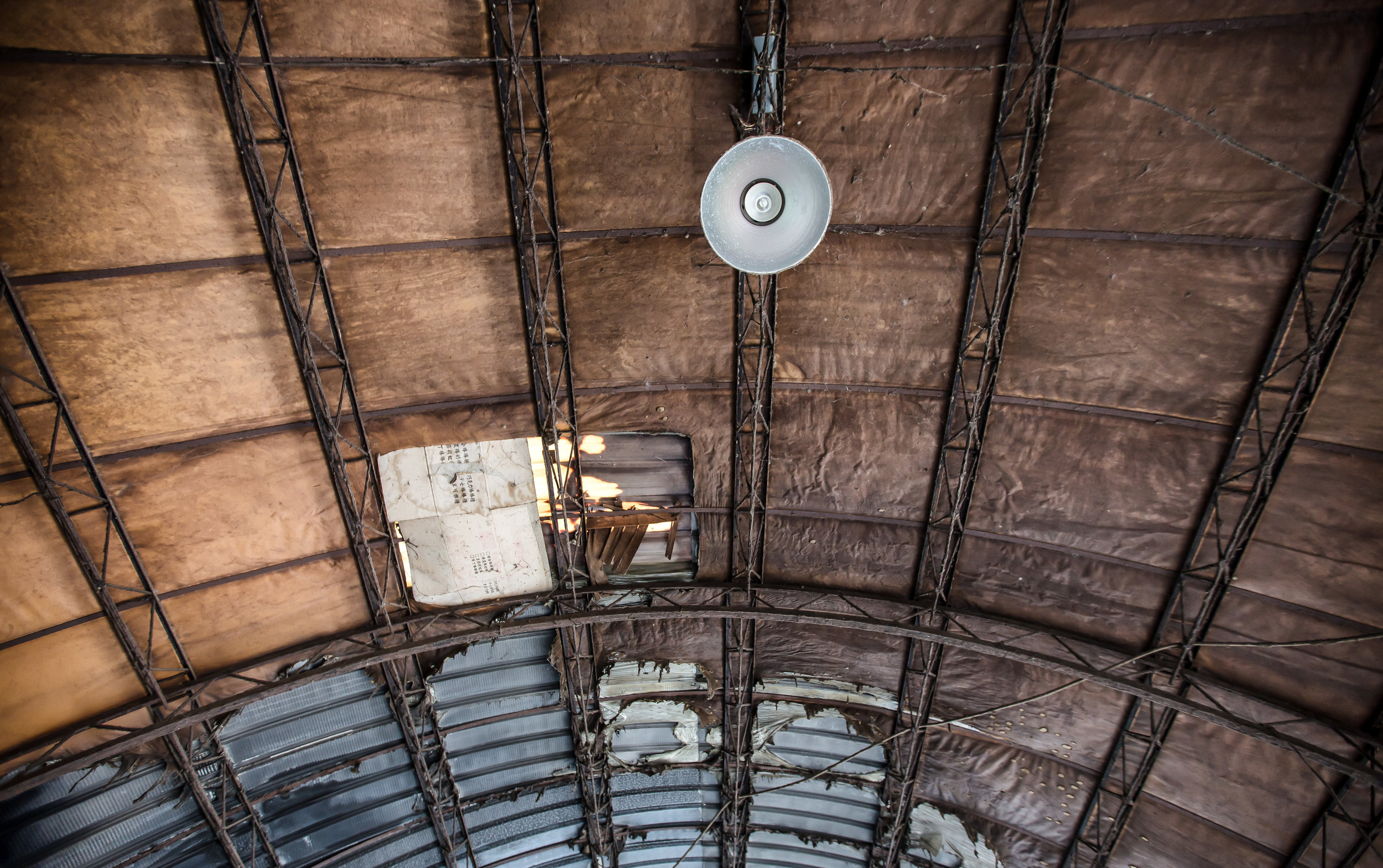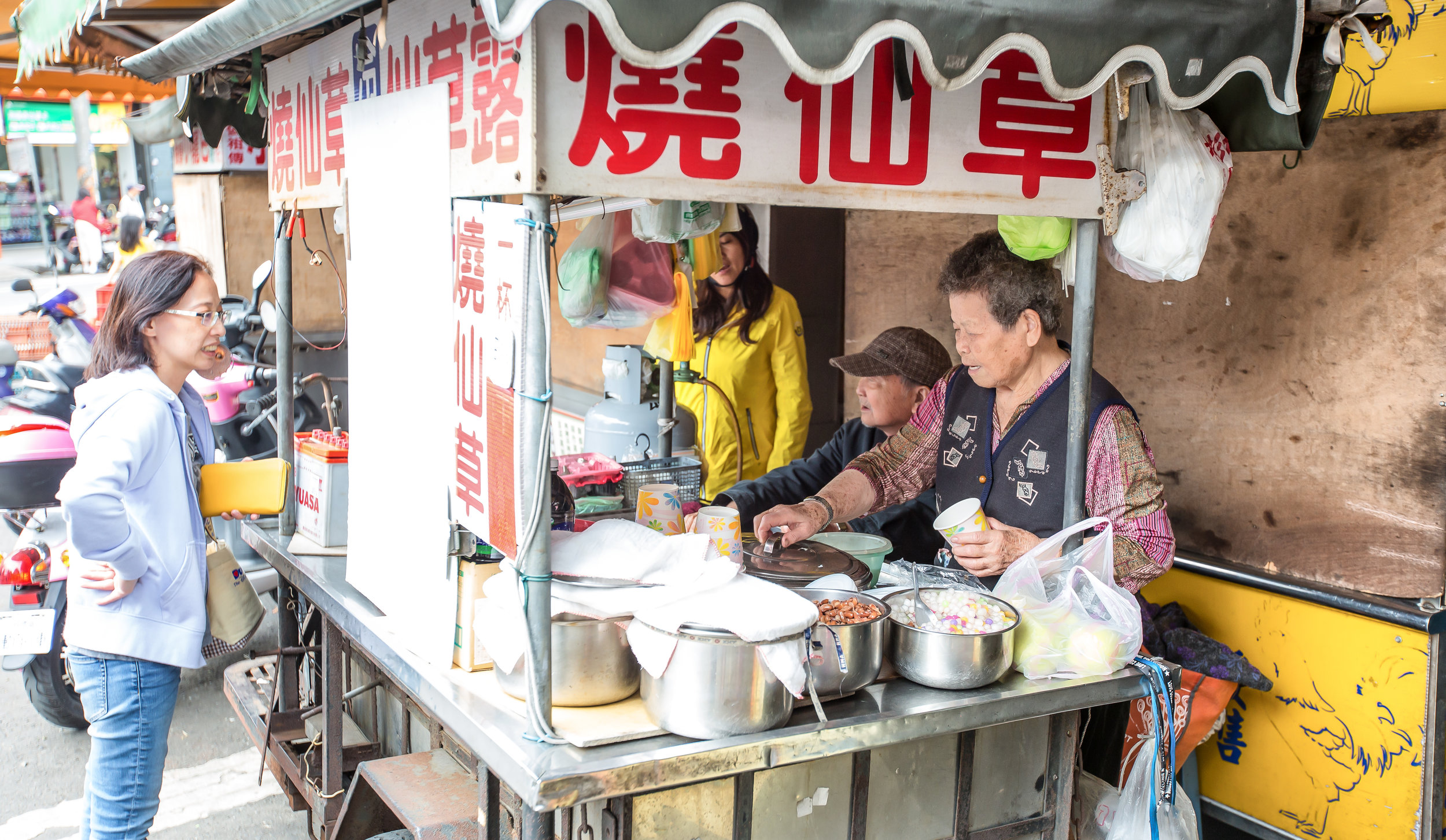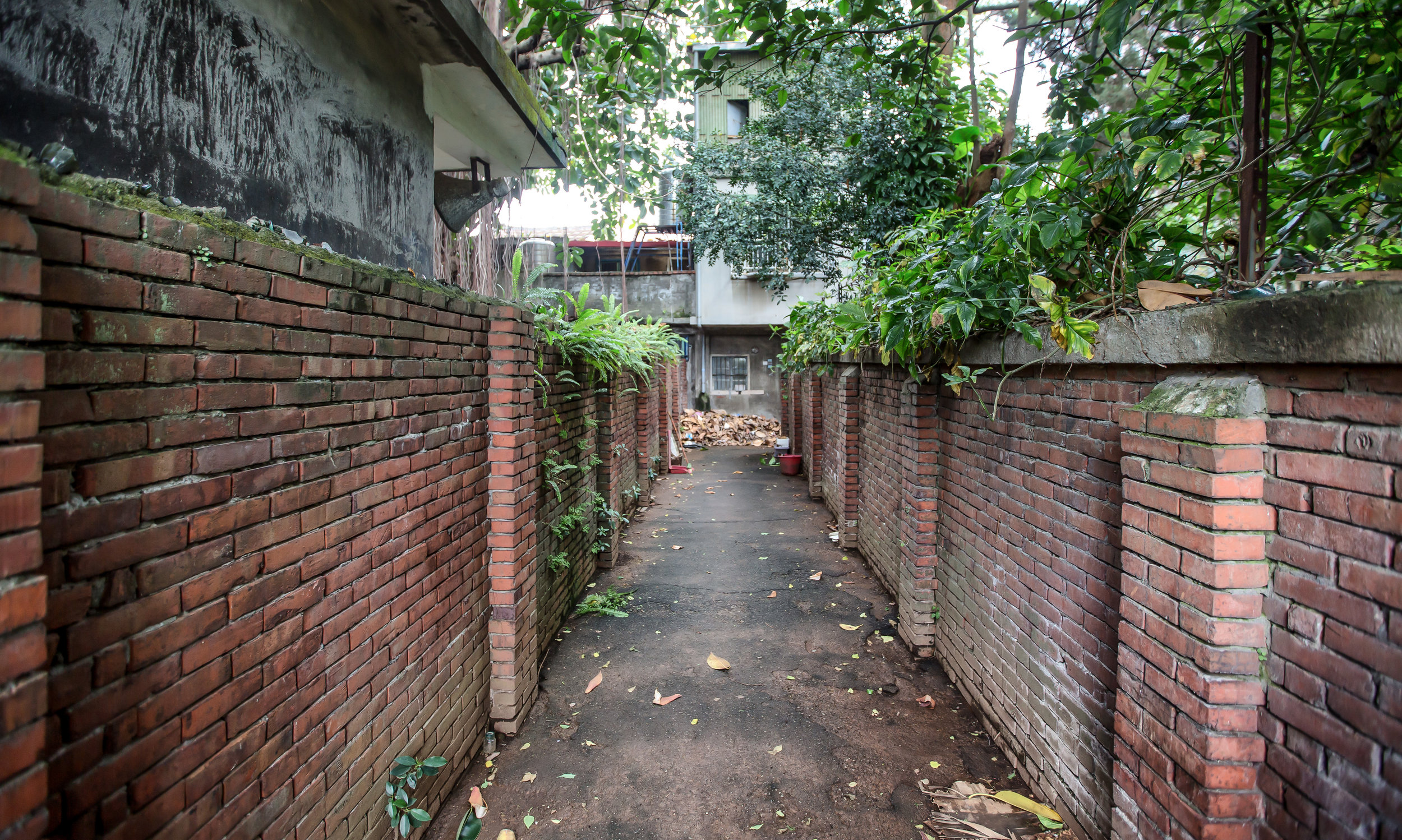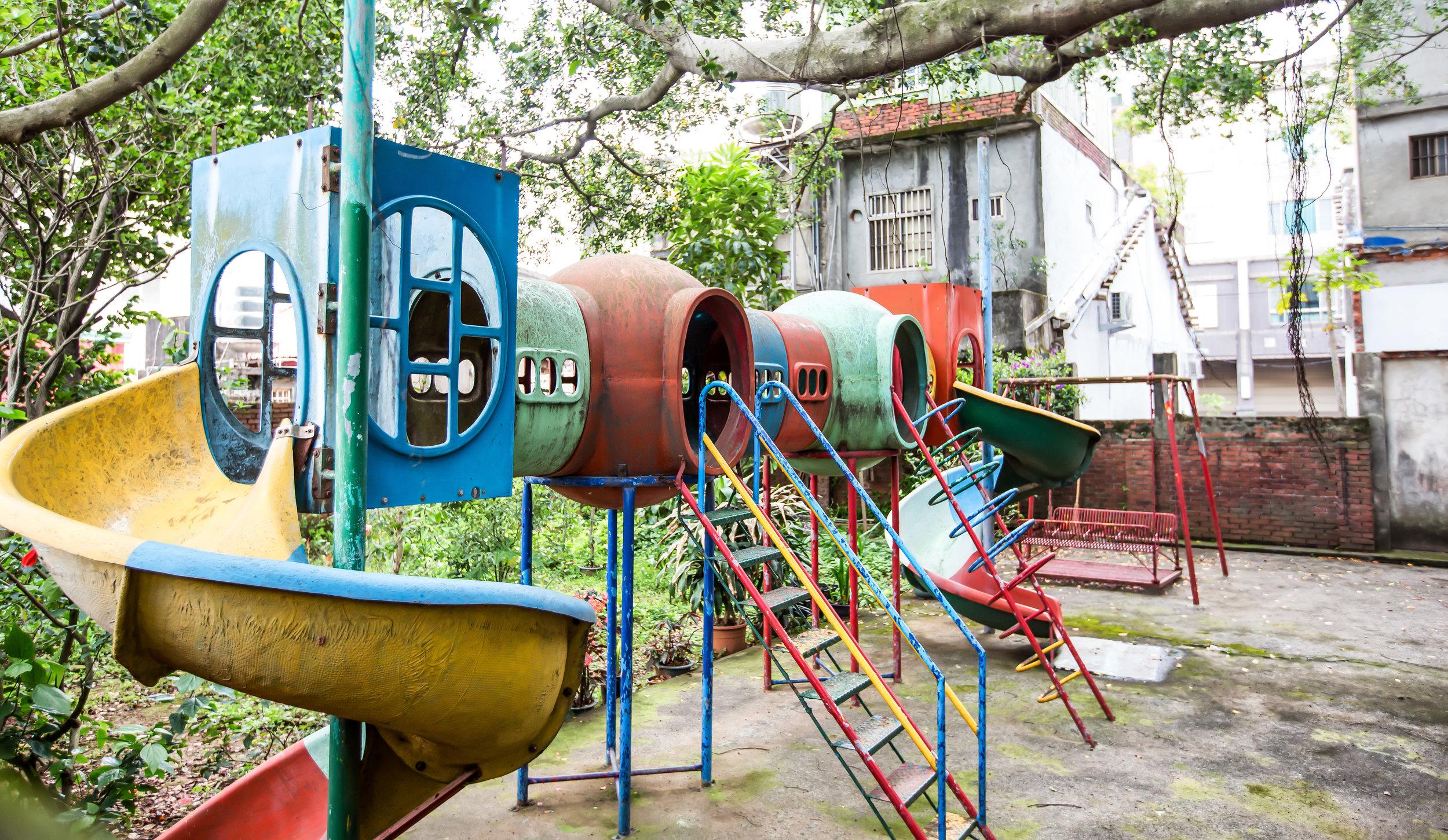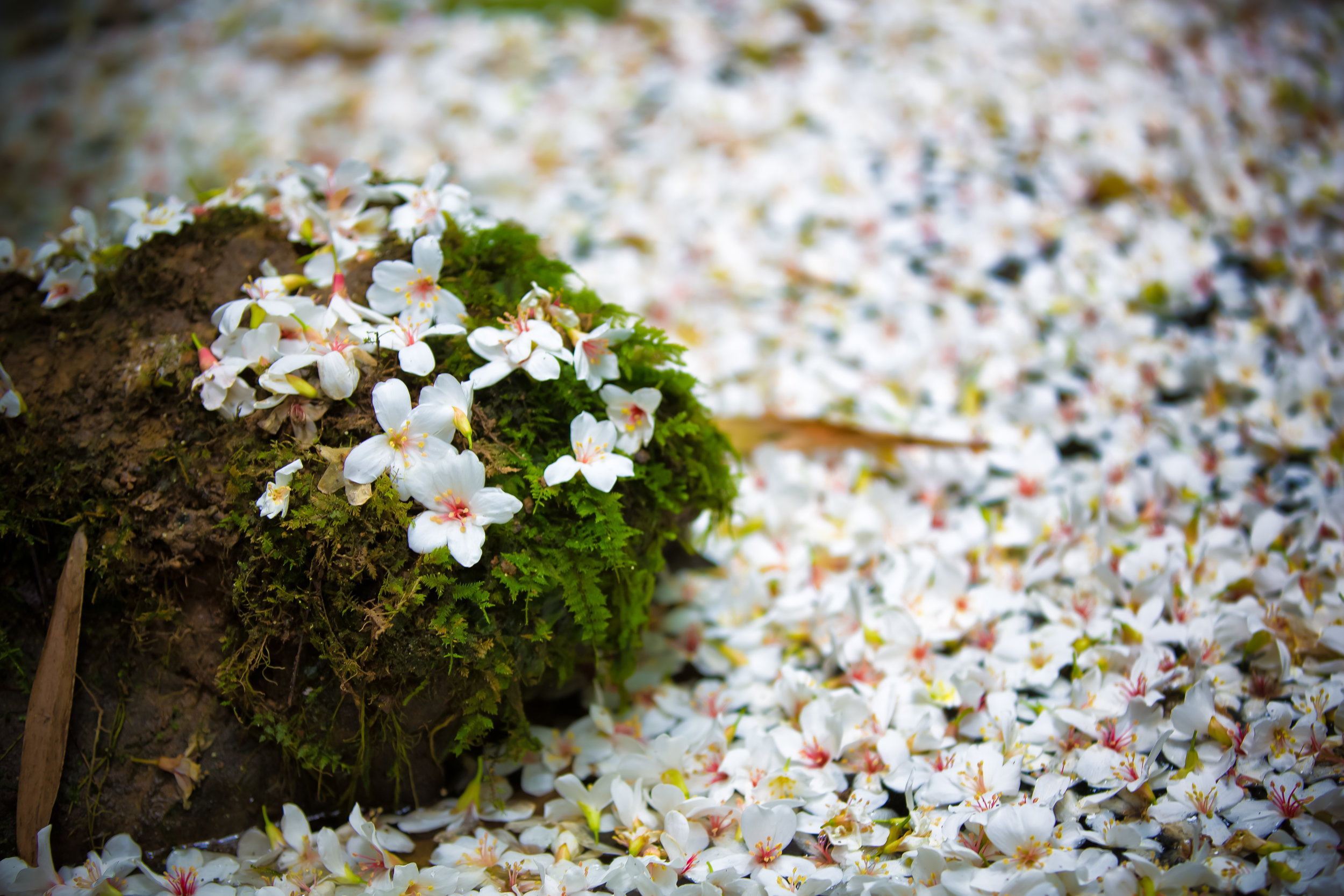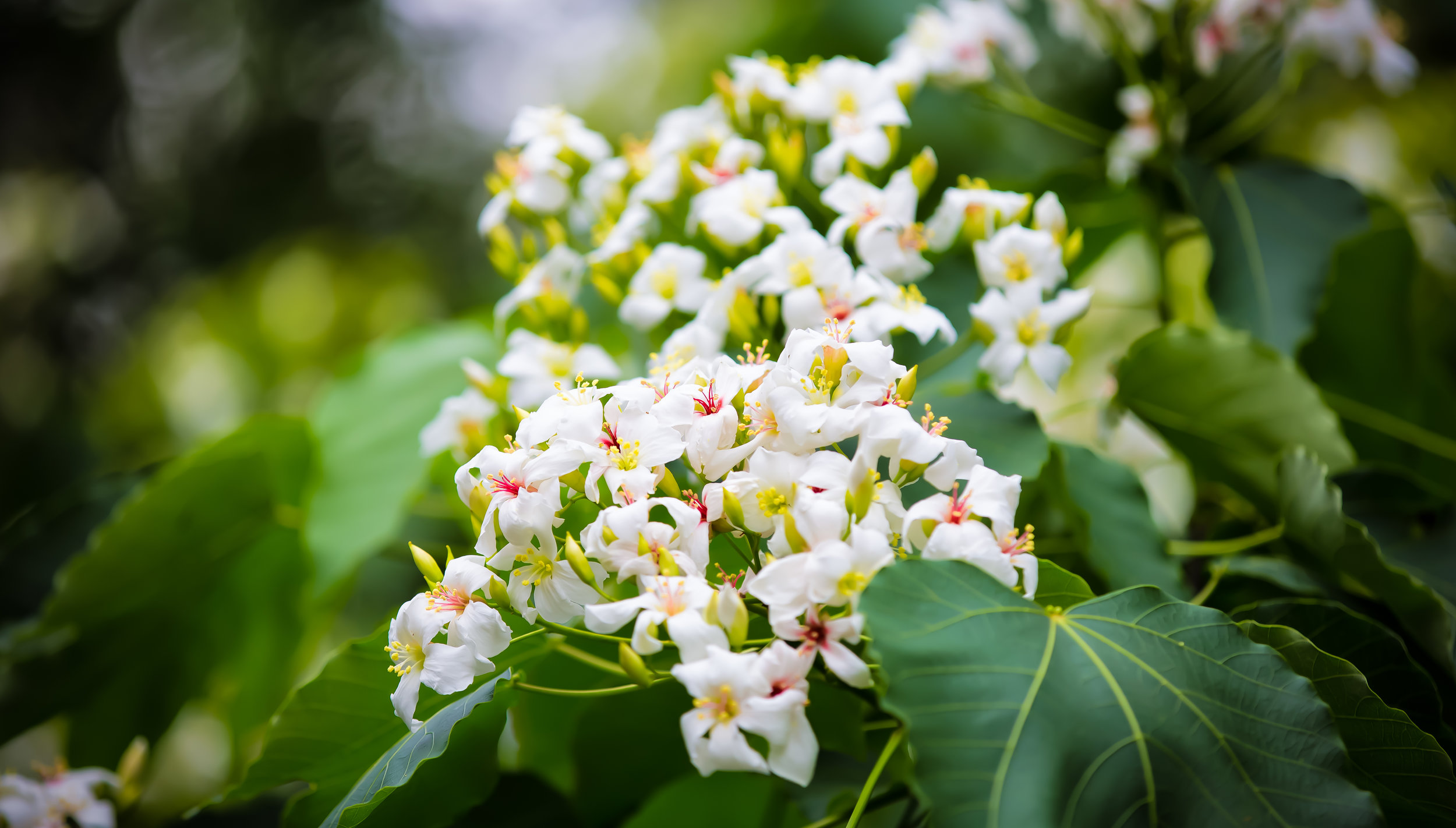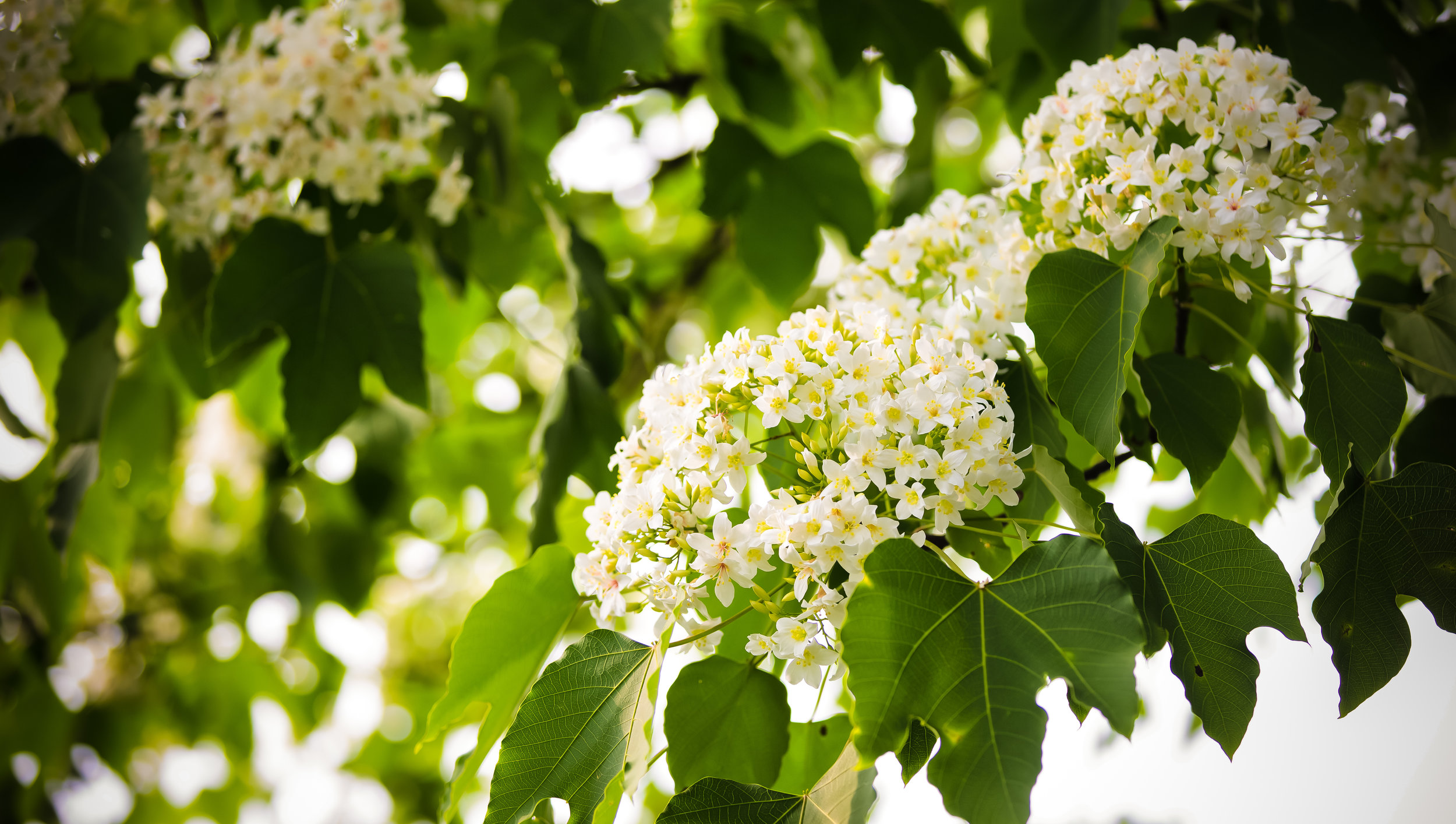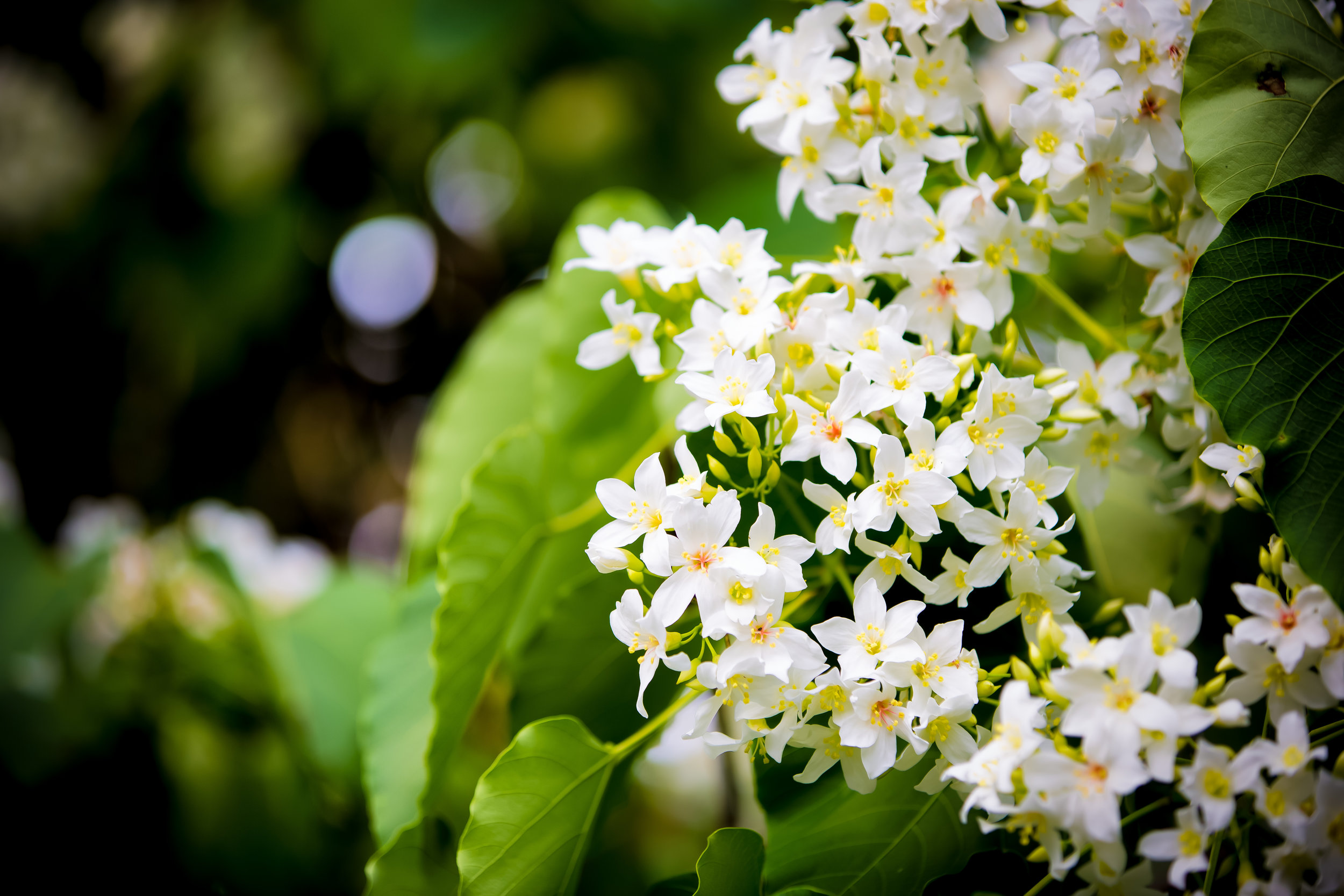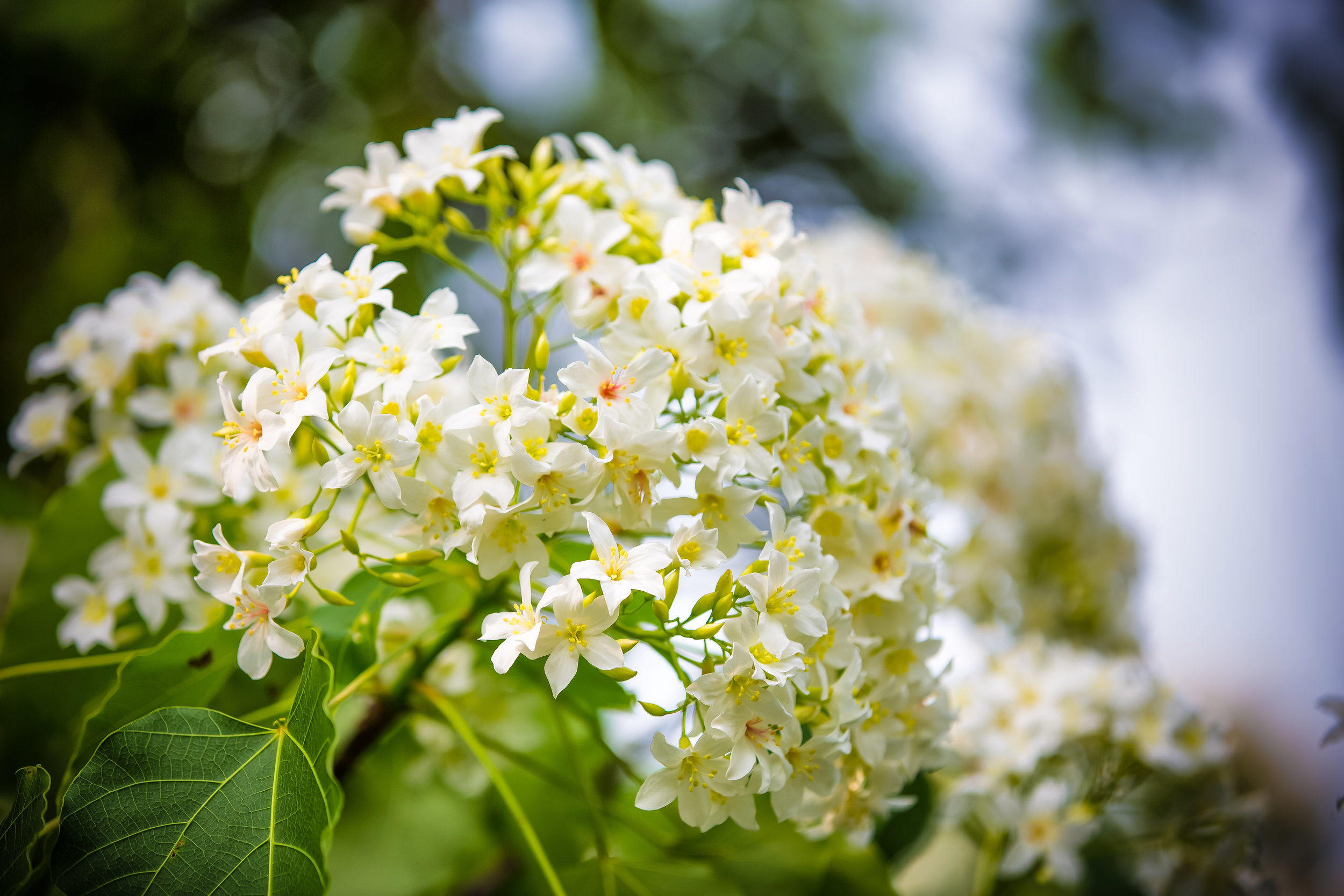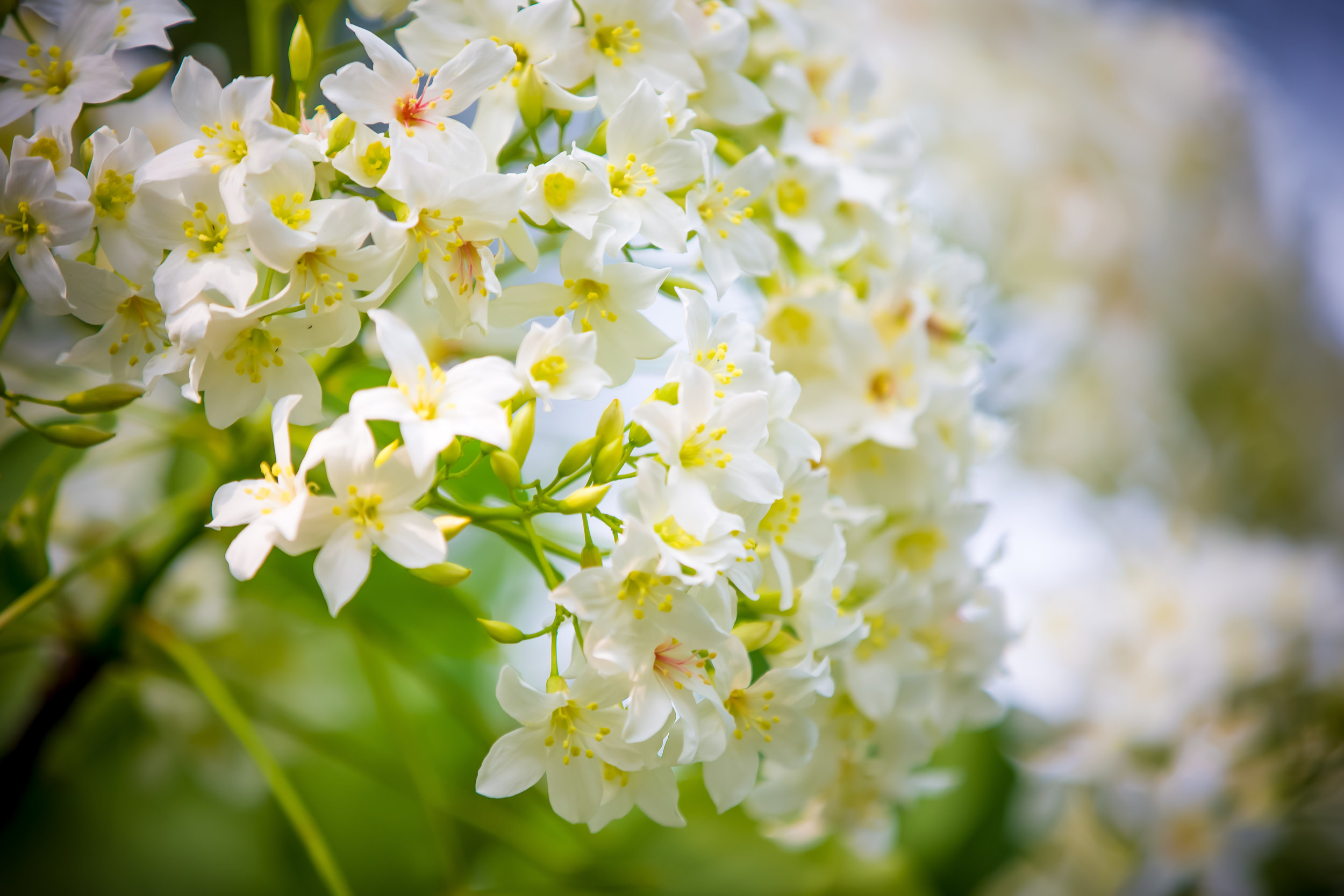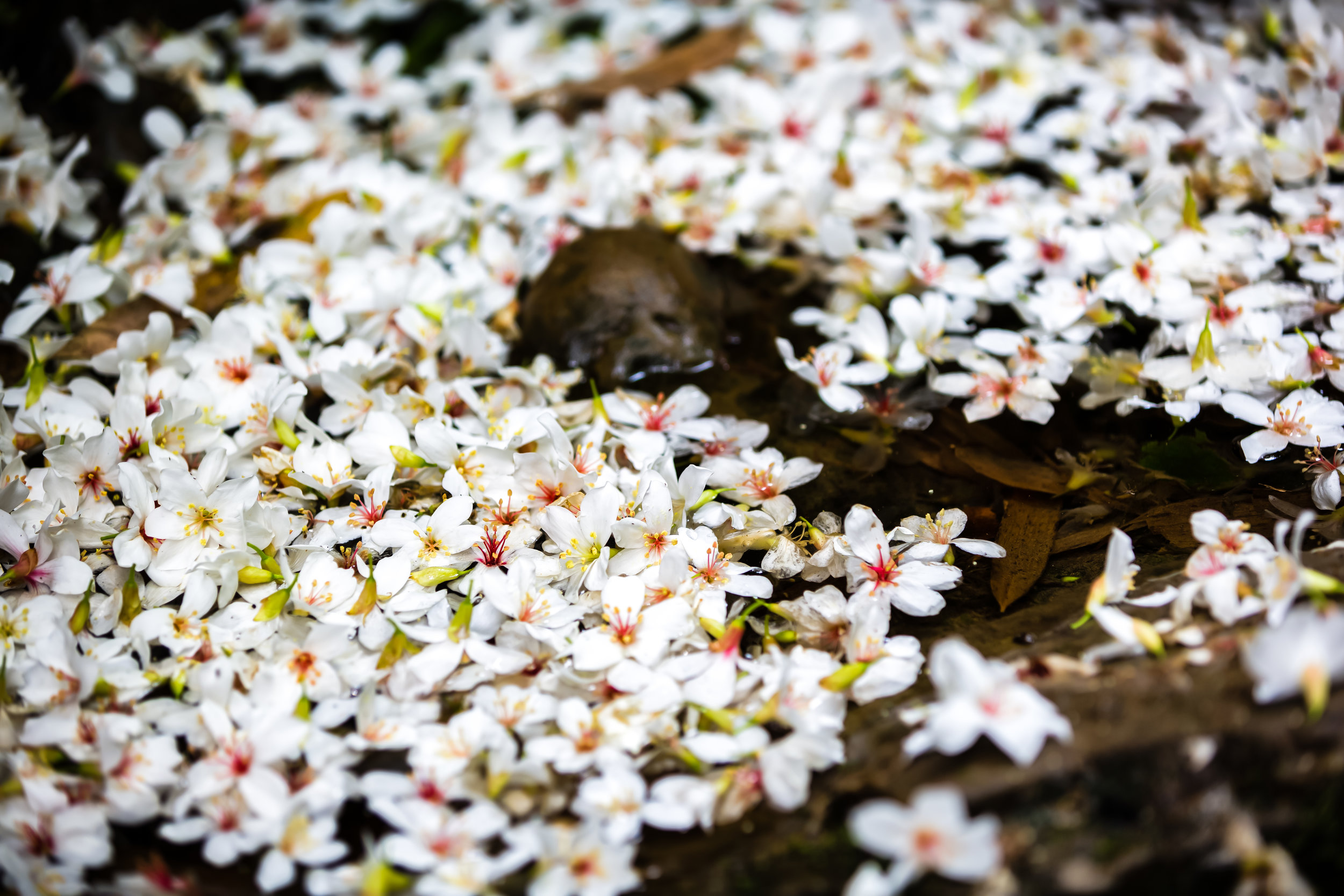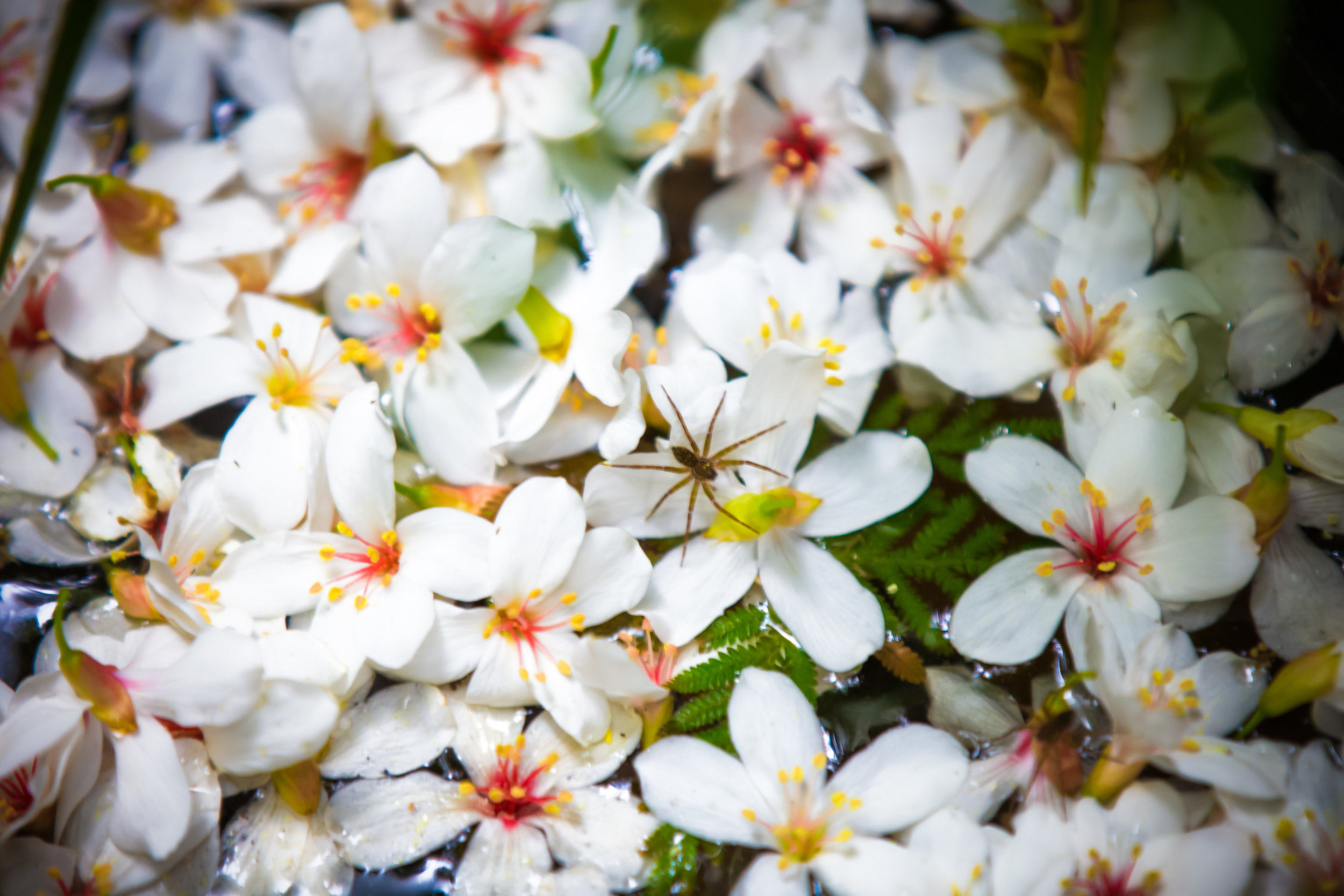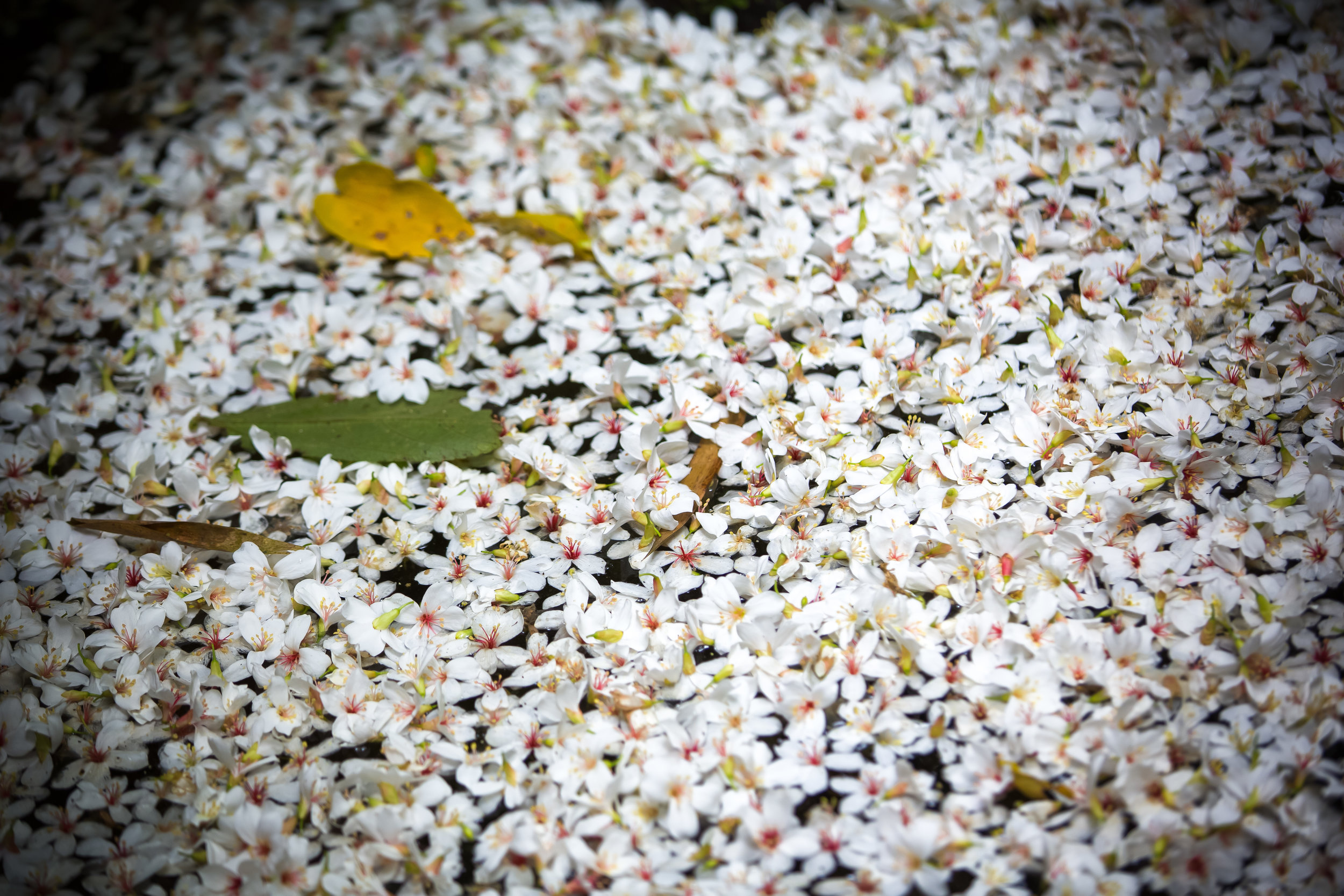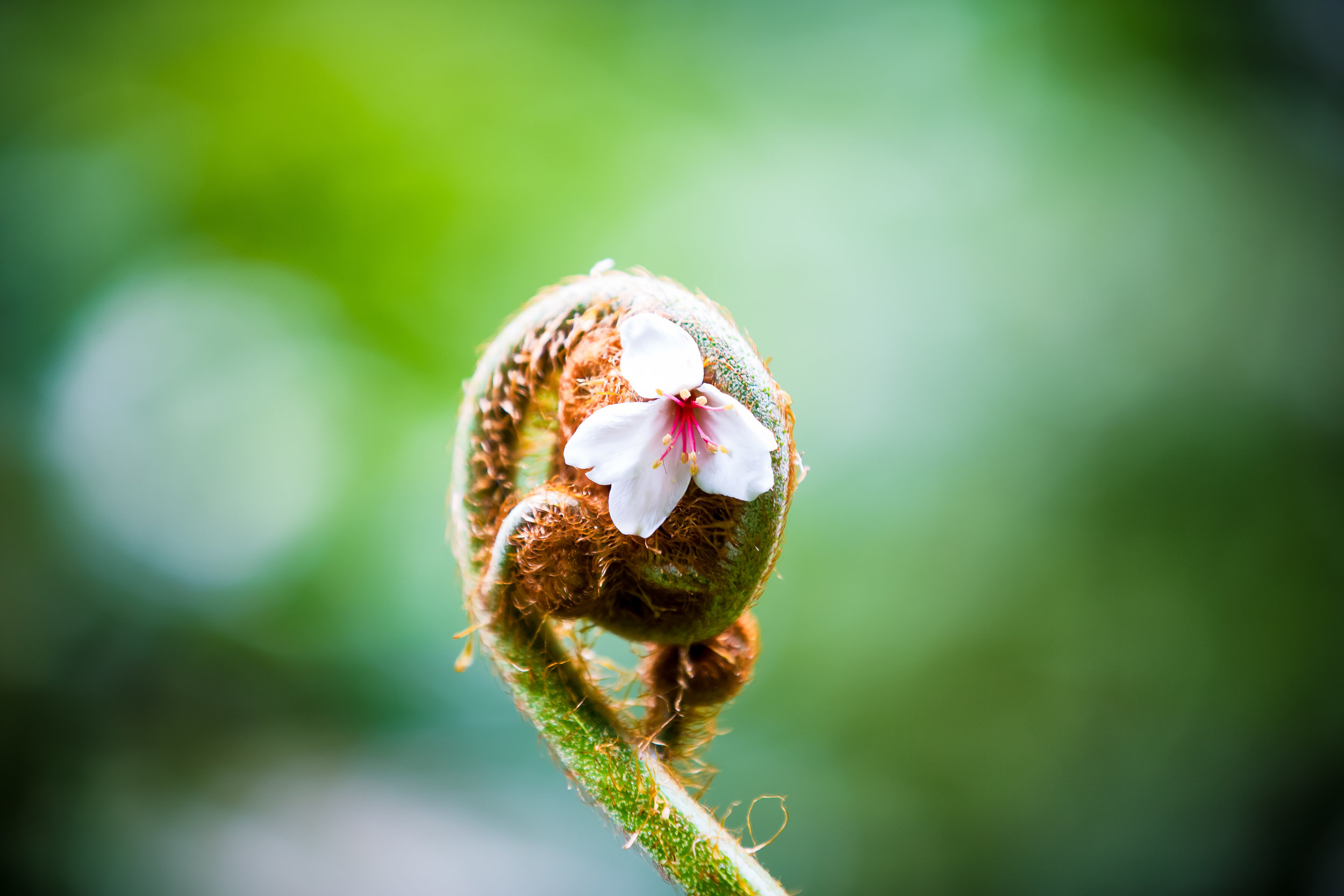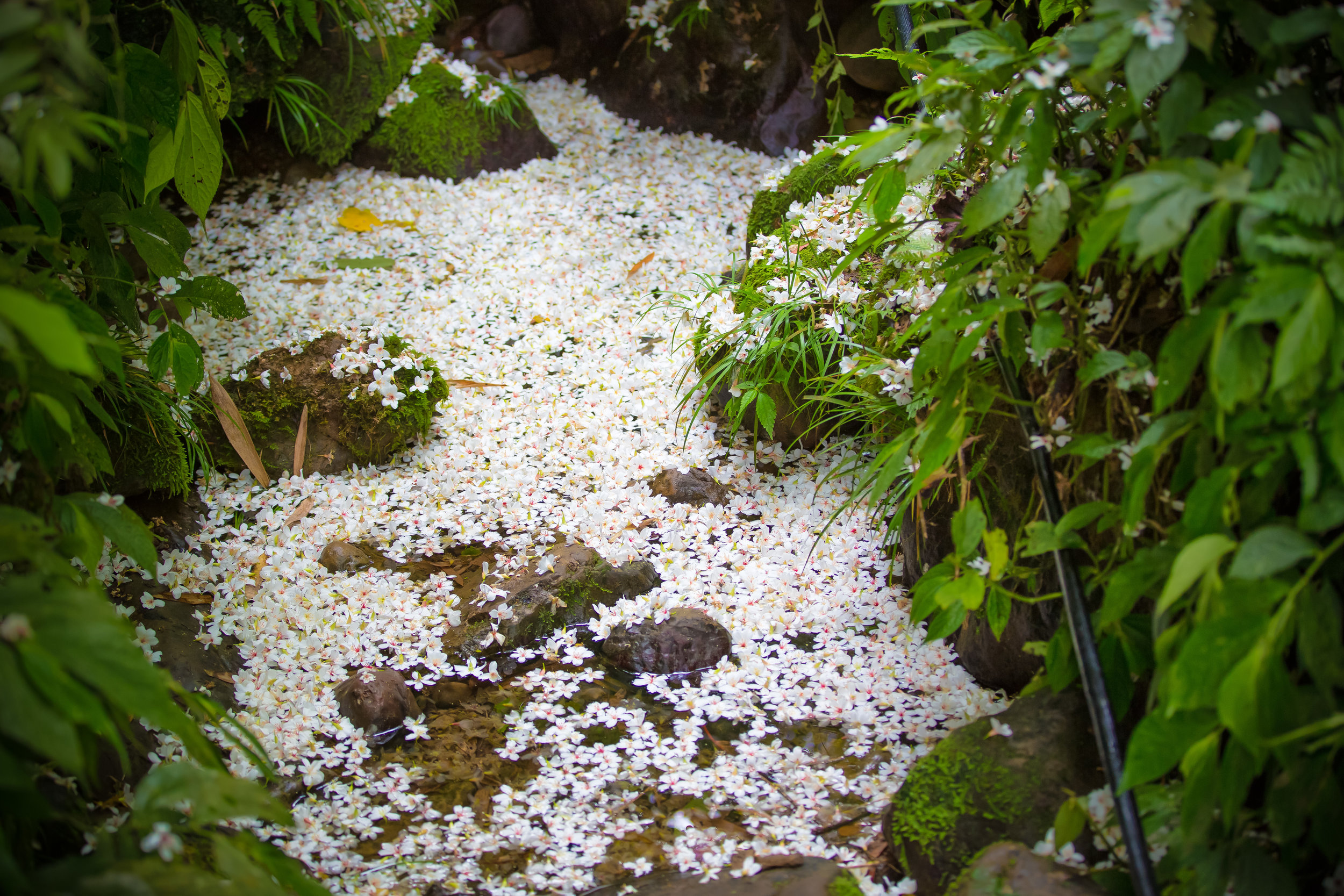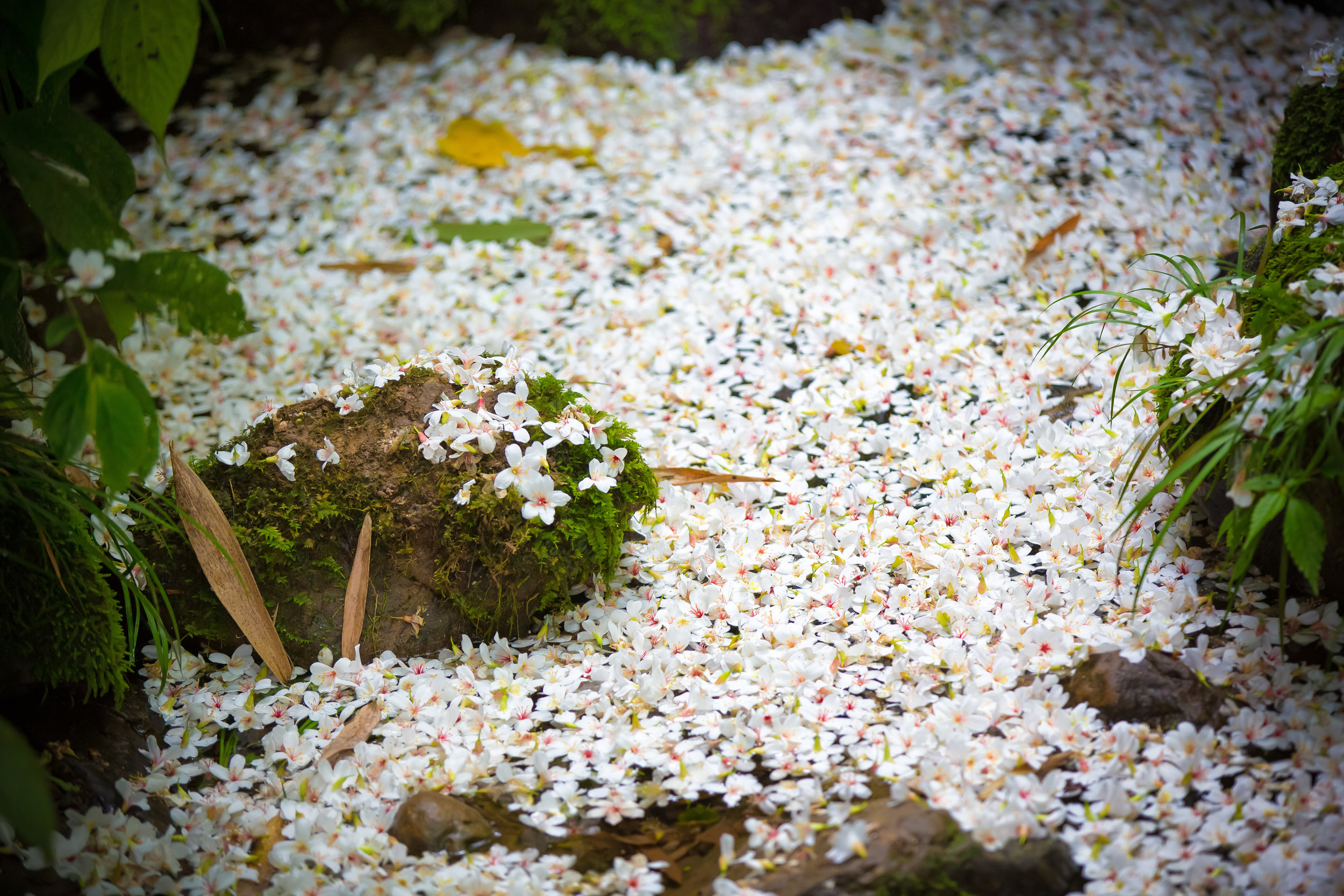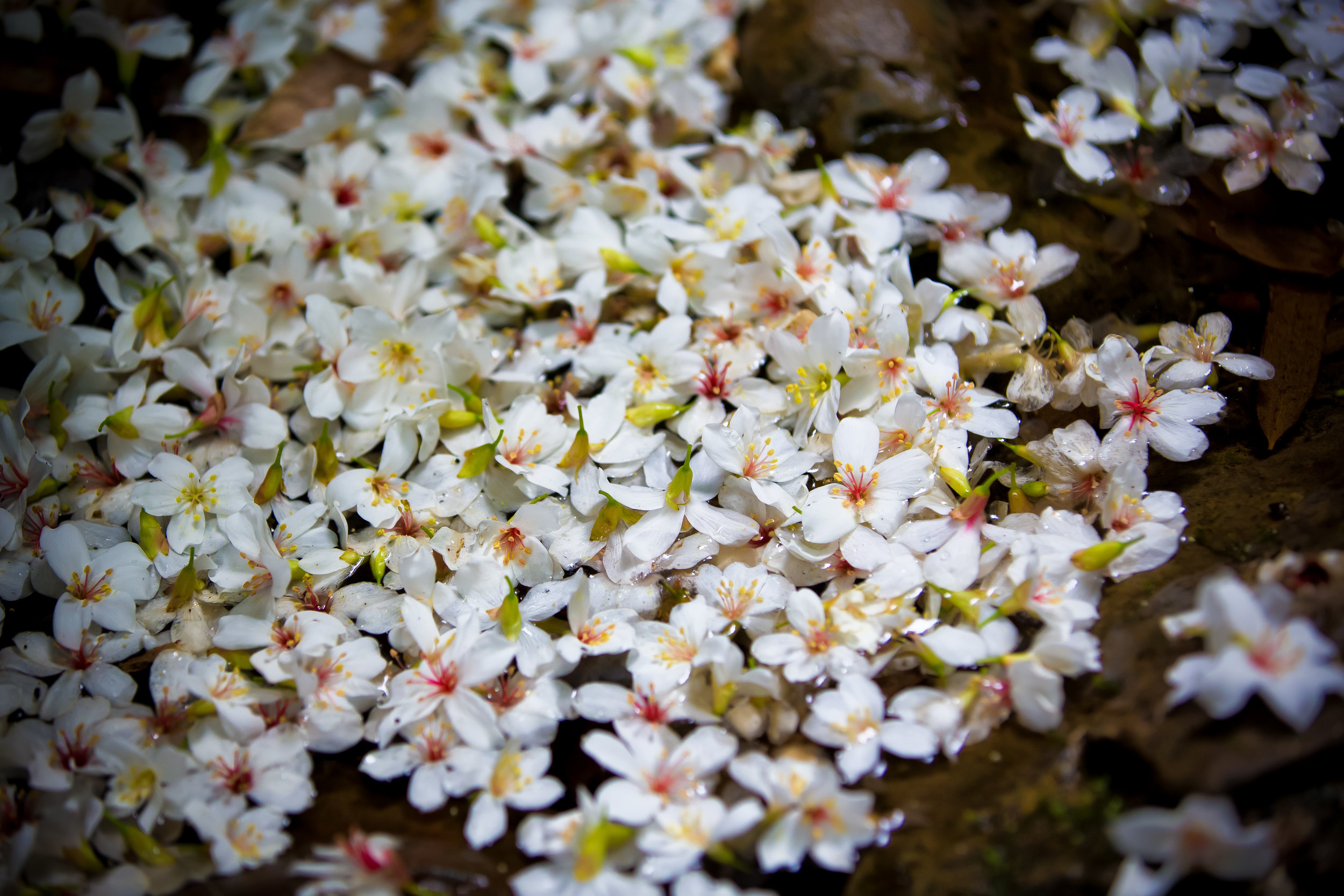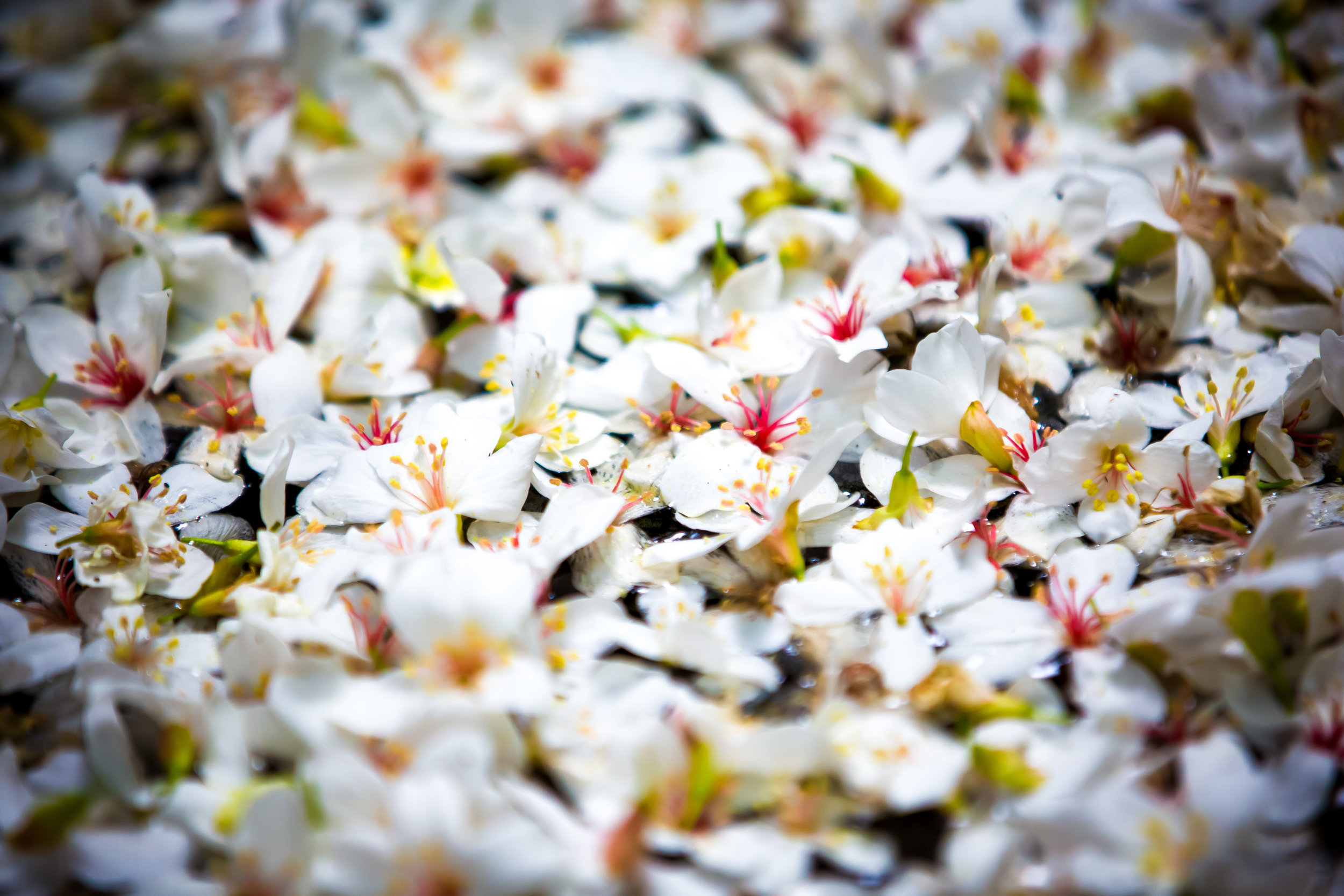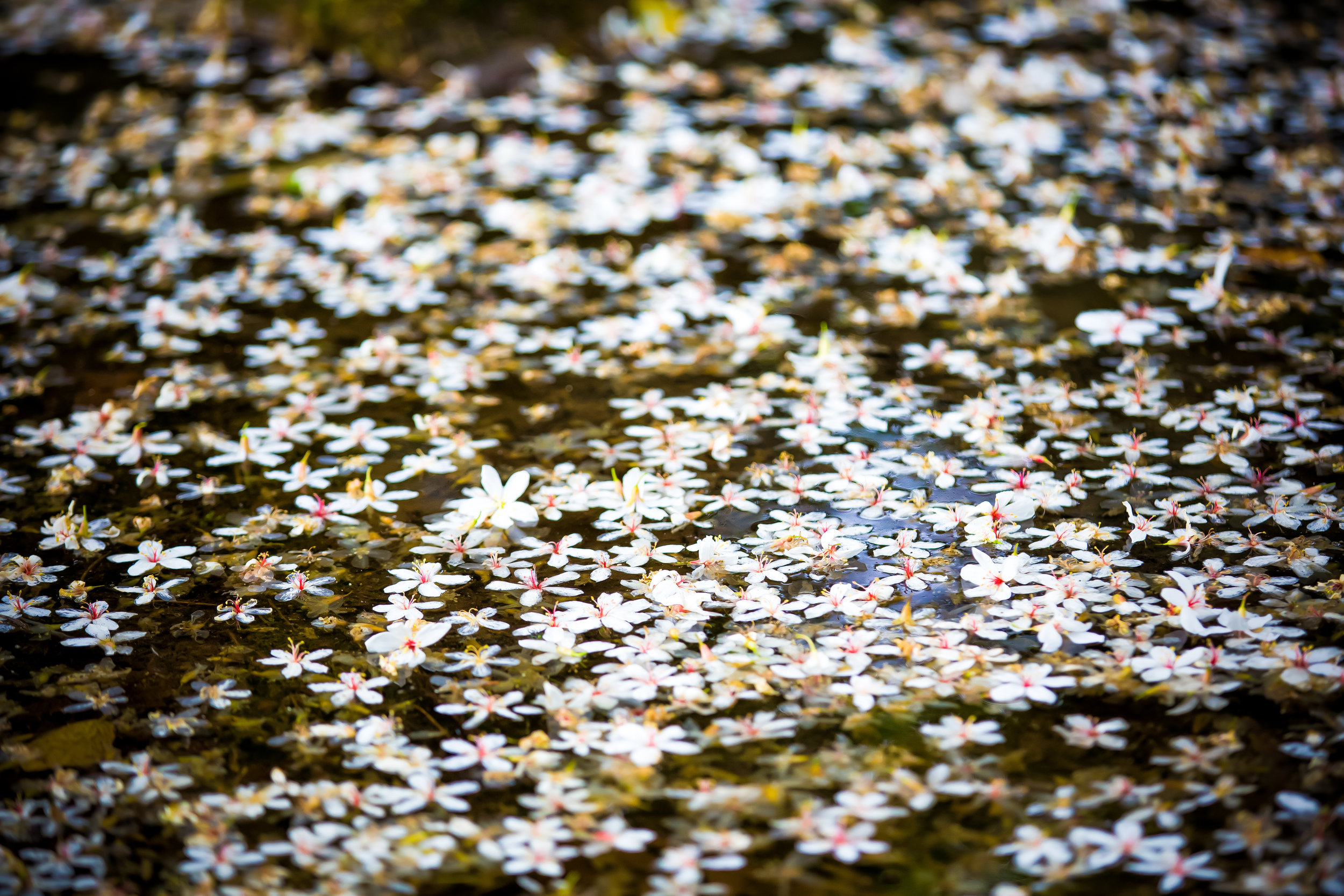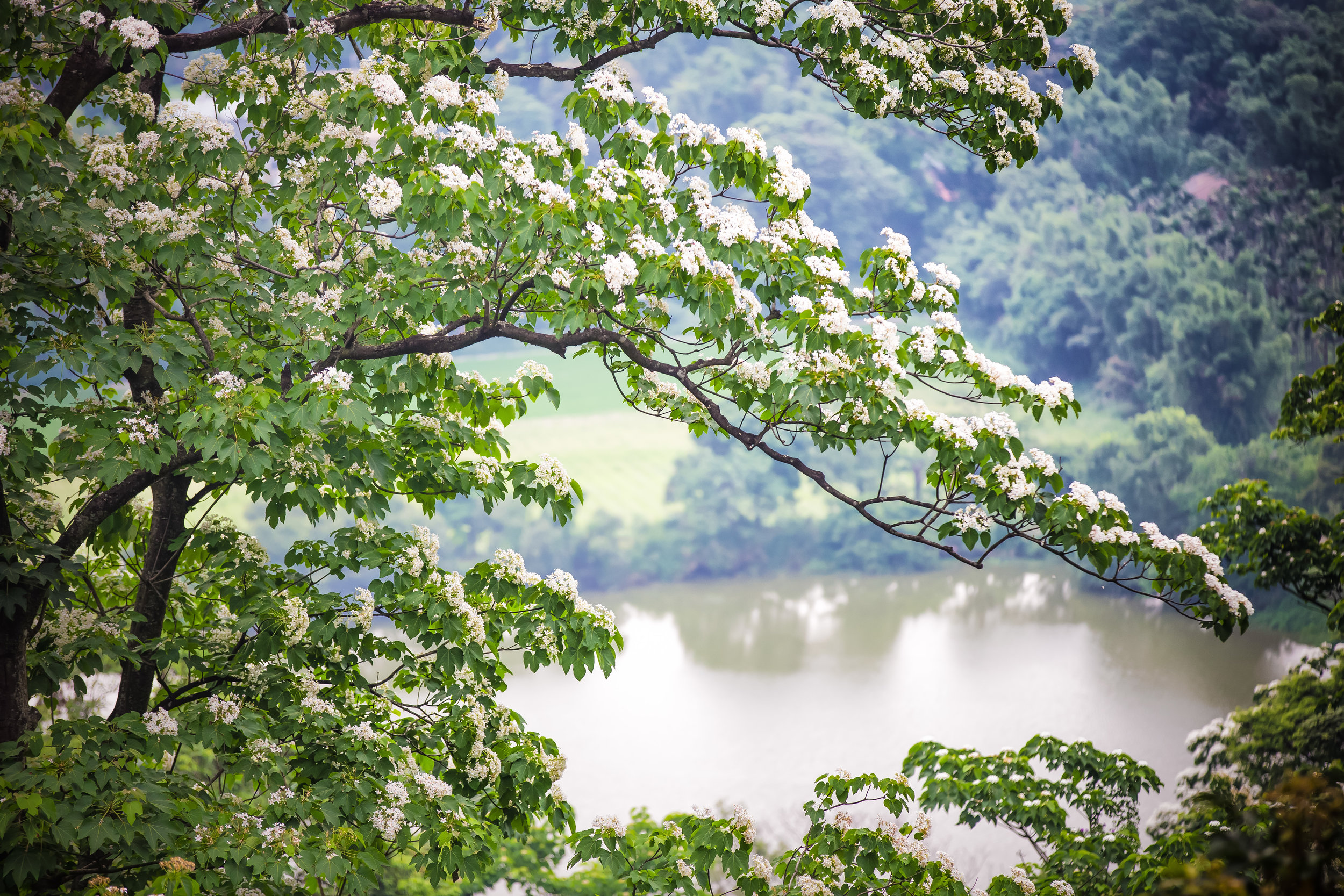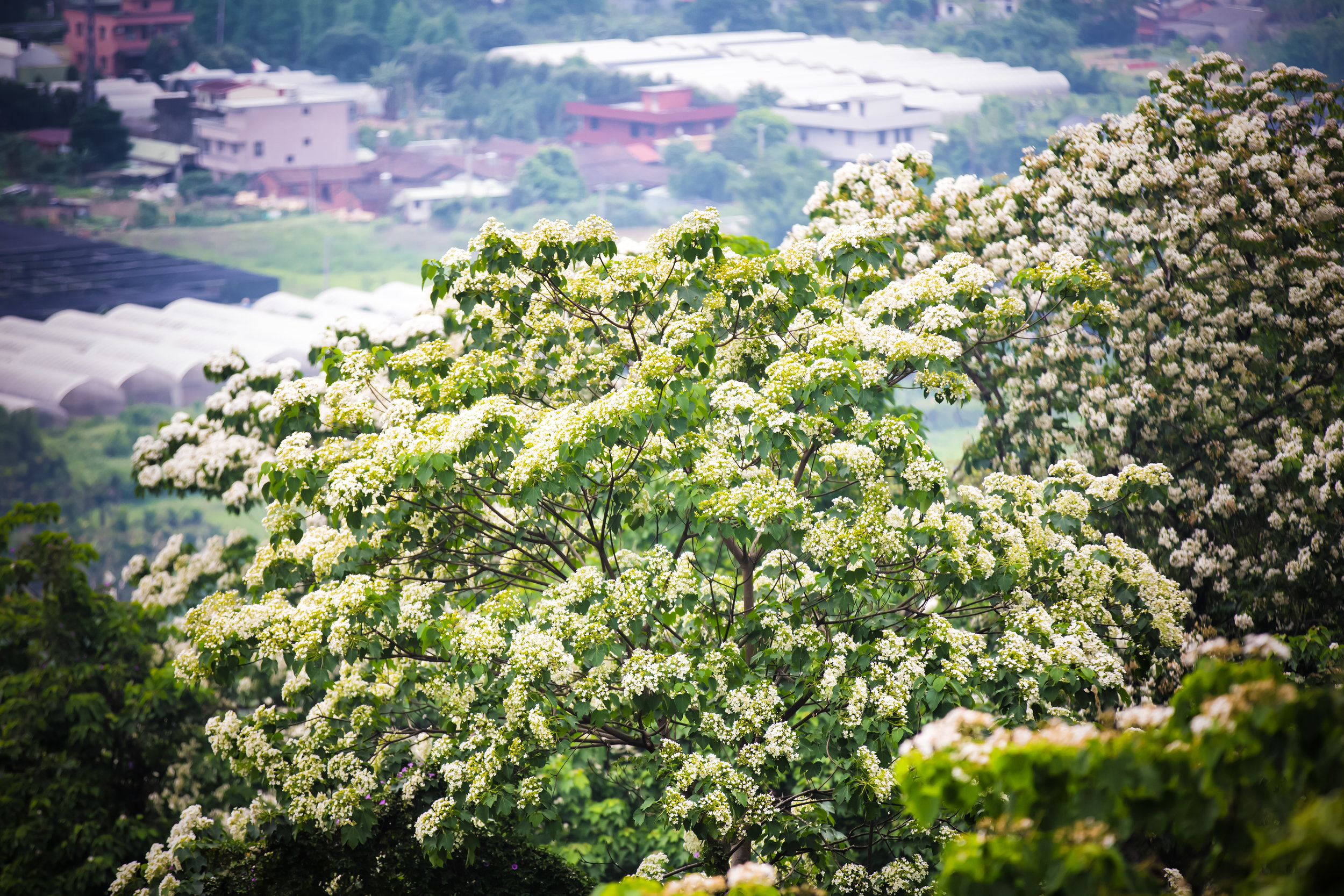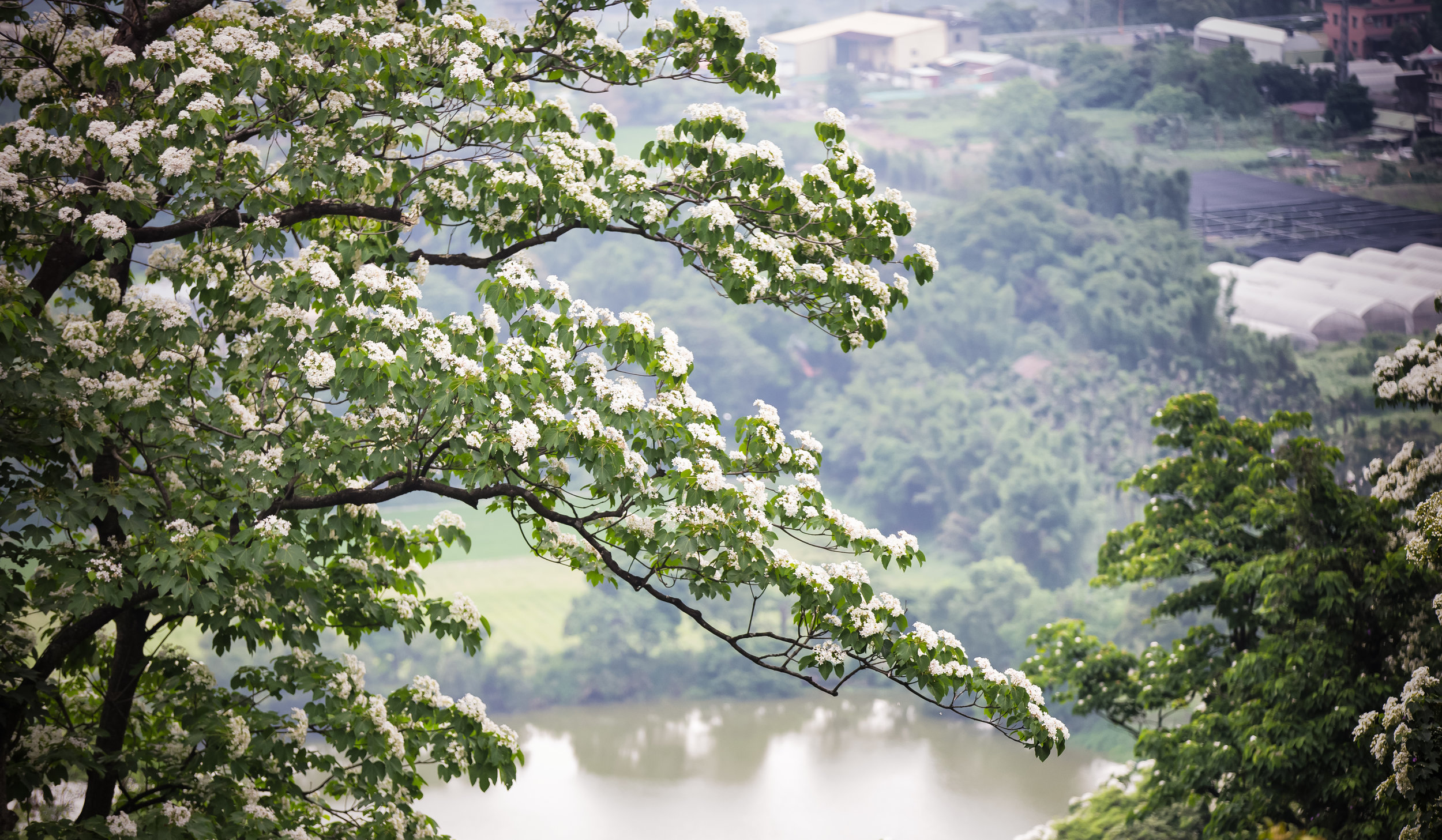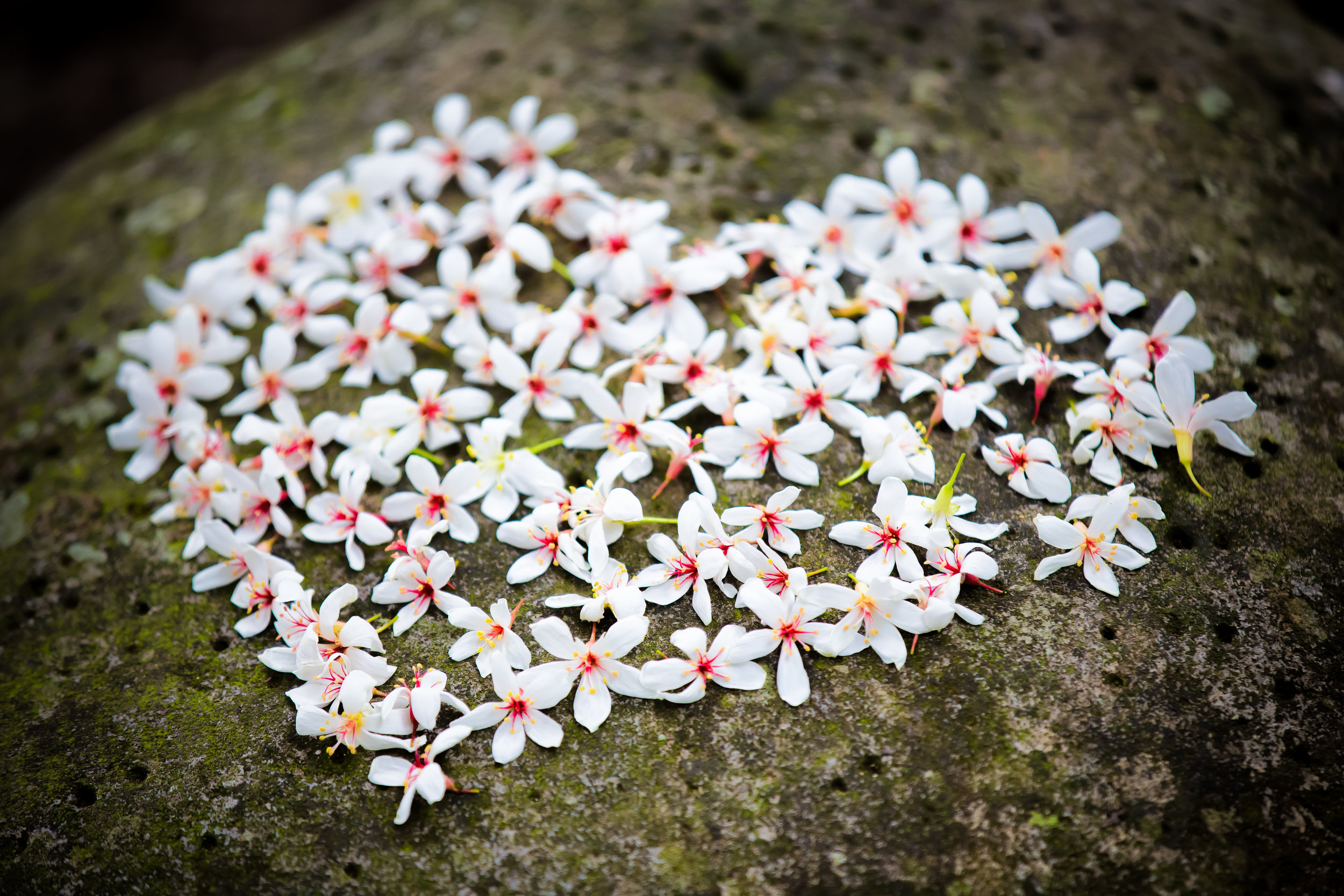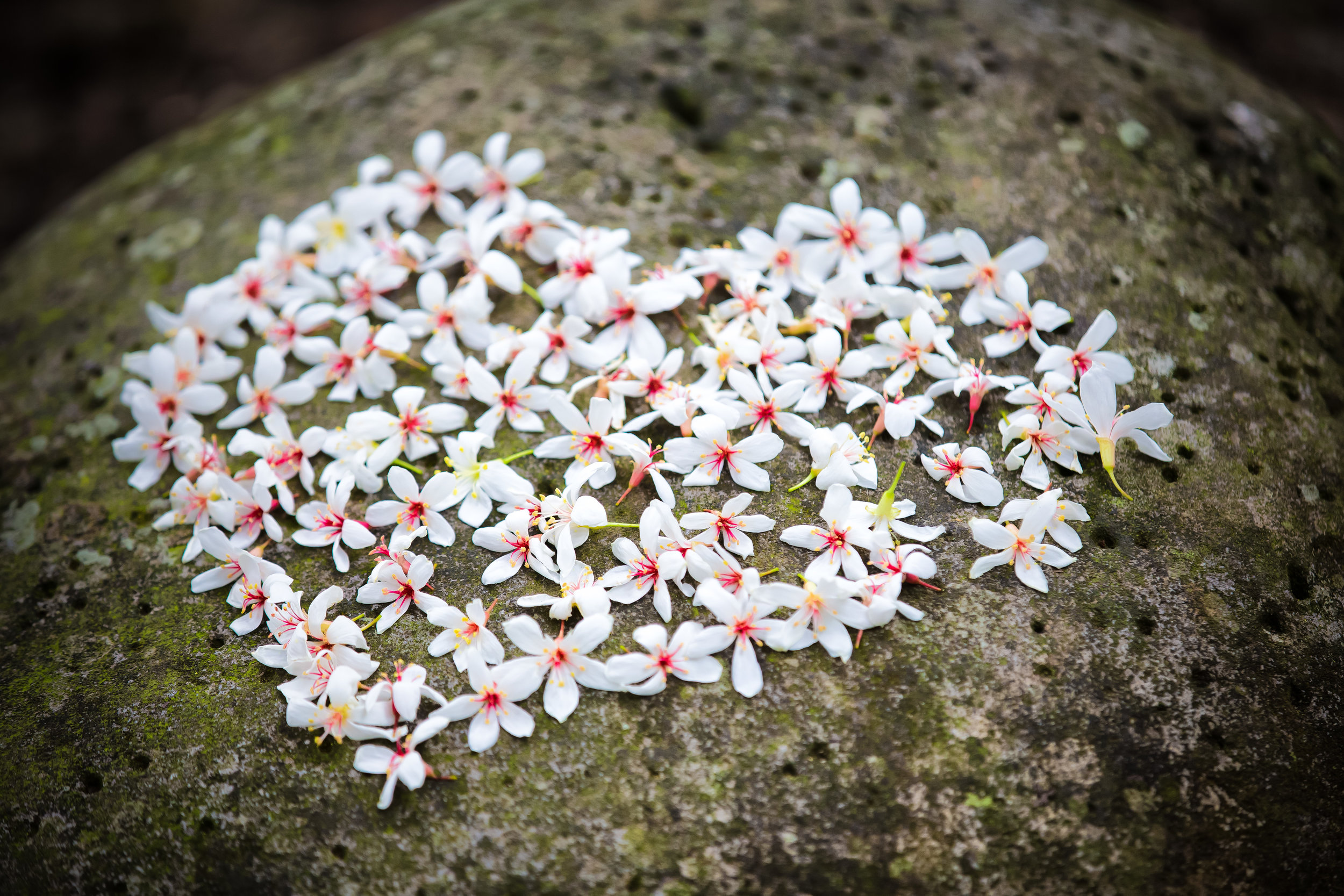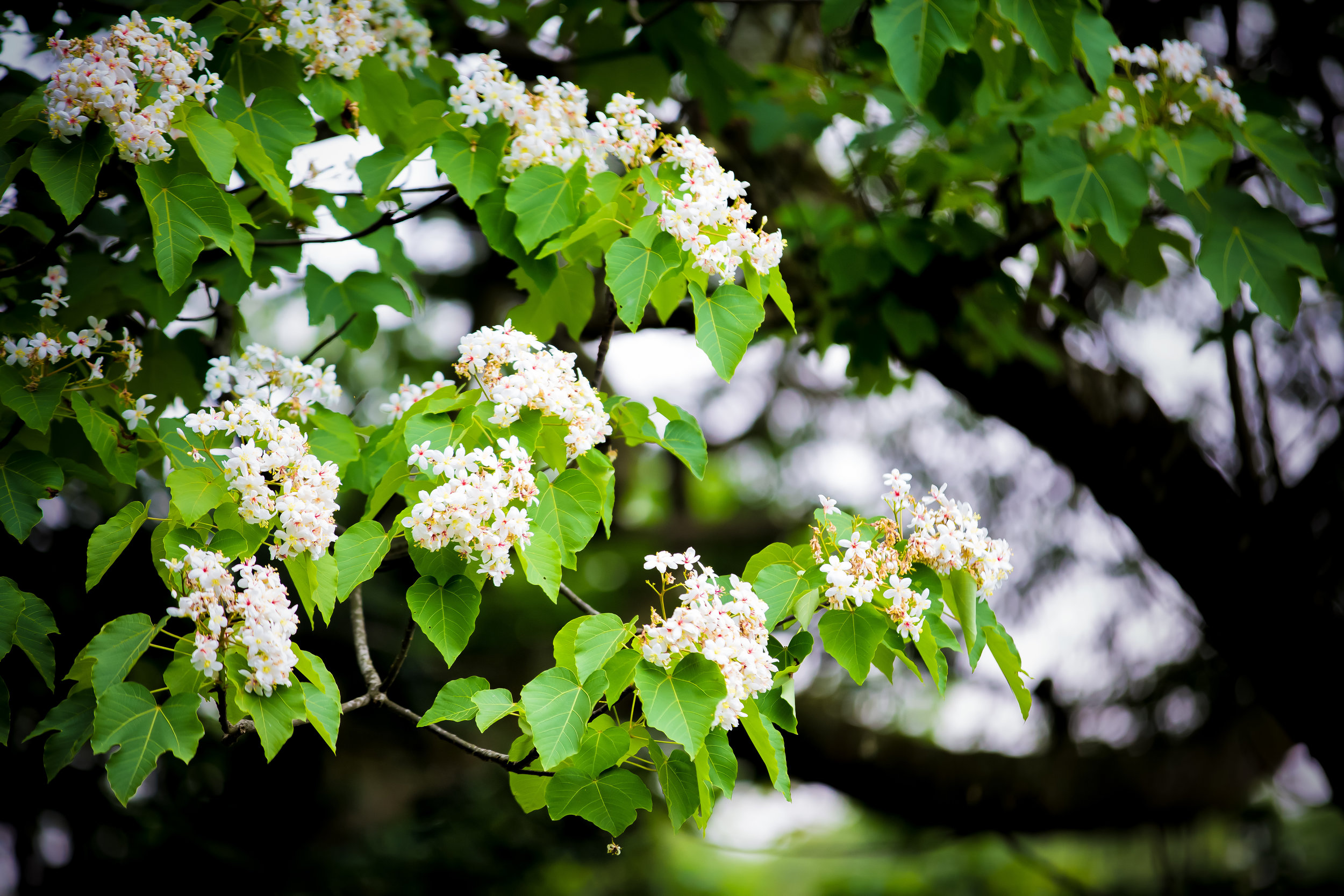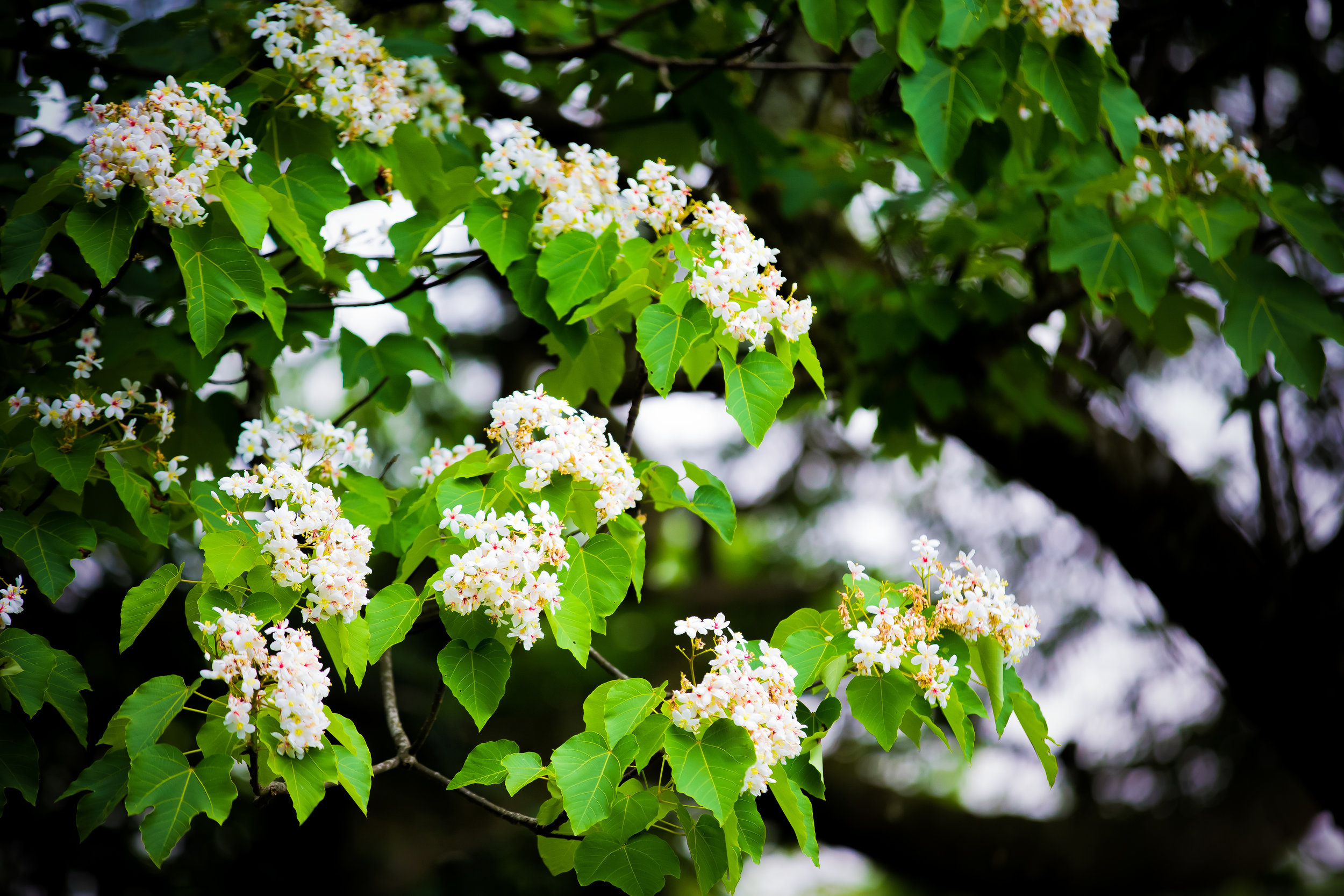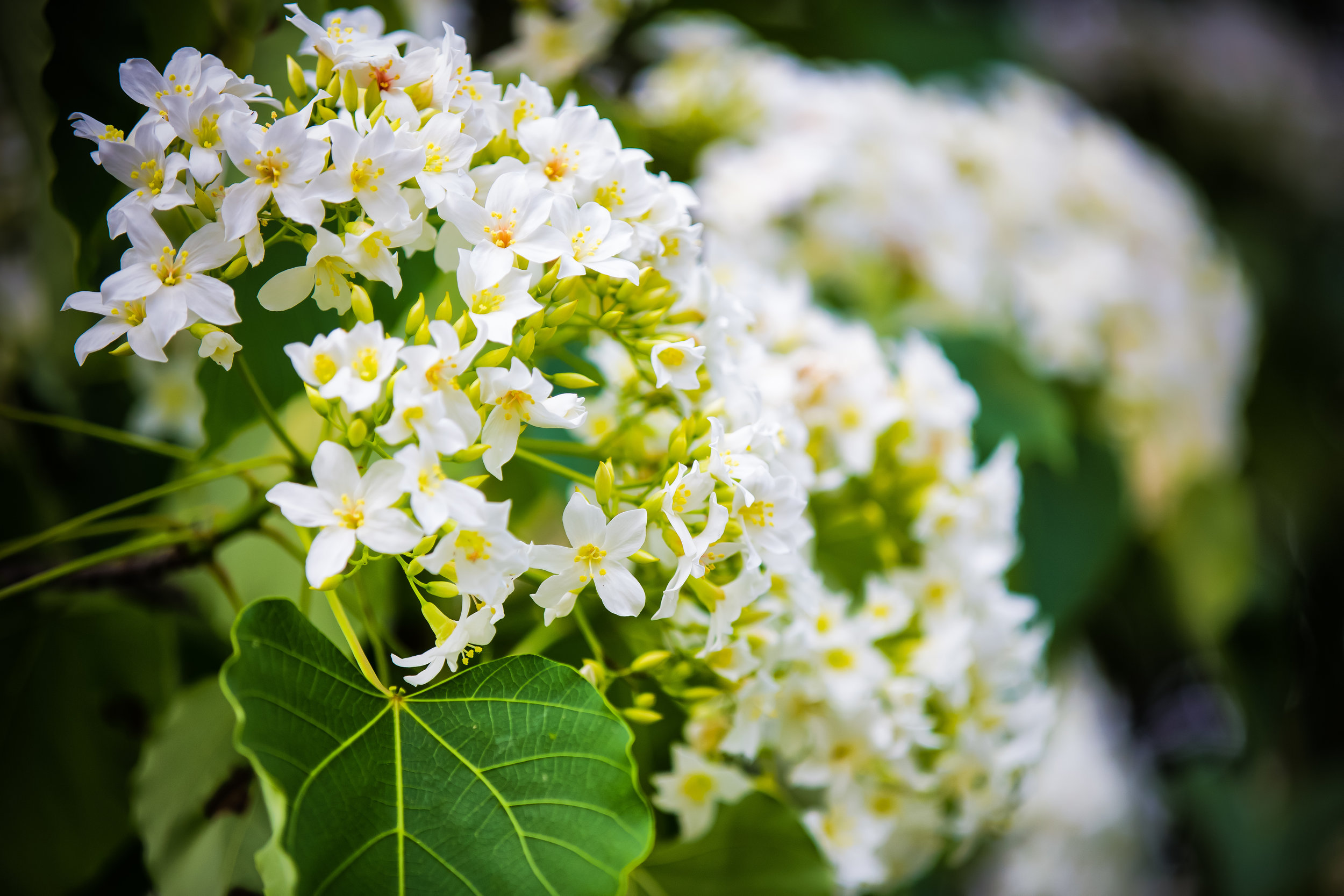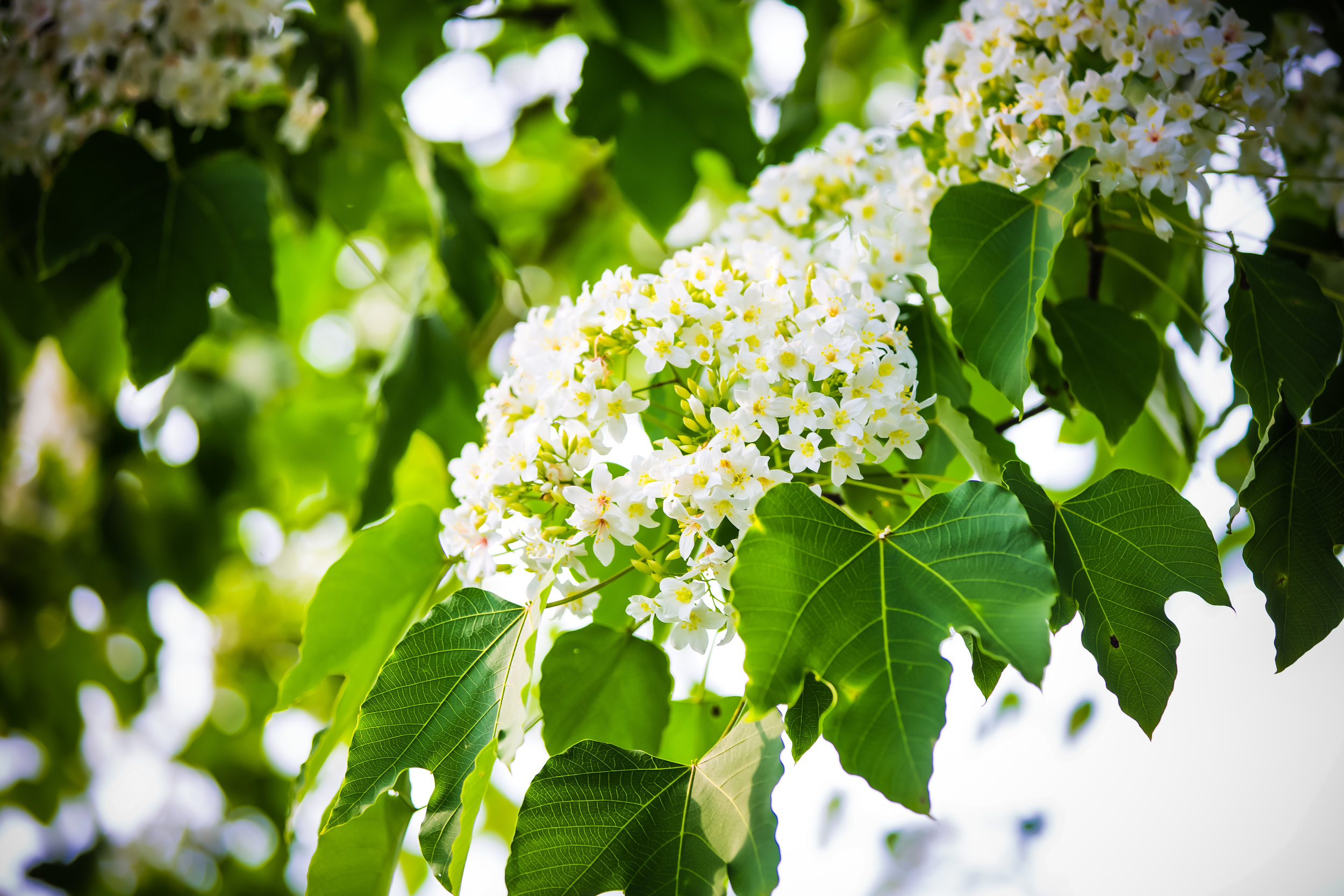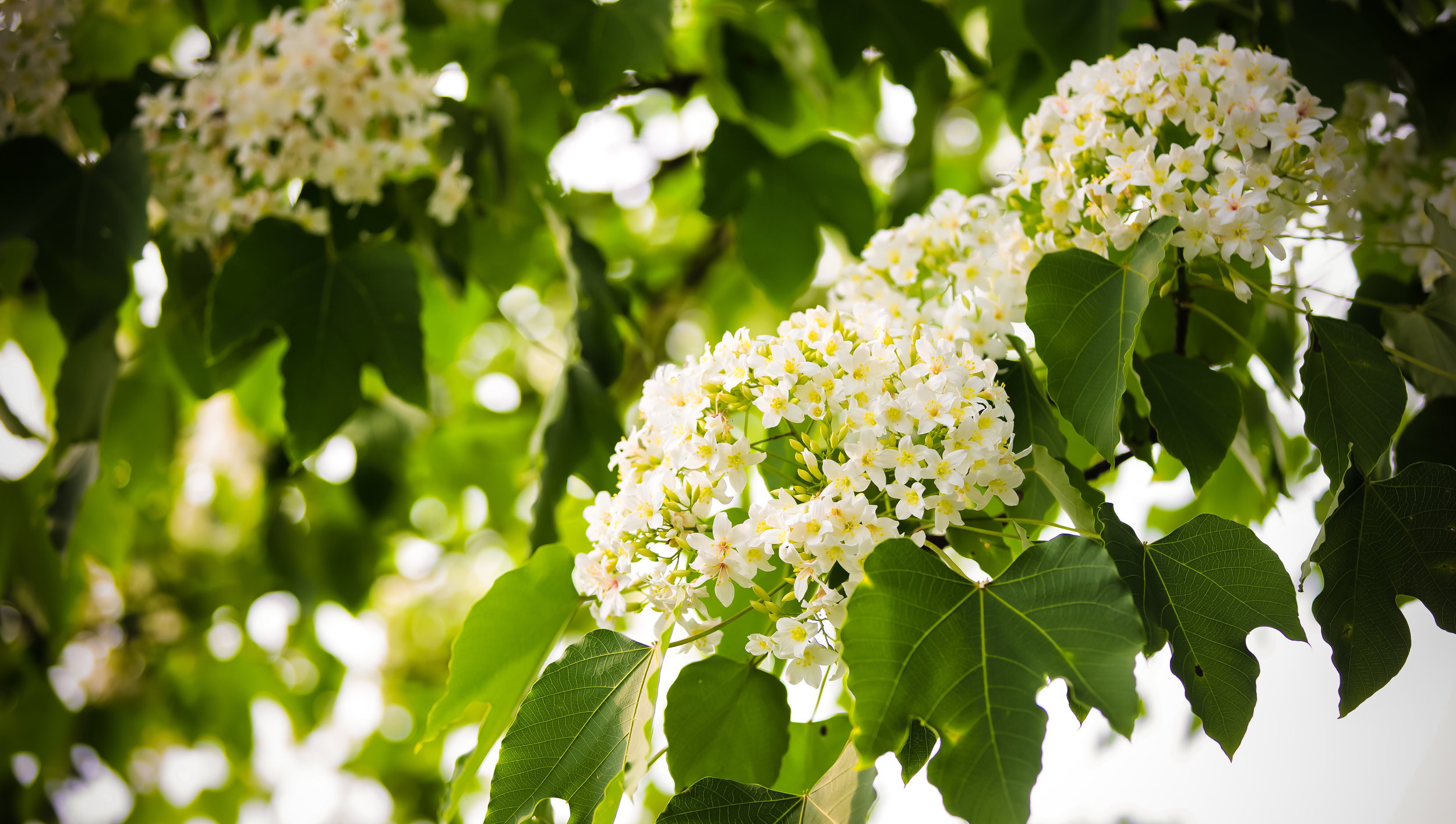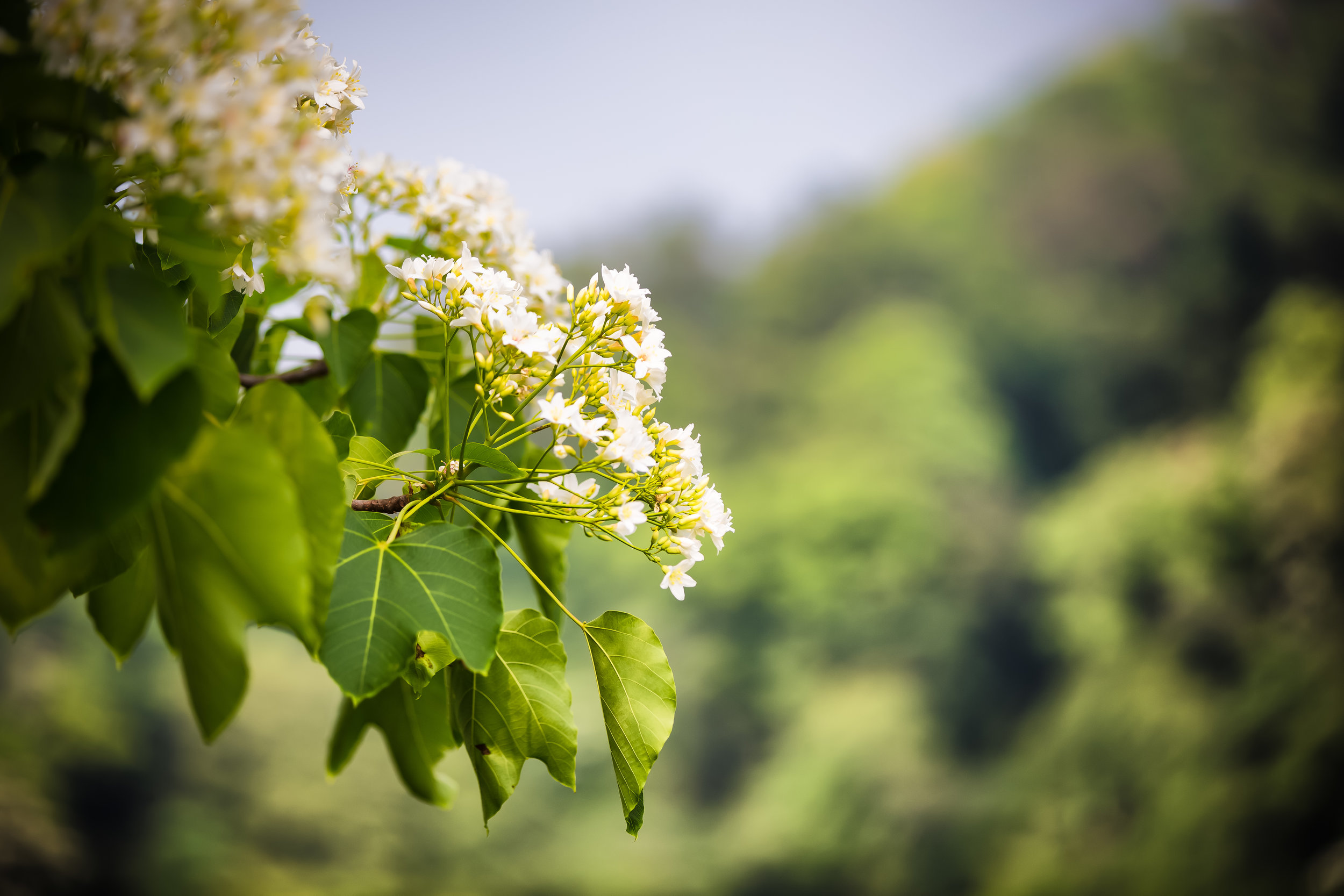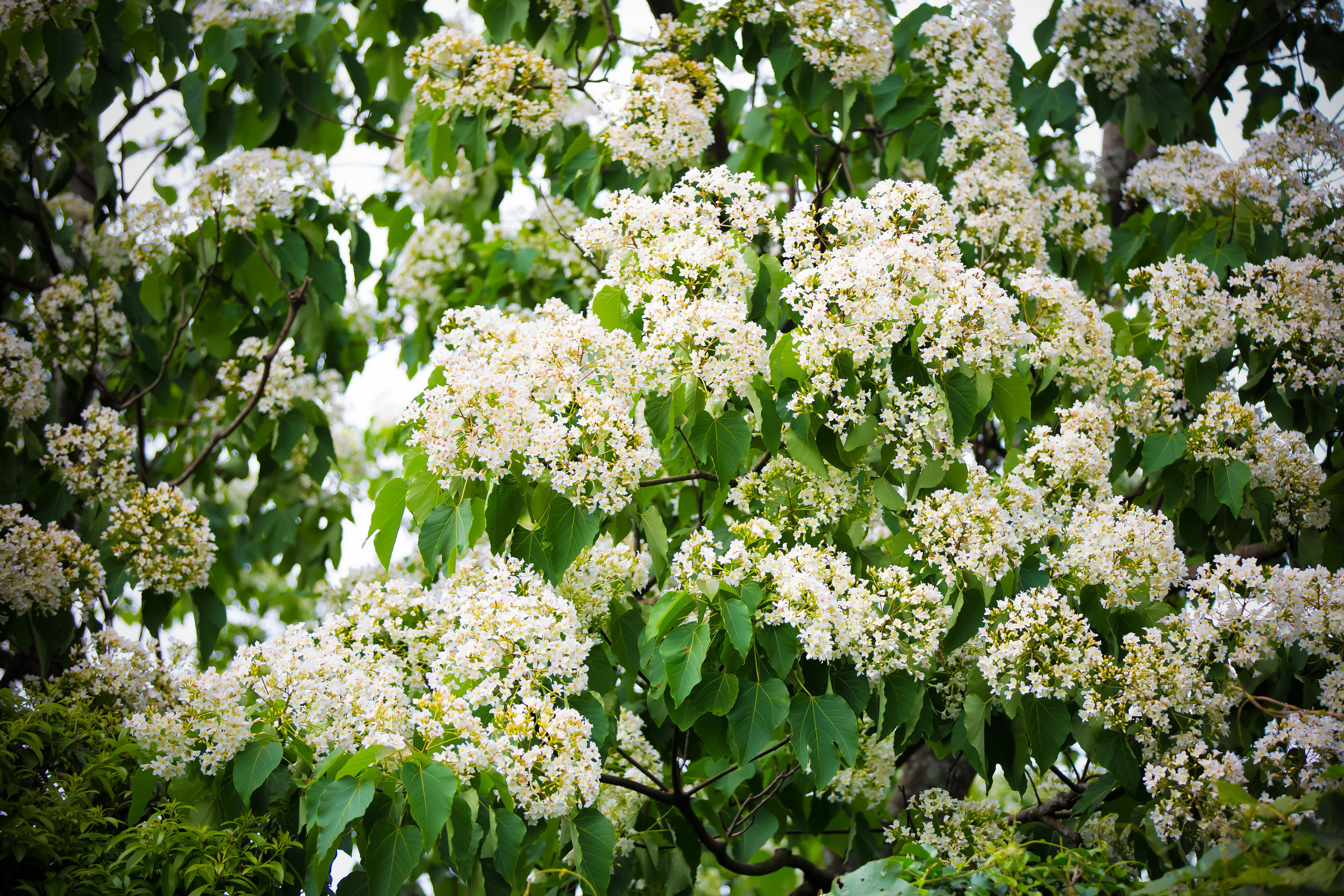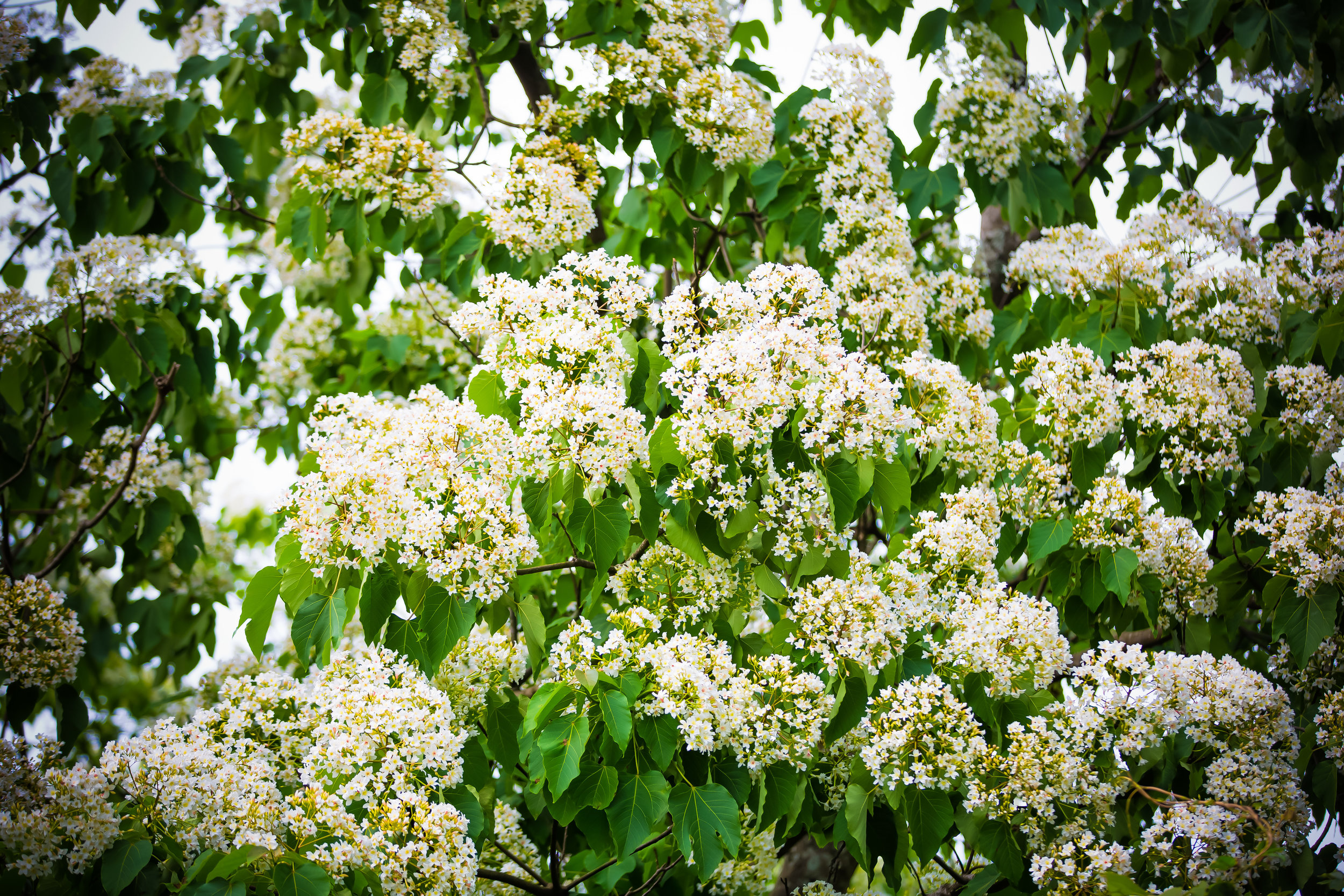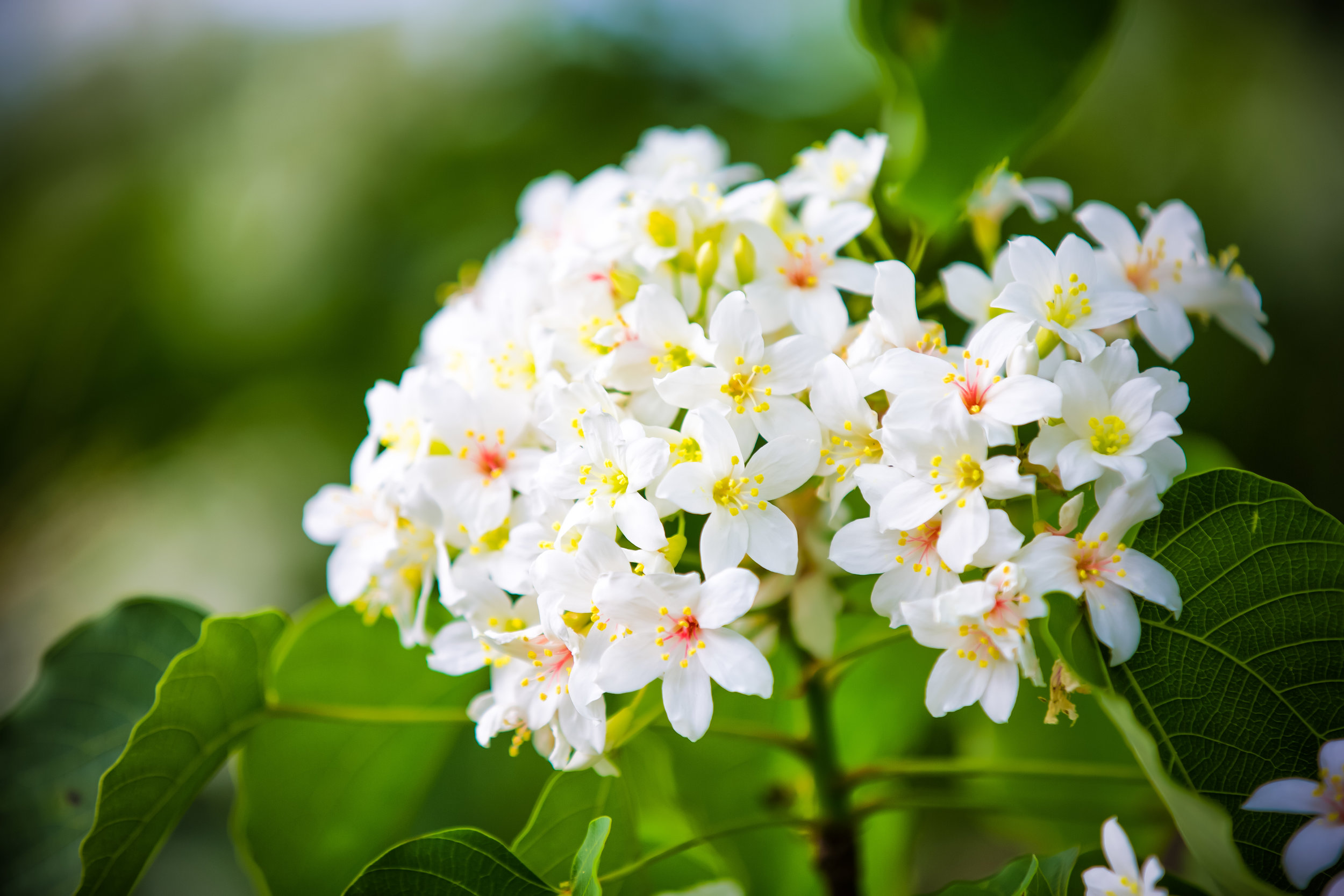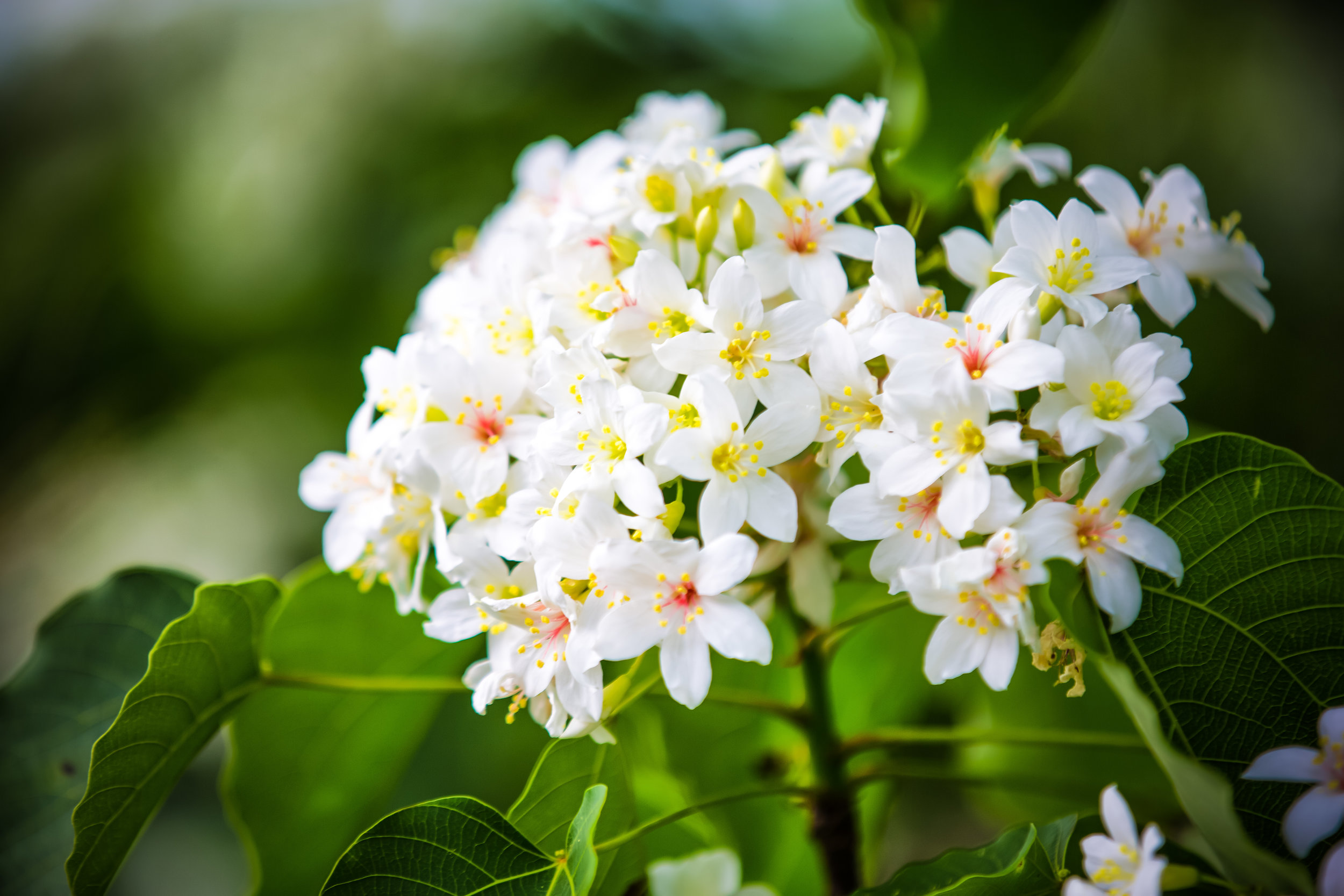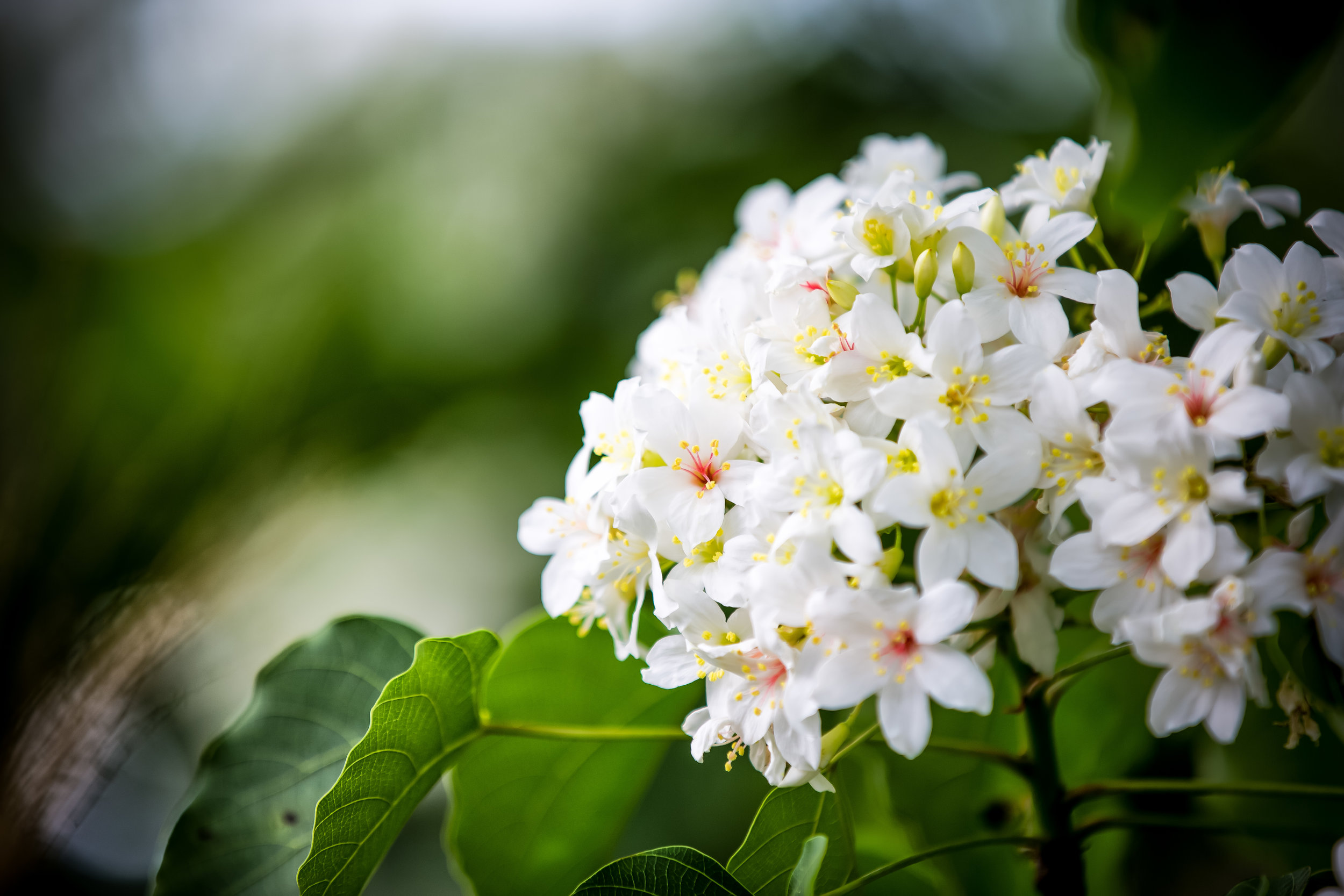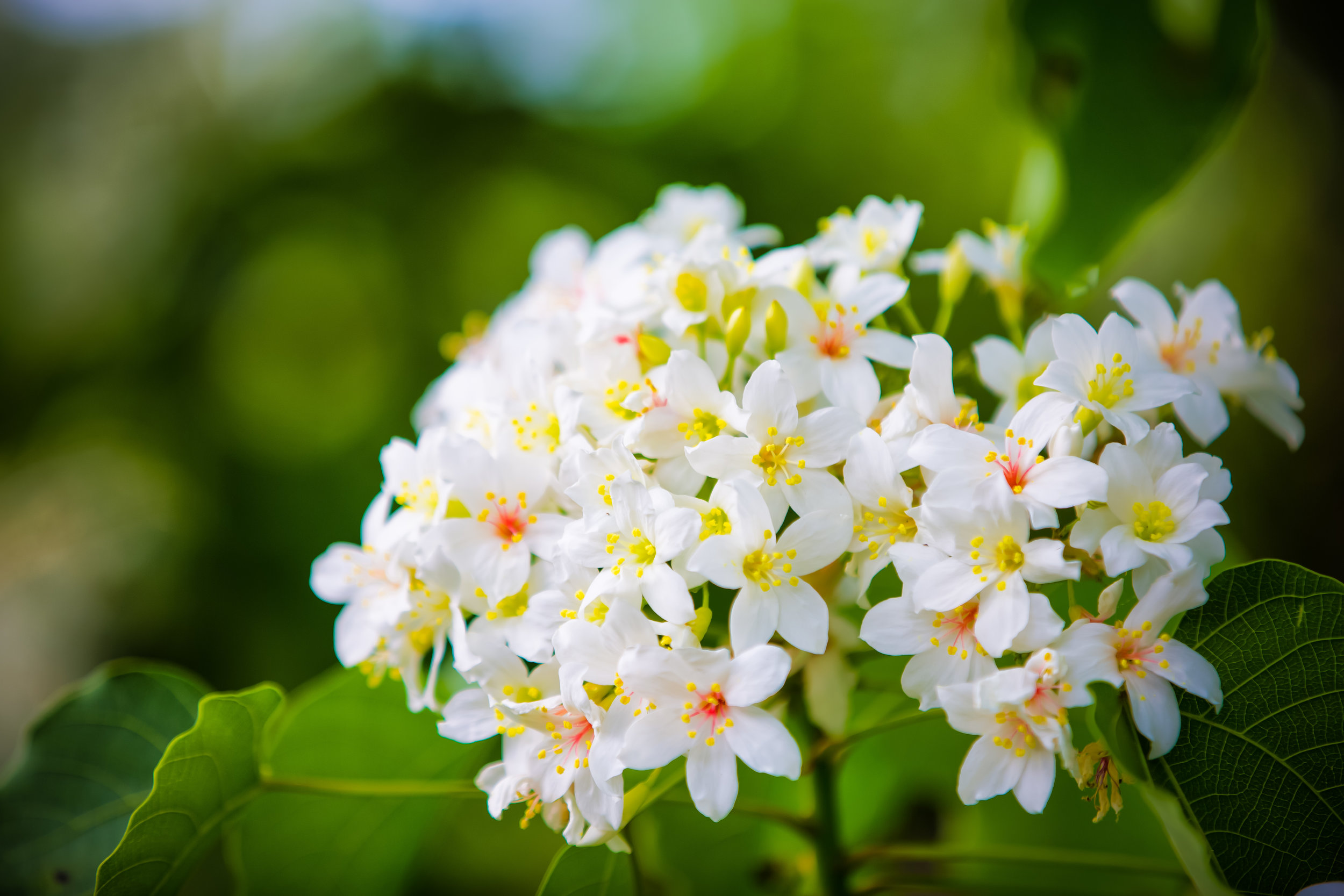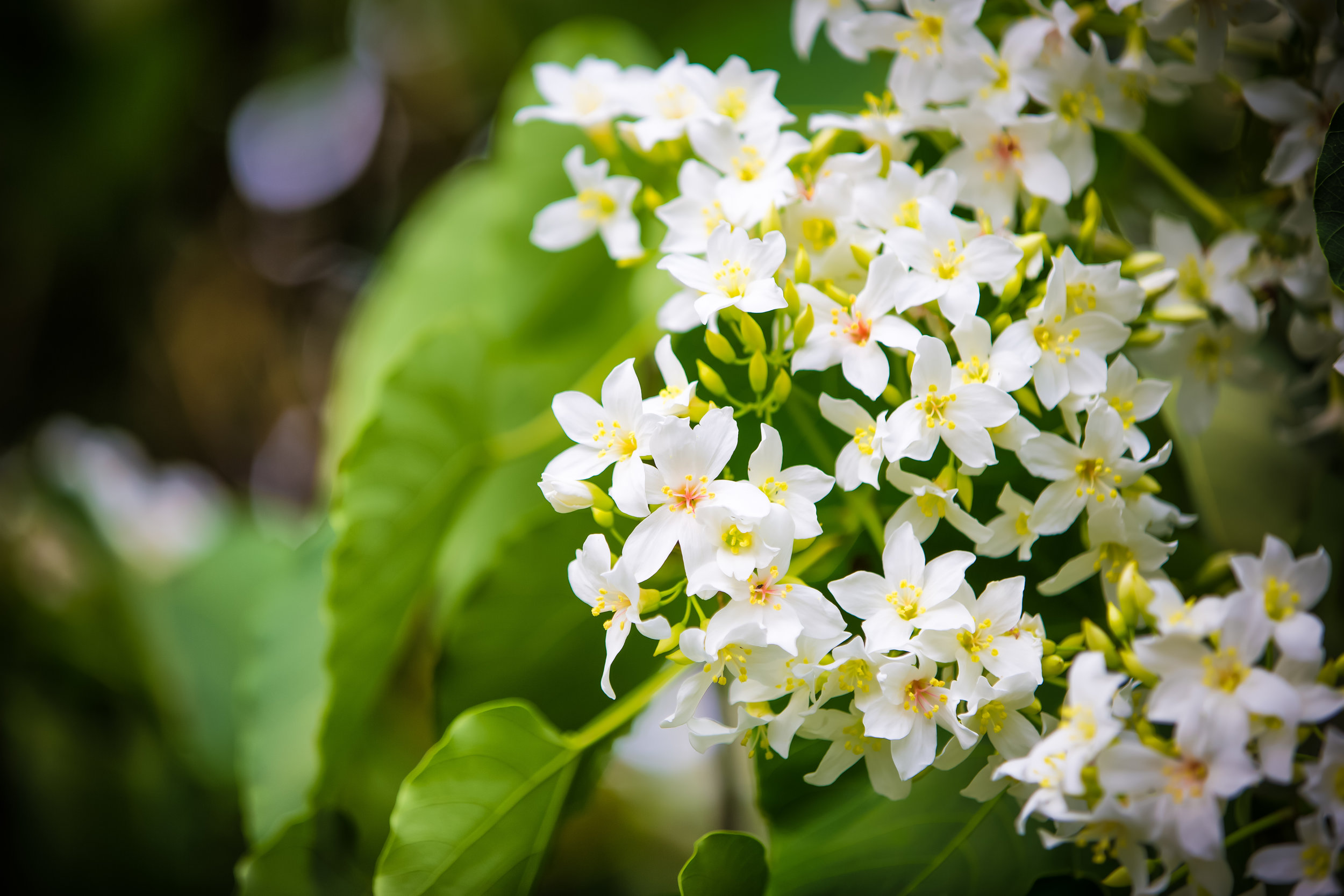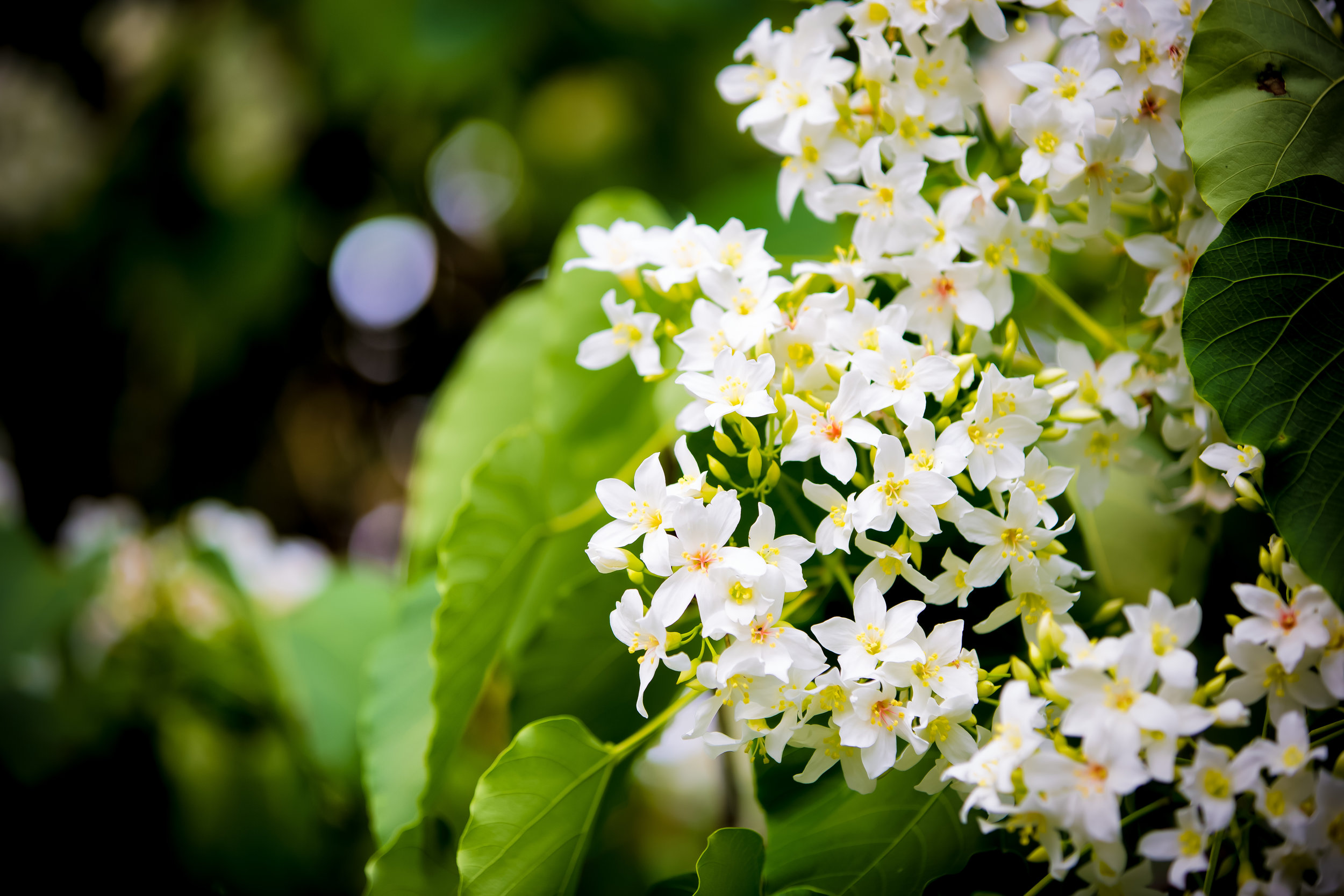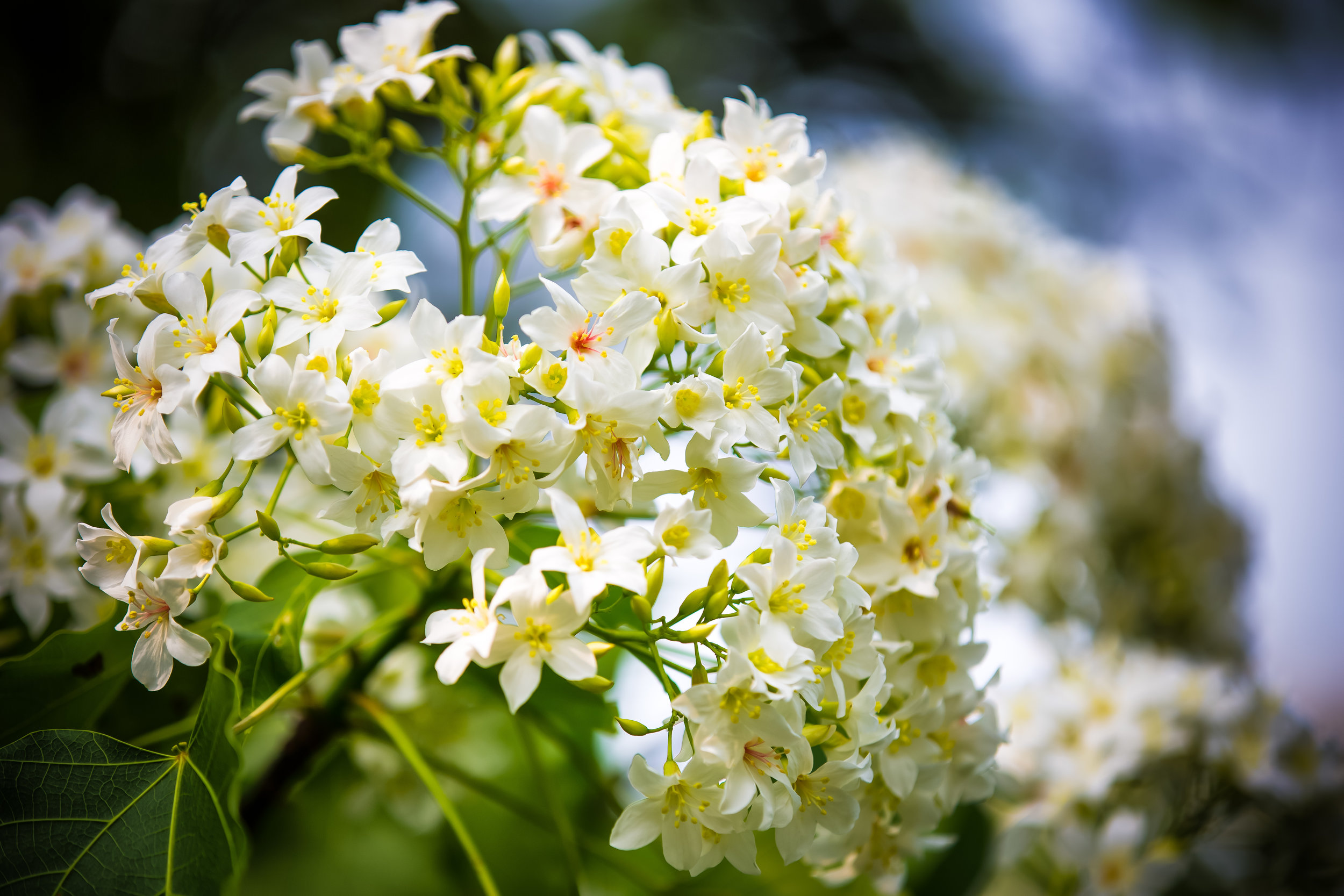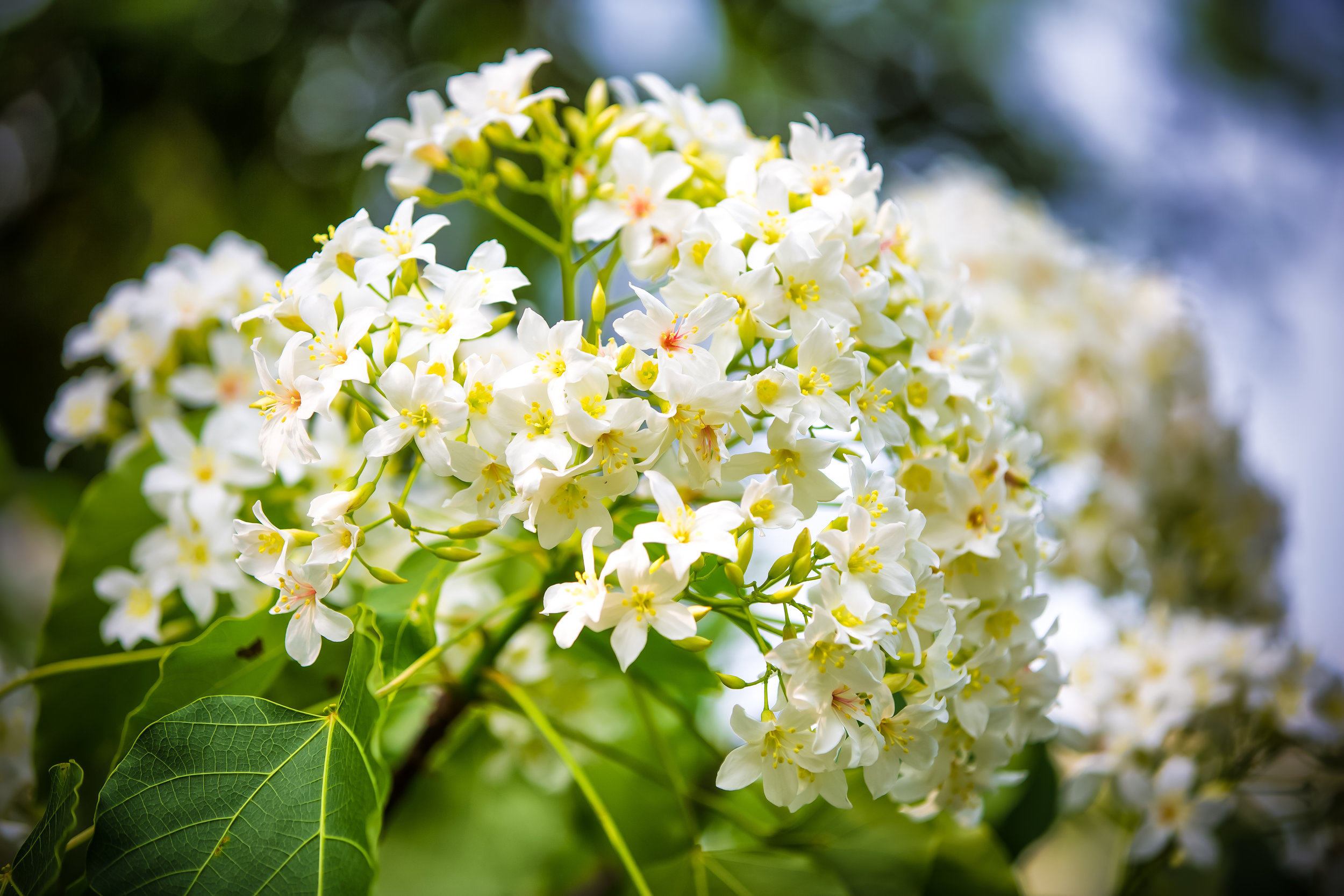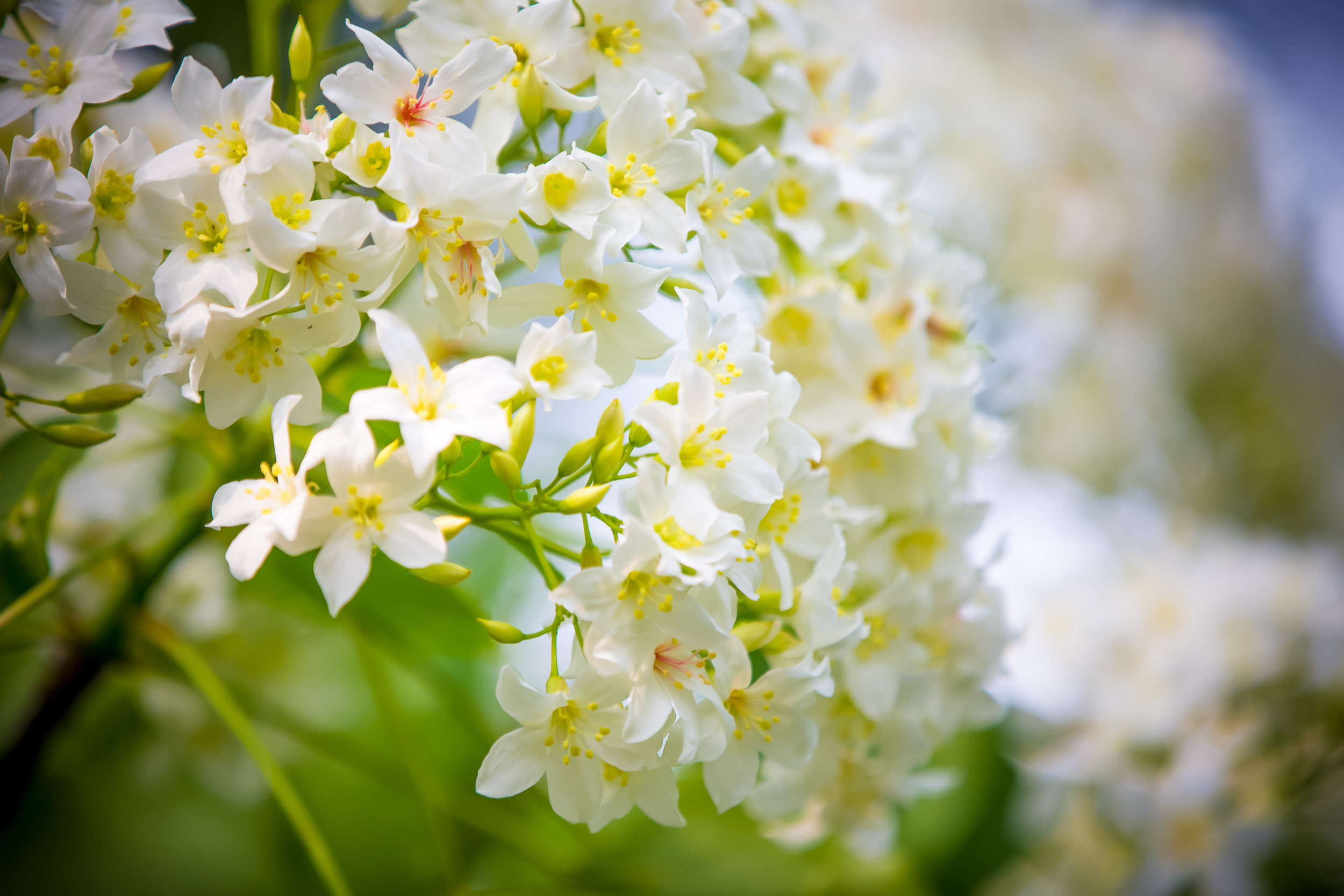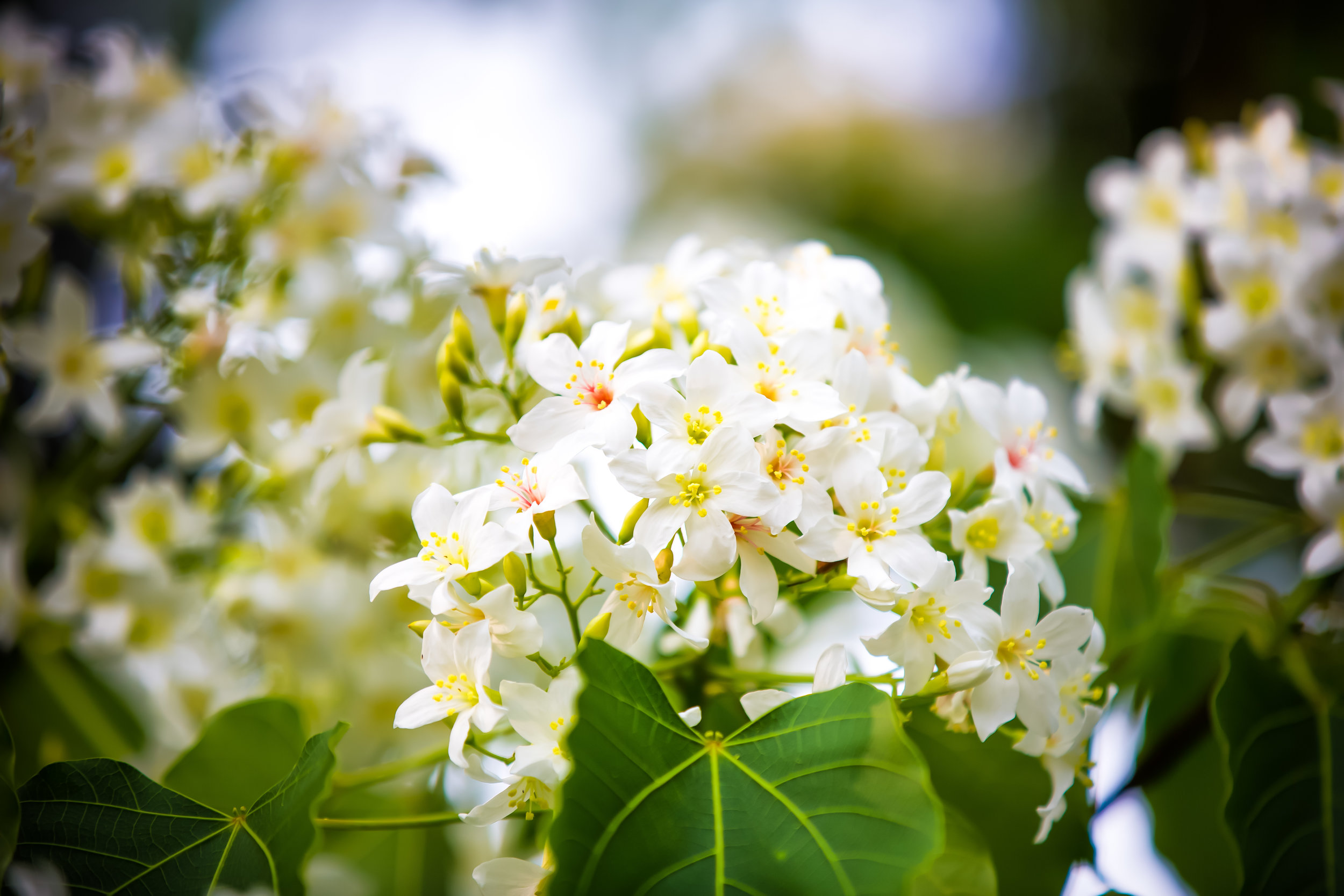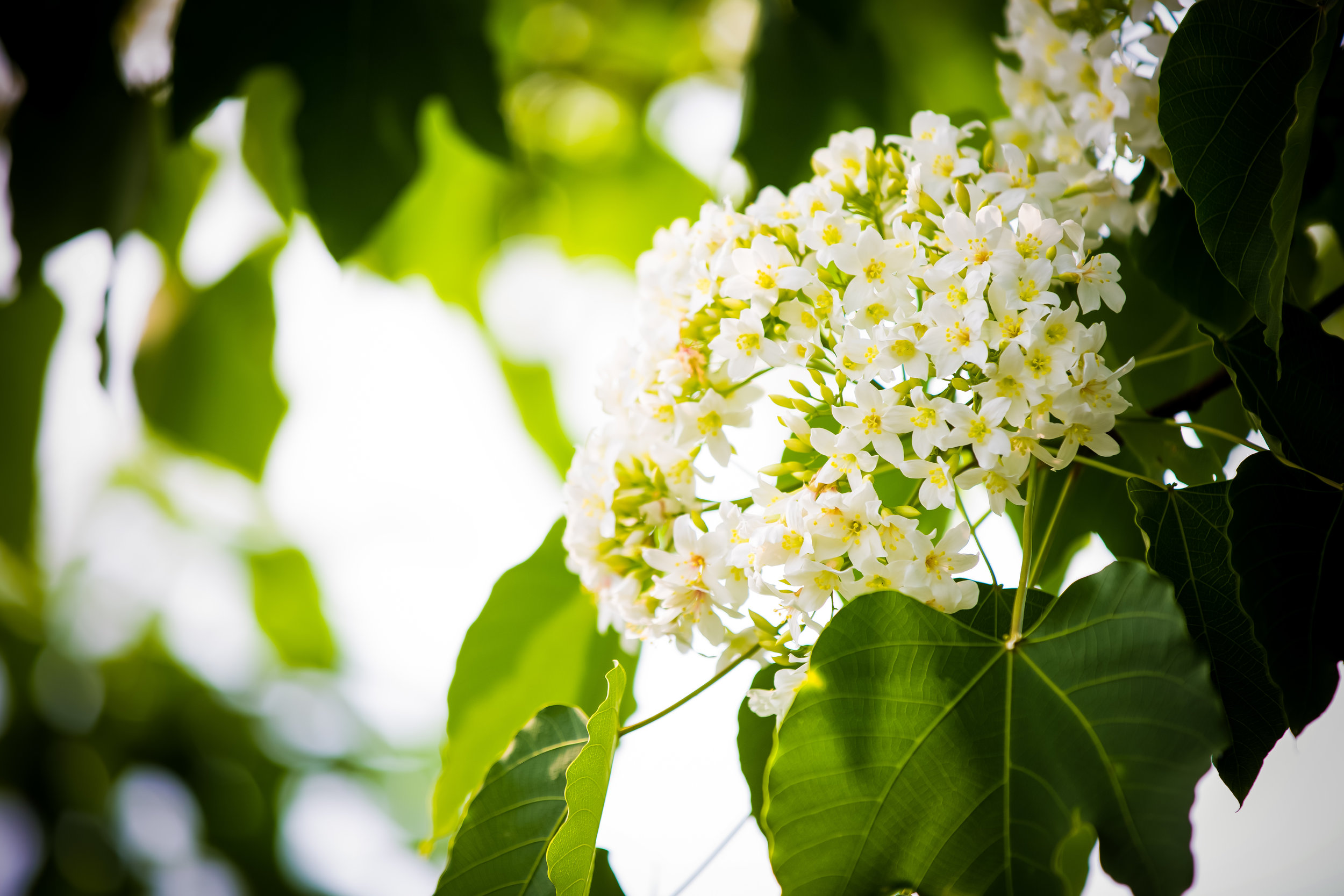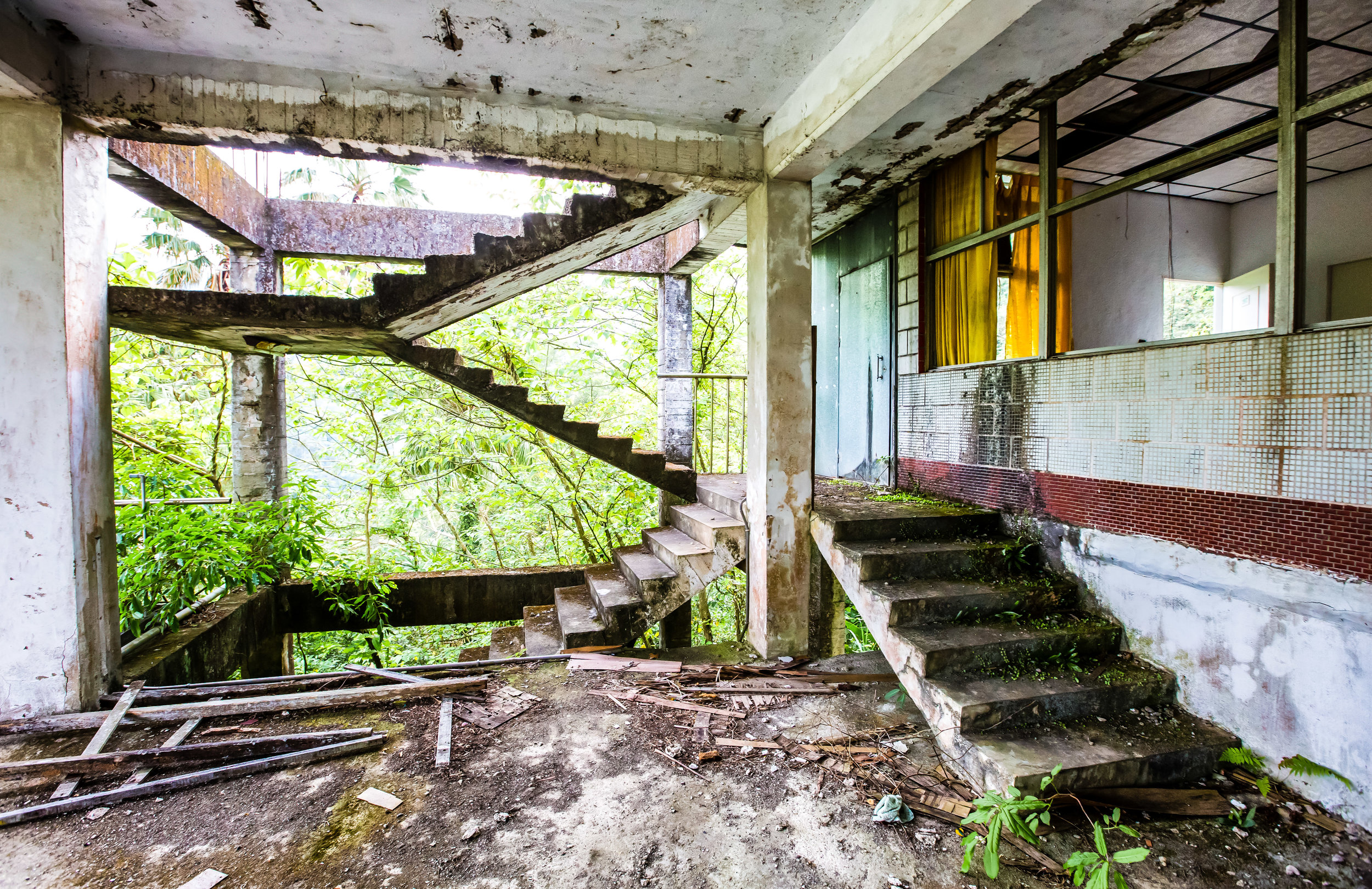This post is going to serve as an introduction to a long-planned three part series on a culturally and historically significant section of Zhongli - the city I’ve called home for the past decade. The posts are going to focus on different aspects of the area, which in a lot of ways is unlike almost any other in Taiwan.
With this post I intent to introduce the complex history of the area with some photos of the neighbourhood and some of its residents. The second part will be about the historic Longgang Mosque (龍岡清真寺) and finally Mazu Art Village (馬祖新村), a beautifully restored Military Village that has now become a tourist attraction and an art space for the youth of Taiwan.
Culturally-speaking, when people think about Zhongli, what comes to mind is that the city prides itself on being the “Hakka Capital of Taiwan.” - The city is certainly home to a predominately ethnic Hakka population and you don’t have to look far to see evidence of that.
What may surprise you however is that Zhongli is also home to a large ethnic Yunnanese-Burmese community who brought with them not only their culture, but their cuisine and have in the process made Zhongli a much more vibrant city because of it!
To explain the history of Longgang, I’m going to have to delve into a bit of a largely forgotten backstory of events that took place in the years after the Chinese Nationalists fled to Taiwan.
The story is one that isn’t often told in history books and is one that the Taiwanese government would probably rather forget, but what happened was extremely significant to the people who make Longgang the special place that it is.
Taiwan became a ‘home away from home’ for a few million refugees when the Nationalist government in Nanjing orchestrated a mass retreat from Mainland China between 1948 and 1949.
The government at the time would explain that the retreat was just a minor set back and fleeing to Taiwan was necessary in order for the armed forces to regroup and retake China from the Communists.
One of the lesser known stories that not a lot of people learn about in history books is that in 1949 when the Kuomintang fled to Taiwan with two million refugees, several hundred thousand military personnel and most of China’s gold reserves and treasure, they ended up leaving quite a few people behind who were forced to fend for themselves.
For those left behind a choice had to be made as to whether they’d simply just lay down their arms or keep up the struggle against the communists. Faced with a lack or funds, resources or leadership, quite a few of them laid down their arms and started familiarizing with the new reality of living in the People’s Republic of China.
Others however formed pockets of resistance and continued fighting the Communists until there was no other option but to surrender.
The KMT in Burma
One of those pockets of resistance was in the Sino-Burmese region of China’s Yunnan Province (雲南省) where the Yunnan Anti-Communist Salvation Army (雲南反共救國軍) kept the fight alive several years after the large-scale retreat to Taiwan.
In 1949, shortly after the formal establishment of the People’s Republic of China in Beijing, the People’s Liberation Army entered Yunnan Province to assume territorial control of China’s southern border. In response to the arrival of the massive army, the small resistance force under the leadership of General Li Mi (李彌) escaped into Burma and set up shop near the border in order to lead incursions into China.
Shortly after the People’s Liberation Army took control of Yunnan Province, people loyal to the Republic of China started to flee across the border as refugees and joined up with the KMT forces there. The fighting force swelled from around 1,500 to the tens of thousands allowing them to become somewhat of a serious threat to the People’s Liberation Army as well as to the newly independent nation of Burma, which was seeking to enforce control over its sovereign territory.
The KMT forces strategically set up shop in Burma’s north-eastern region in an area between Kentung (ကျိုင်းတုံ) and Tachilek (တာချီလိတ်မြို့). The area was significant because it was not only close to the Chinese border but also the border with Thailand and a safe distance from Yangon, the capital of Burma.
Once set up in Burma, the group started to receive support from not only the KMT in Taiwan but also the Thai government and the American CIA which helped to ensure its survival. The army however ensured its self-sufficiency thanks to its production and control of the opium trade in the region.
In 1951, a relatively successful offensive was launched by the army into Yunnan province with a 10,000 strong force but after less than a month they were forced to retreat back into Burma by the much larger PLA. The army tried again on two separate occasions to invade China but were repelled both times and suffered heavy losses.
After several military failures the army decided not to bother attempting an invasion again and instead would permanently entrench itself along the border region, continue its involvement in the opium trade and gather intelligence for not only the KMT but for the CIA.
By 1953, after several failed attempts to vacate the army from Burmese territory by force, the Burmese government had enough and appealed to the United Nations to force the government in Taipei to withdraw its troops from the region.
With international pressure on Taipei mounting, the issue also became an embarrassment for the United States which was complicit in offering support to the troops. Washington decided that enough was enough and put even more pressure on Taipei to leave the area. The KMT was otherwise uninterested in the idea of losing its strategic control over the region but without the support of the US and Thailand they were forced to withdraw.
In 1954, General Li Mi announced that the army was to be dissolved and evacuations commenced with an estimated 7000 troops and their dependents left Burma and were flown to Taiwan via Chiang-Rai in Thailand.
The Burmese government however insisted that the evacuations were nothing more than a charade and that when all was said and done, the majority of the fighting force remained in the country and the only people that left were women, children and those too old to fight.
In truth despite international pressure and instructions from Washington, the KMT left a force of around 6000 troops in the region and they continued their illegal occupation despite the protests of the Burmese government.
The government in Taiwan responded that the ‘guerrillas’ who remained were beyond its control and were ‘rogues’ acting independently to continue their role in the Opium trade.
Fighting between the two sides lasted for the next seven years until the Burmese army got the proof it needed when it shot down a plane carrying supplies for the army. The wreckage was damning proof that of the KMT's lies and their continued involvement in the destabilization of the region.
The diplomatic crisis that ensued was nothing short of a complete embarrassment for Taipei and resulted in the KMT finally agreeing to evacuate the remaining guerrillas and their dependents.
Article: In Taiwan, the legacy of the KMT’s Burma retreat
Article: Taipei’s Little Burma and the Legacy of the KMT ‘Jungle Generals’
Upon arrival in Taiwan, the staunchly loyal KMT supporters were sent to a few different locations around the island. The most well-known of those today is probably Taipei’s Little Burma (華新街) near Nanshijiao (南勢角) where locals as well as expats often visit for a taste of Yunnan and South-East Asian cuisine. The majority however were brought to Zhongli where there was already a large military presence that could easily integrate the new arrivals.
Culturally speaking, Yunnan is a special place in China that has a very high level of ethnic diversity. In the case of those who fled to Taiwan from Yunnan-Burma, a large majority were ethnic Hui people (回族) or as the Burmese referred to them: “Panthays” (ပန်းသေးလူမျိုး / 潘泰) which more or less meant Chinese Muslims.
Its important to note that the “Hui” people are not necessarily an ethnic minority, but are China’s way of classifying people of the Muslim faith. Islam in Chinese is “Hui-Jiao” (回教) and therefore Muslims are known as “Hui” (回族) people.
The “Hui” people of Yunnan have a long history of integration and moving back and forth between Yunnan and Burma and are quite close culturally with the Burmese. So close actually that it is difficult to classify them as a distinct group anymore.
They are considerably much better off today than the Rohingya Muslim population of Burma which has been denied citizenship and persecuted by the government forcing an exodus of almost a million people and international condemnation of the Burmese government.
This is why you’ll not only find Muslims and a beautiful mosque in Longgang but also delicious food from Yunnan and the rest of South East Asia!
Longgang (龍岡)
While not officially a district of Zhongli, locals often refer to “Longgang” as the area that surrounds the several military bases and training centres belonging to the Republic of China Armed Forces bordering Ping Chen (平鎮區) and Daxi (大溪區) districts.
Considering that the area has been predominately occupied by the military for the last seven decades it has a distinctly different cultural vibe with an urban planning design completely different than the rest of Zhongli.
The reason for this is actually quite simple - The Hakka people who live in Zhongli have been here and have helped to develop the city for hundreds of years make up what is the downtown core and dominating cultural affairs. The Hakka’s are considered “locals” (本省人) while the community of “Mainlanders” (外省人) who live in Longgang were transplants that were considered “different” in culture and language.
Suffice to say, both sides have often been at odds with each other over the years.
Even though the military area was established much earlier by other Chinese refugees, the sudden influx of the resistance army and their dependents created a massive shift in its make up.
Initially a hodge-podge of people hailing from various regions of China, the sudden influx of the resistance army and their dependents - who all hailed from Yunnan Province (雲南省) and Burma (Myanmar) - completely changed the cultural dynamic.
This means that if you’re a fan of South East Asian Cuisine, you’ve come to the right place as you can find a mixture of Yunnanese and various South East Asian cuisines.
As the military presence in the area has declined over the years and the population has aged, the area has lost a bit of its historic appeal. Many of the original military villages that were constructed to house the refugees have in recent years been torn down and alternative modern public housing has been offered.
An unfortunate aspect of the aging of the population is that the culture, language and cuisine of the Yunnan people was starting to become as ‘rundown’ as the neighbourhood around it. Making things worse the younger generation (which was born here in Taiwan) chose to move to other areas of the country for better opportunities leaving the community full of retirees.
Thankfully the Taoyuan City Government has taken the initiative to preserve and promote the area and its distinct culture - Over the past few years the local government and has done a considerable job redeveloping and restoring the area focusing not only on beautification and improving infratructure but promoting the culture through annual cultural festivals.
Longgang is also an important place for South-East Asians who come to Taiwan to work to congregate with each other, worship in the mosque or the churches and also enjoy cuisine from home. The area is home not only to Yunnanese-Burmese food but also many Thai, Vietnamese, Indonesian, Filipino and Indian restaurants that serve up delicious food.
While most people in Taiwan may be somewhat unaware of Longgang’s history, one thing that they’re likely to know is that the area is famous for a specific dish.
Longgang’s claim-to-fame is its storied rice noodle dish which has become so popular that the Taoyuan City Government has started to organize the yearly “Longgang Rice Noodle Festival” (龍岡米干節) in its honour. The festival celebrates the dish that has become synonymous with the area but also the culture of the people who brought it with them with performances and cultural activities.
Now that the local government has done such a great job redeveloping the area, making the roads wider (and safer) and promoting it as a tourist destination it has become a popular weekend stop. In my first decade of living in Taiwan I can honestly say that I spent very little time in the area, but over the past year or two I’ve come to love learning about its history and also enjoy visiting for delicious South-East Asian food!
It’s often said that there isn’t much to see or do in Taoyuan but the area is becoming more and more attractive both as a place to live and as a tourist destination.
Longgang is one of those places that you’ll want to visit not just for some great food but also a history lesson!
Gallery
